This time I went to Atami. This town is known as a resort around its Onsen (hot thermal springs), but they were not my reason for the trip. I made this trip during the Golden Week. The Golden Week in Japan is a week full of holidays, so many Japanese take holidays for the bridge days.
They then travel around within Japan themselves, or visit relatives. This year the Golden Week is especially good for 3 reasons. On the one hand the tenno Akihito resigned and on May 1st the new tenno took over the office (from the era (government devise) “Heisei” now into the era “Reiwa”), therefore this year is also a holiday, on the other hand on two holiday laws. One says that a holiday on a Sunday must be made up as a work-free Monday, and the other says that a working day surrounded by two holidays must also be work-free. Therefore, this time, there are 10 free days in a row^^ Unfortunately, it was pretty rainy and/or the weather could not be predicted very well, for whatever reason.
In the morning I took the regional train to Atami which took one hour. From the train station I walked up the mountain and somehow reached my first destination, the Museum of Art (MOA). However, the it was beautiful summer weather. But unfortunately it was already humid and I was climbing up a mountain…. Including side effects. In the museum I could finally cool down a little. The entrance fee is (rarely) reduced for students. On the whole I have to say that I was disappointed by the museum again, a big building but hardly any content…….. But the first (apparently temporary) exhibition about the famous Japanese painter Katsushika Hokusai, who probably lived from 1760 to 1849, pleased me very much. He is also famous in the rest of the world because of the woodblock prints of the series “36 Views of Mount Fuji”, including “The Great Wave of Kanagawa”, which most people outside probably associate with Japan, even if the artist himself is not known. Here simply again some pictures of the exhibition, including the big wave.
After that I made my way to the Kinomiya shrine. This shrine has a overregional fame and is over 1300 years old. On the site there is also a more than 2000 years old, 24 m thick tree called “Okusu”, which is considered sacred. But this does not prevent the Japanese from standing around it and posing for photos in many ways. I actually wanted to take a photo after looking at the shrine, but I escaped through a side entrance before and then forgot… There were just too many people on this small shrine area. I also didn’t queue up just to get closer to the shrine. It was a tactical mistake on the day the new emperor took office to go to this shrine during the golden week. My mistake…. Therefore only few pictures of it, but from on the way I also show pictures to give an impression of Atami.
My next destination was the Kiunkaku, a historic building which was originally a villa, then a Ryokan (Japanese hostel) and is now in public hands and accessible. In the following I have simply put the text of the tourism department of the city of Atami: „After the First World War in 1918, as Japan was outside the range of the war, exports of Japanese merchandise increased and boosted the economy. At that time, the Imperial Family had a villa in the area. For this reason, many influential people visited Atami setting up holiday homes. Kiunkaku is one such villa, built by Nobuya Uchida who made a fortune in shipbuilding. Built in 1919, it then changed hands in 1947 and became an inn. Until 1999 it was a well-known inn in Atami among a number of celebrities and famous authors who composed many works there. From 1907, a steam locomotive ran from Atami to Odawara, and in 1934 the Tanna tunnel opened allowing greater transportation access, indeed one of the reasons that people would frequently gather in Atami. Traditional Japanese-style architecture and walls of the building reflect traditional colours that are often used in Japanese paintings and kimono, here you can feel the beauty of Japan. The annex is built in a European design and incorporates many other cultures for a gorgeous look. For example, Chinese-style sculptures, Arabesque patterns seen along the Silk Road, architectural structures seen in Japanese shrines and temples, and many other types of luxurious cultural styles are skilfully used. The city has adopted a traditional Japanese-style lush green Japanese garden to the extent of not feeling like one is in the city at all. In the garden visitors can enjoy the beauty of Japan’s four seasons, cherry, plum and autumn foliage. During the times when the building was an inn, it had a bar, which has now become a tearoom reminiscent of olden times. Contemplate its history, relax and enjoy the beauty of the gardens.“ Nothing more to add, except that I liked it very much. Many pictures of me..
The last thing I did was to check out the castle in Atami, so I kept walking there. However, I somehow took the wrong route directly to the cable car, so I decided not to look any further. I also didn’t want to go back to the station and return so late. So I took the cable car, which was a rather short way to the summit. In short the castle Atami is so disappointing. From the outside it was rebuilt in the old style, but from the inside everything was modern. The entrance was with 1000 Yen also the highest I had to pay for a castle so far, but was more or less wasted. It could have been cheaper in combination with entrance fees for the trick art museum, but I had no interest in that. In the castle itself some armour and Katana’s were presented on the ground floor, in the basement was a play zone, and on the other levels a little match castle replica, rebus riddles from the Edo period, but all in Japanese, a small erotic art exhibition (over 18) and the viewing platform. The view is indeed beautiful, but during my visit it was only hazy and a little bit rainy. I could have visited an erotic/sex museum at the cable car station on the mountain, but I haven’t and then walked back to the station. Before that I had to wait a long time until I could use the cable car, because most of the Japanese fled from the rain again and that collided with my departure….
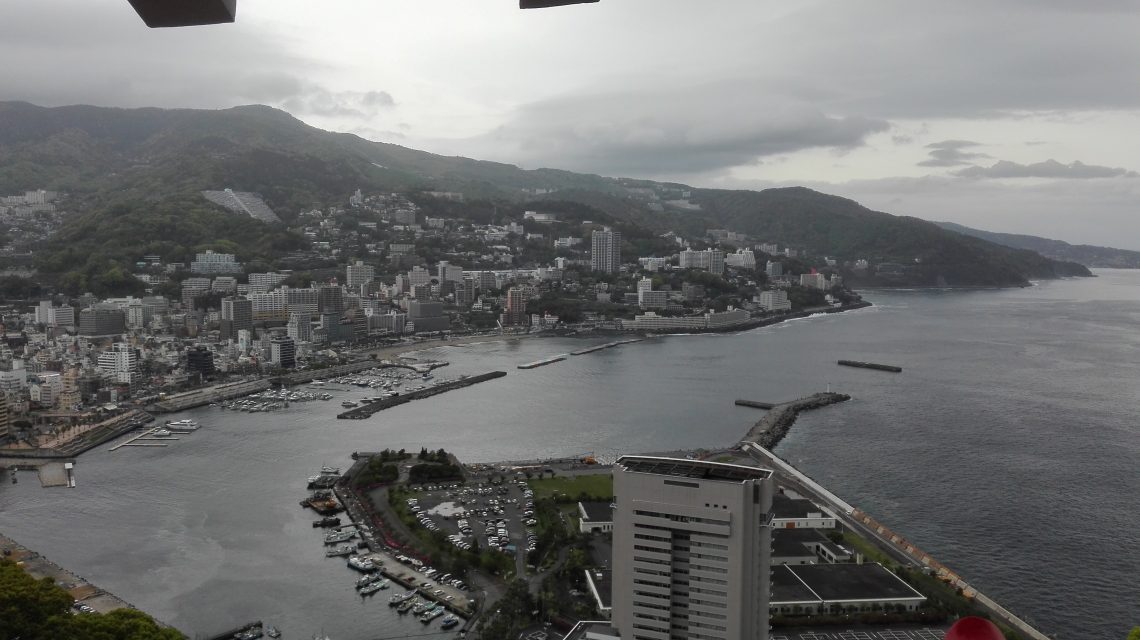
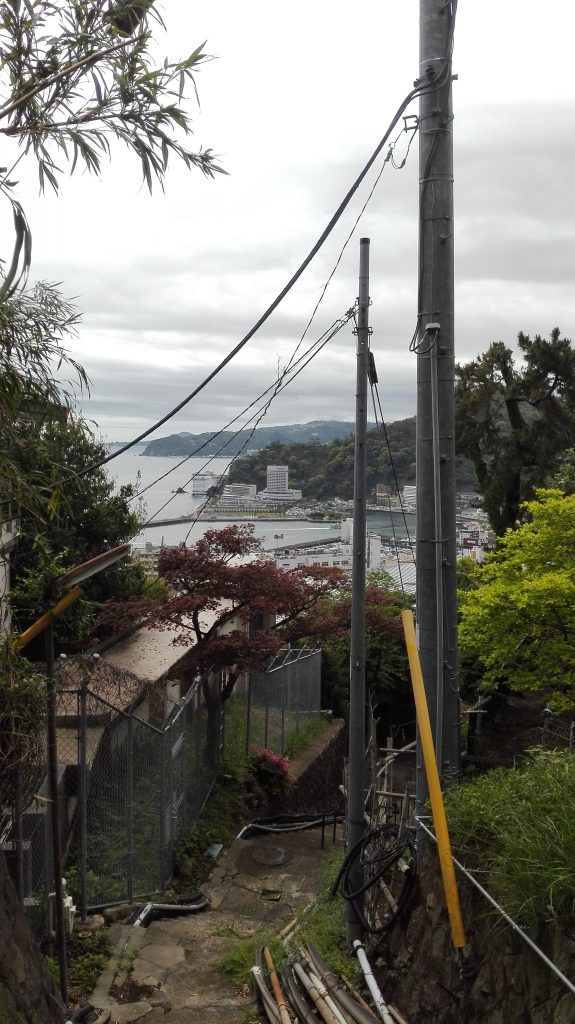
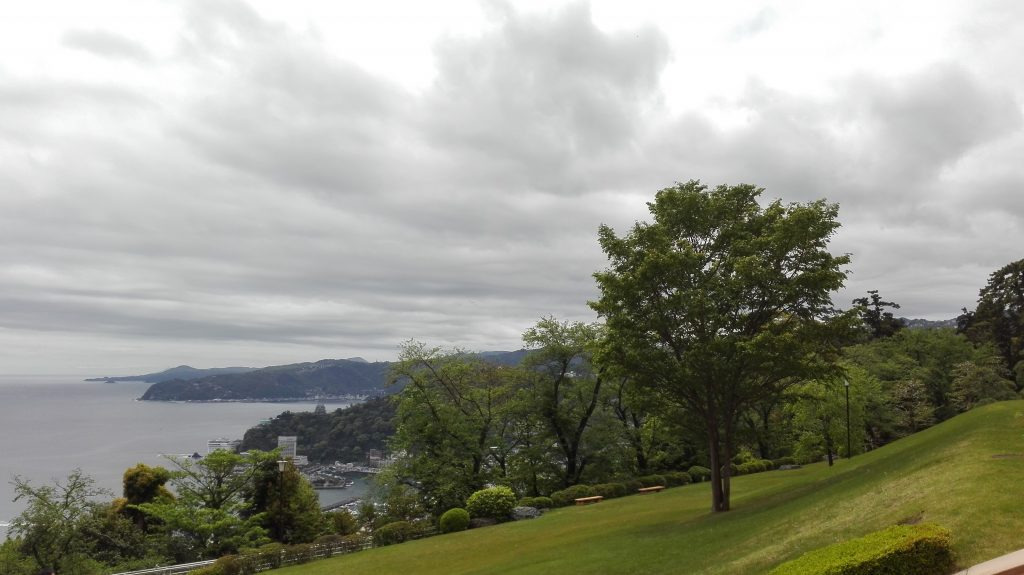

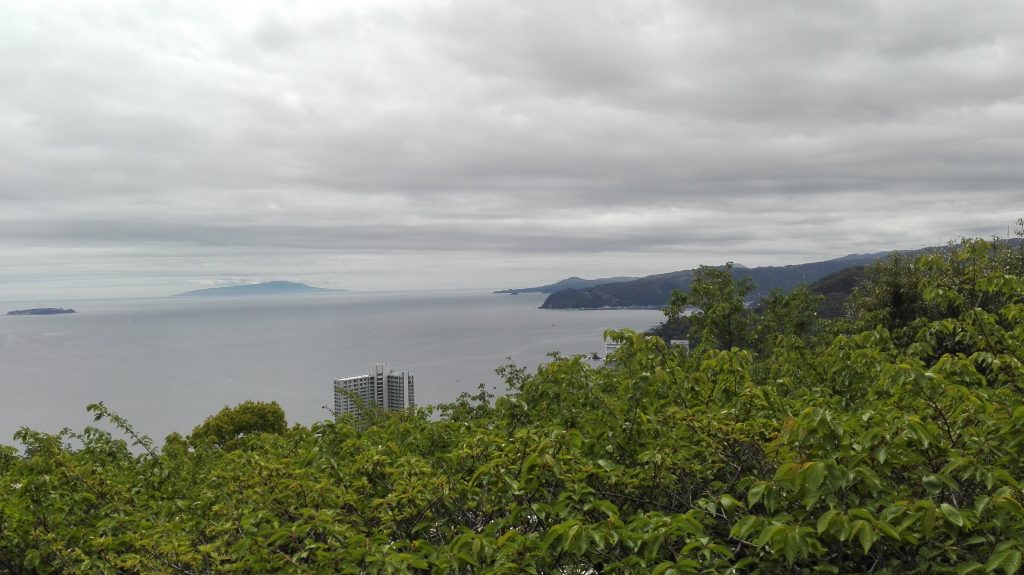
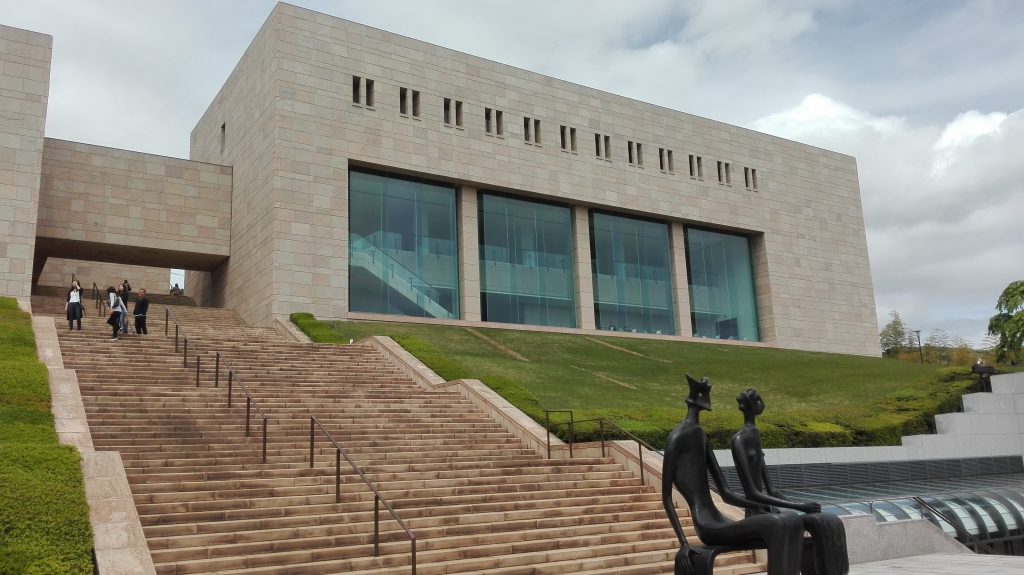
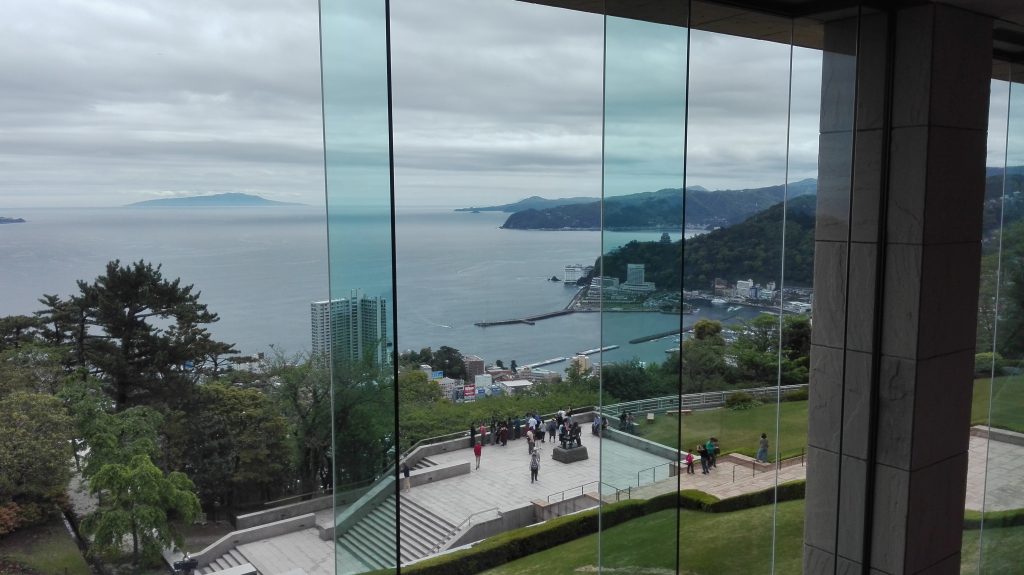
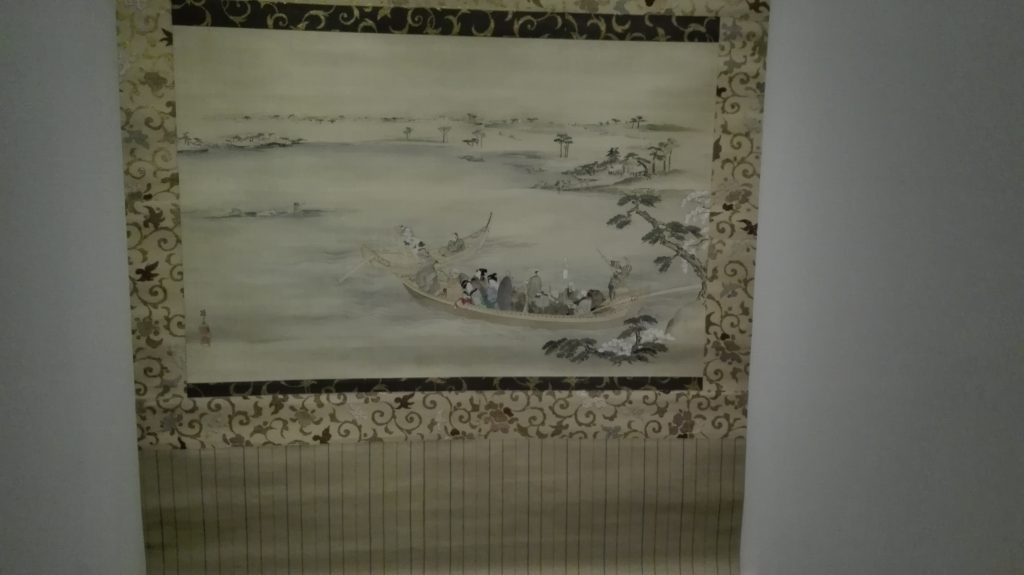

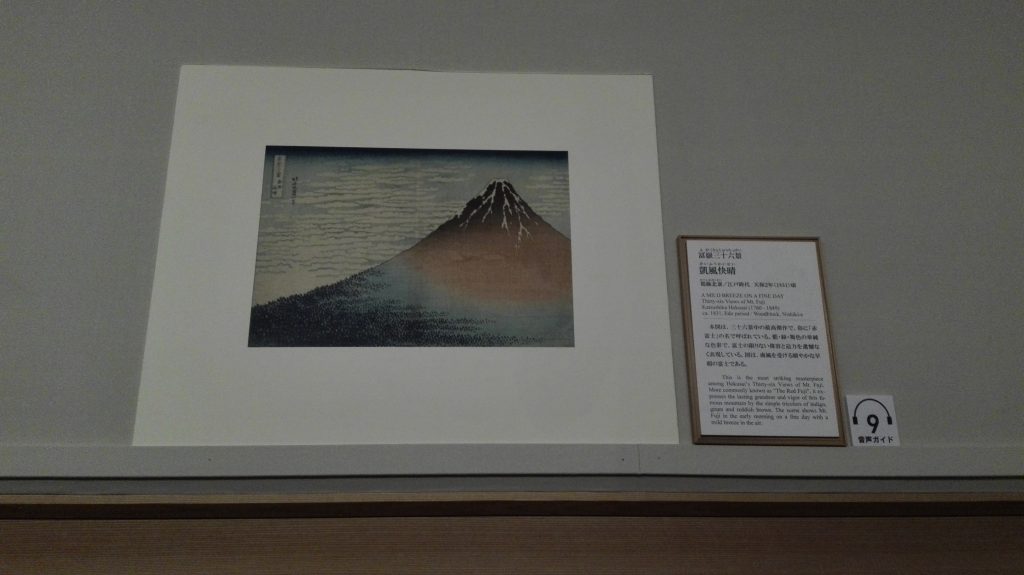
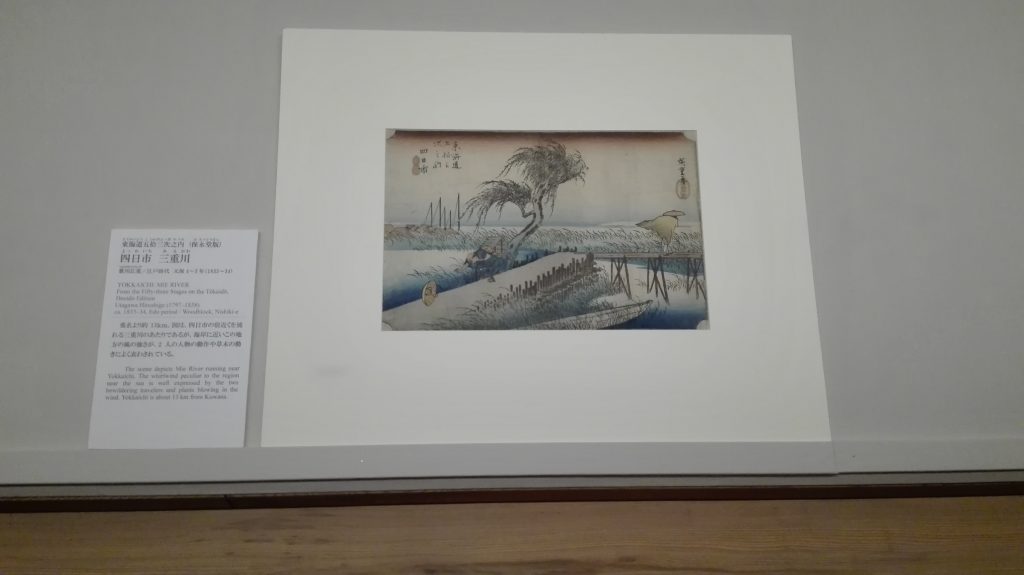
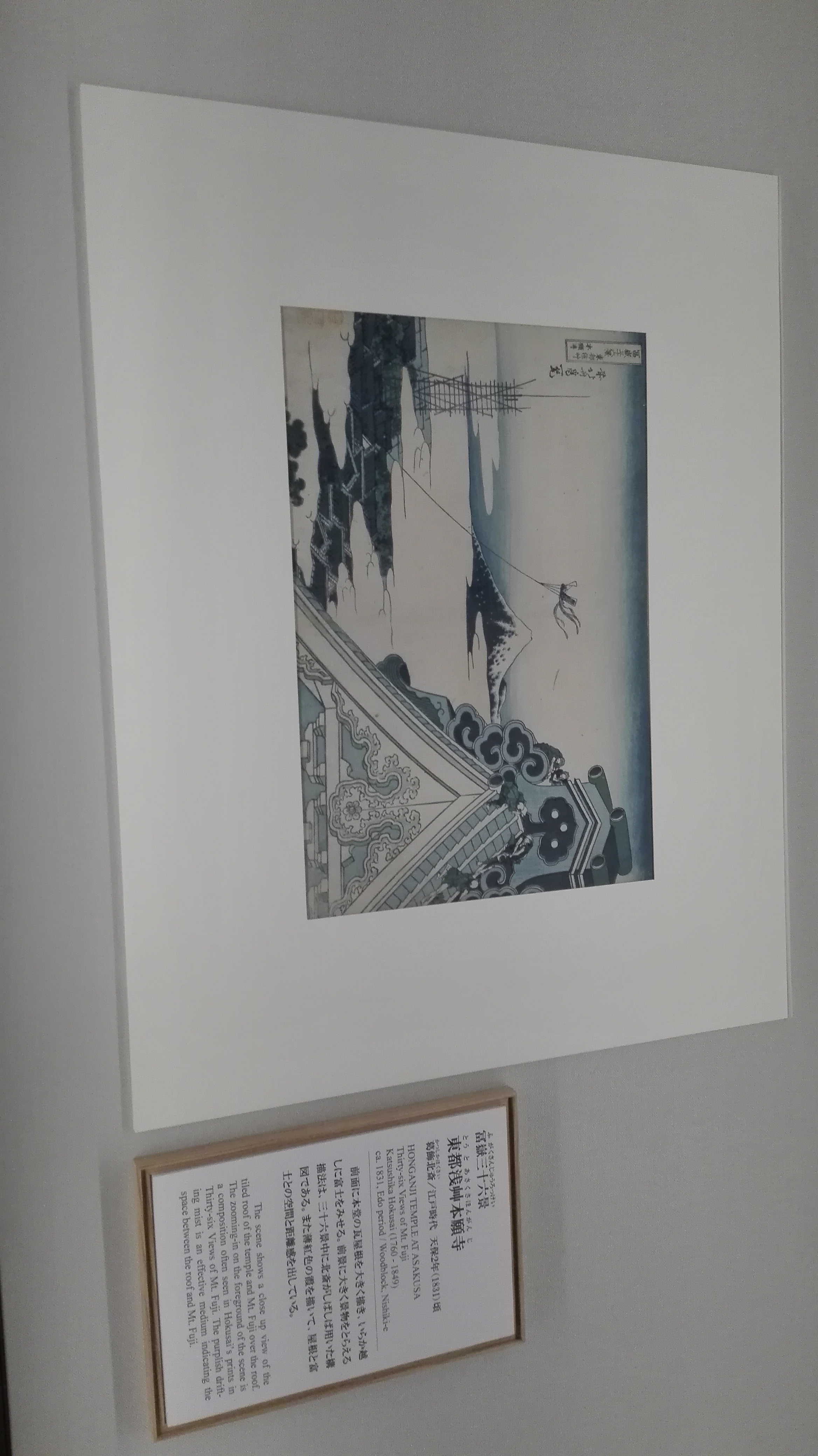

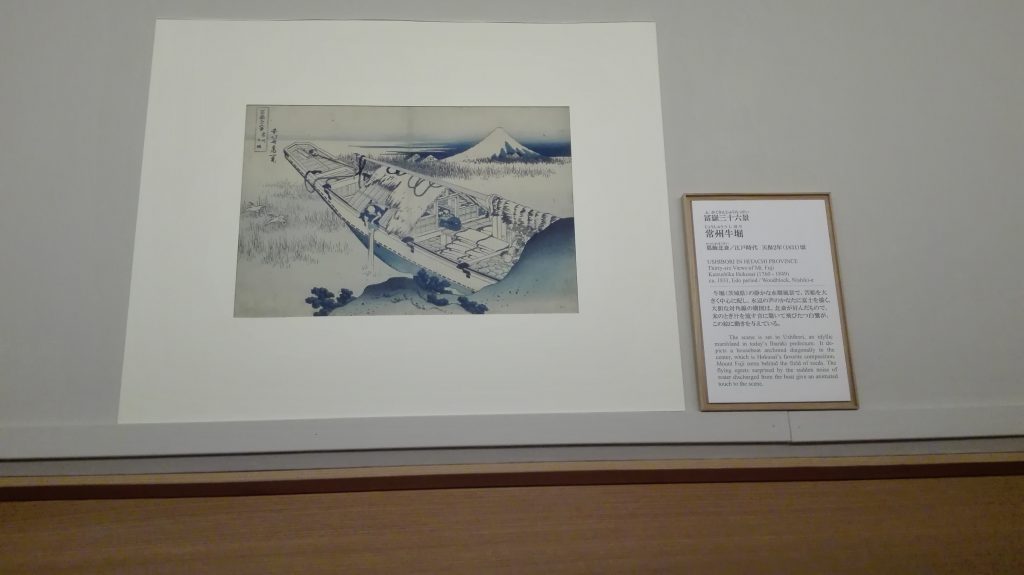
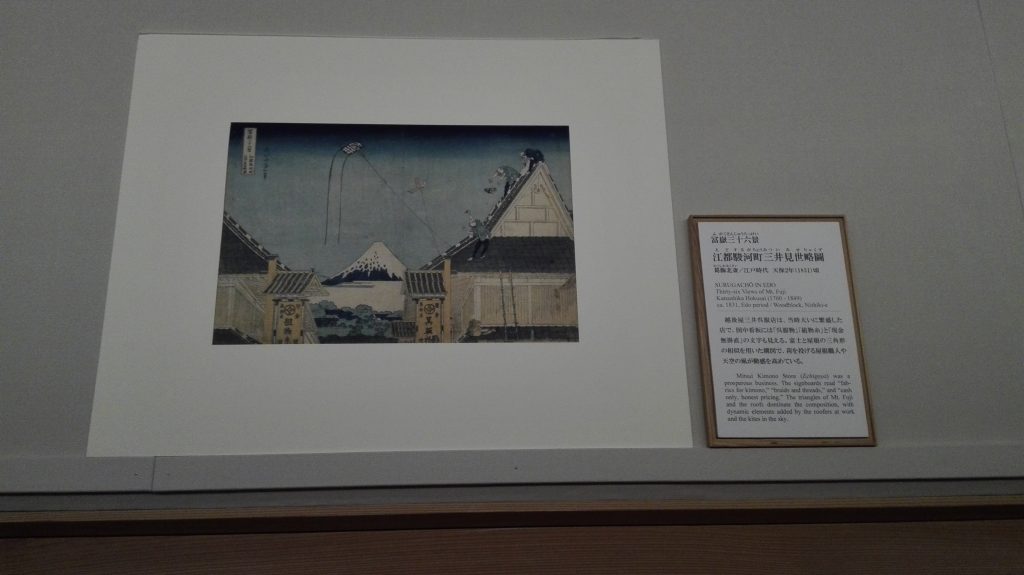
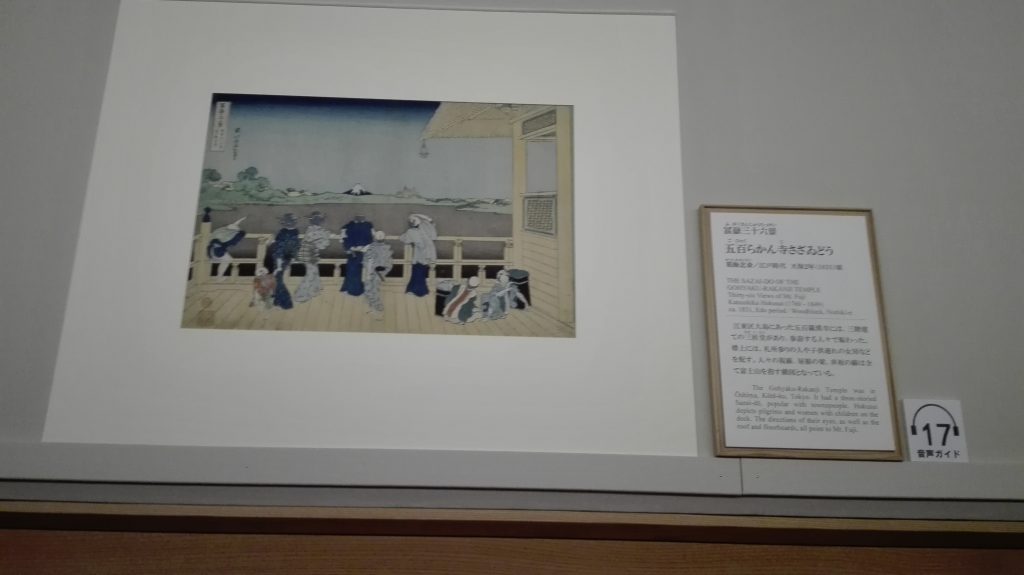

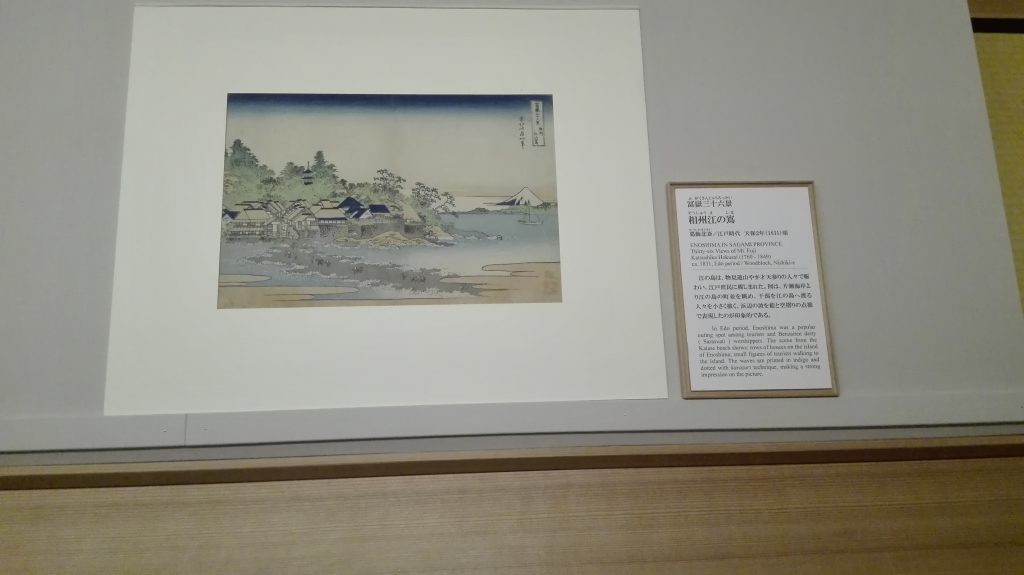

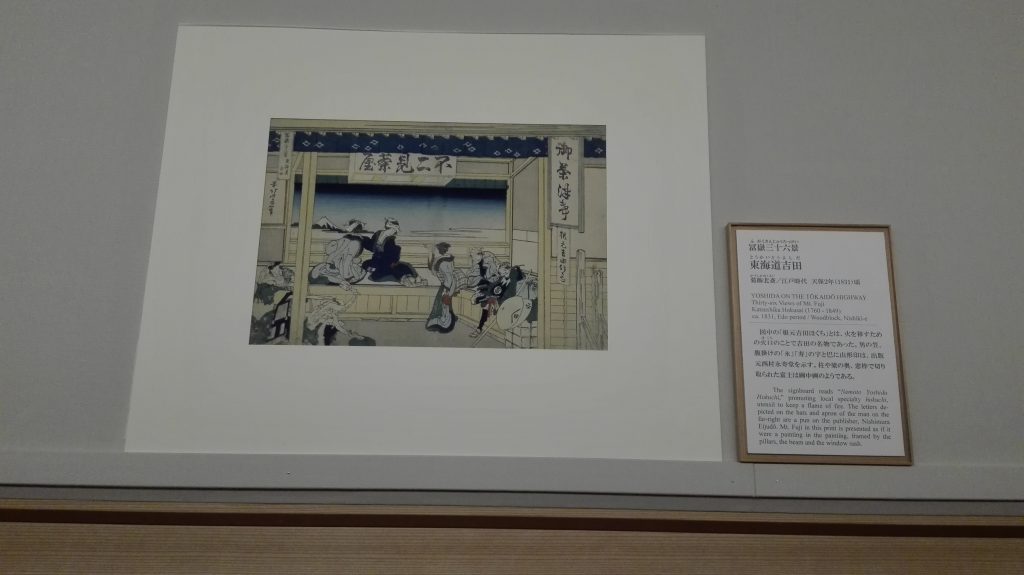
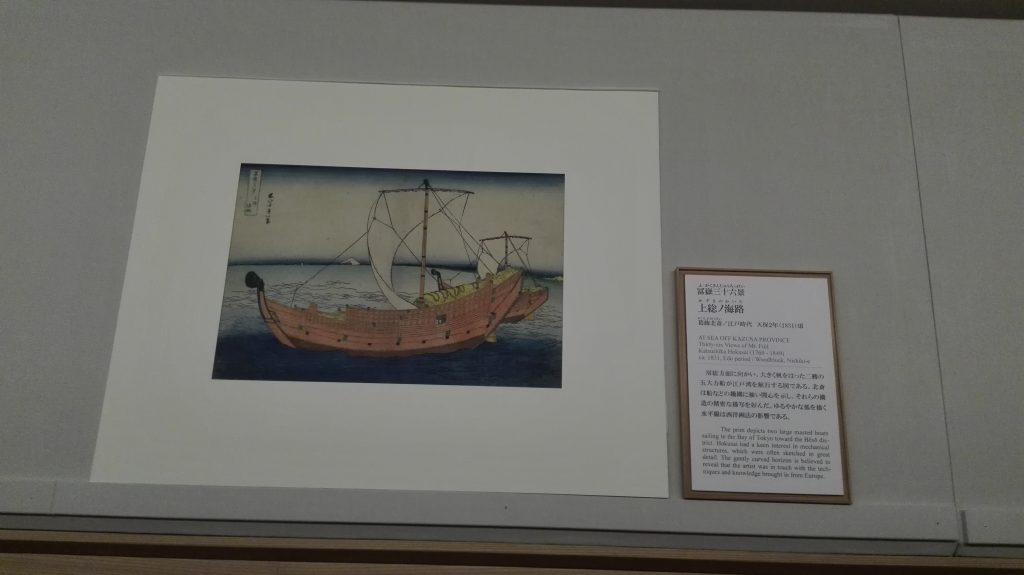
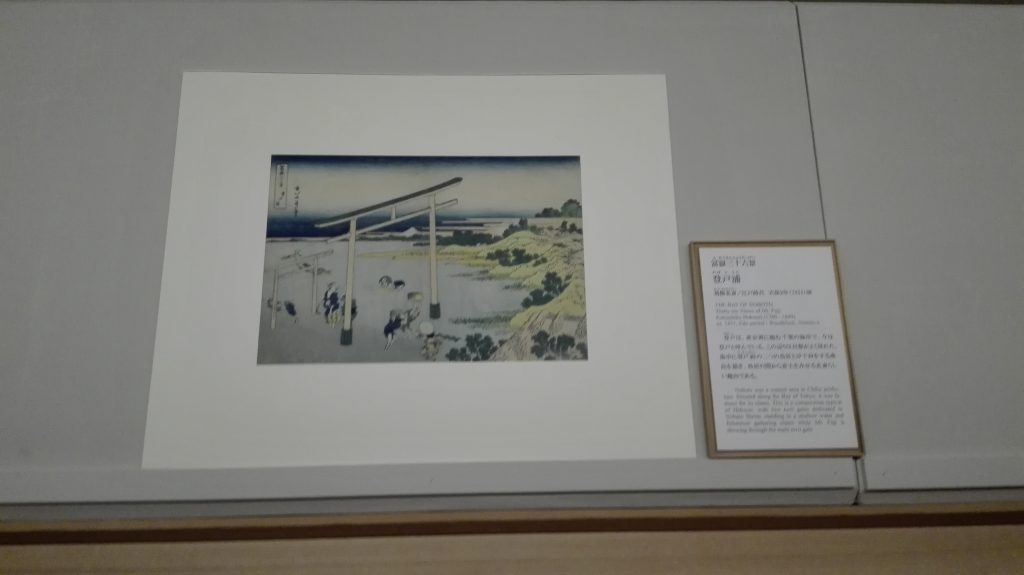
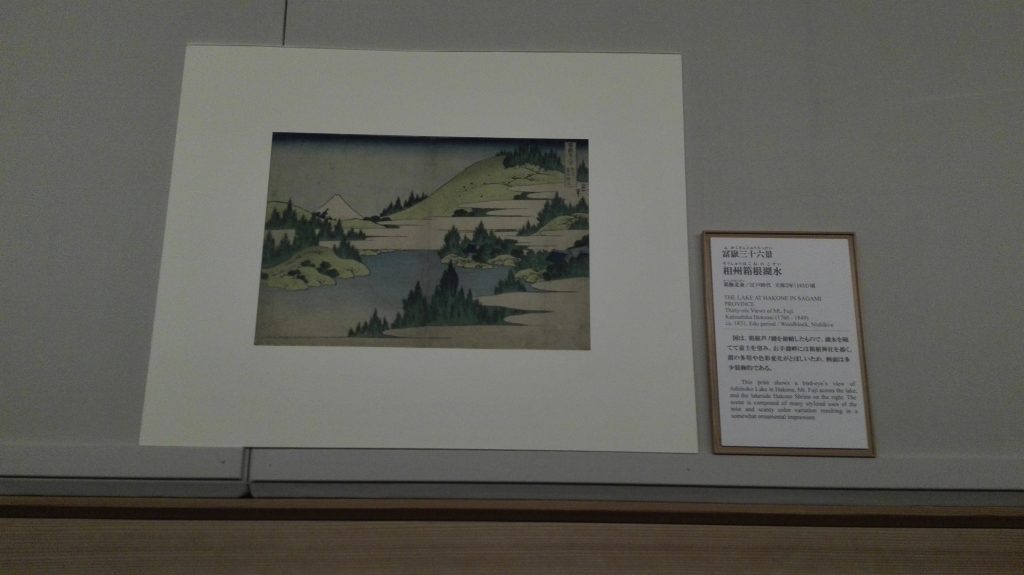
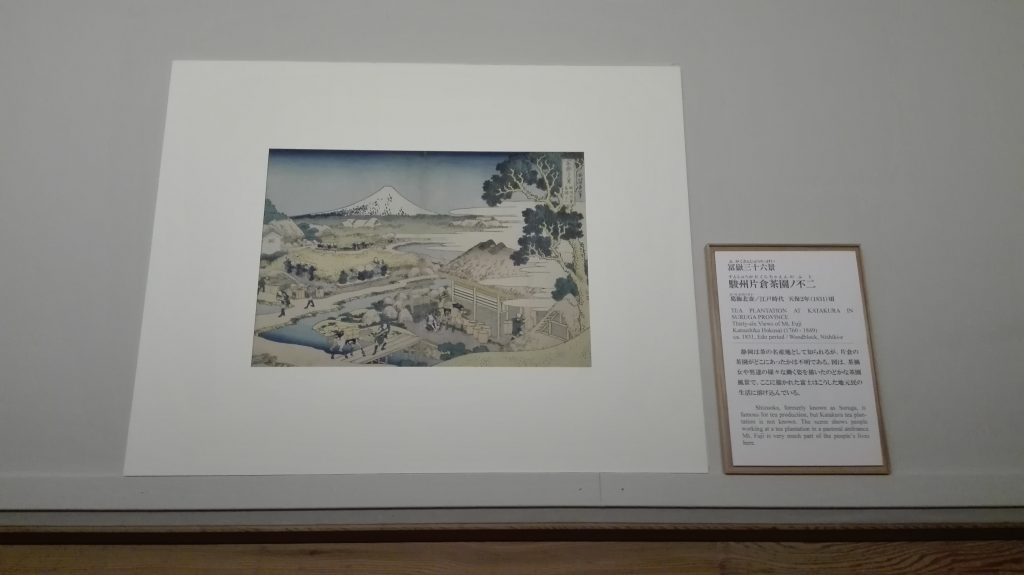

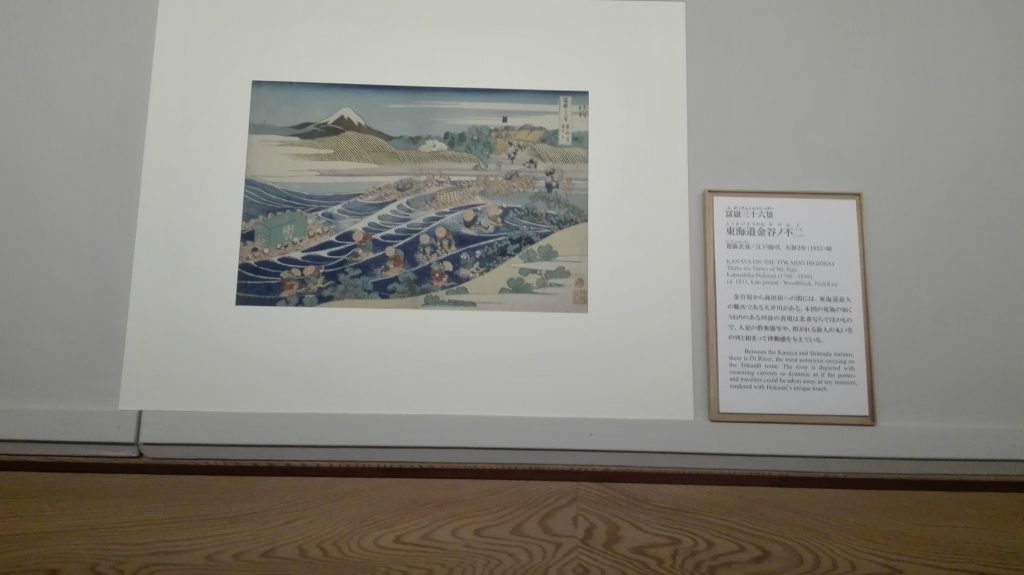
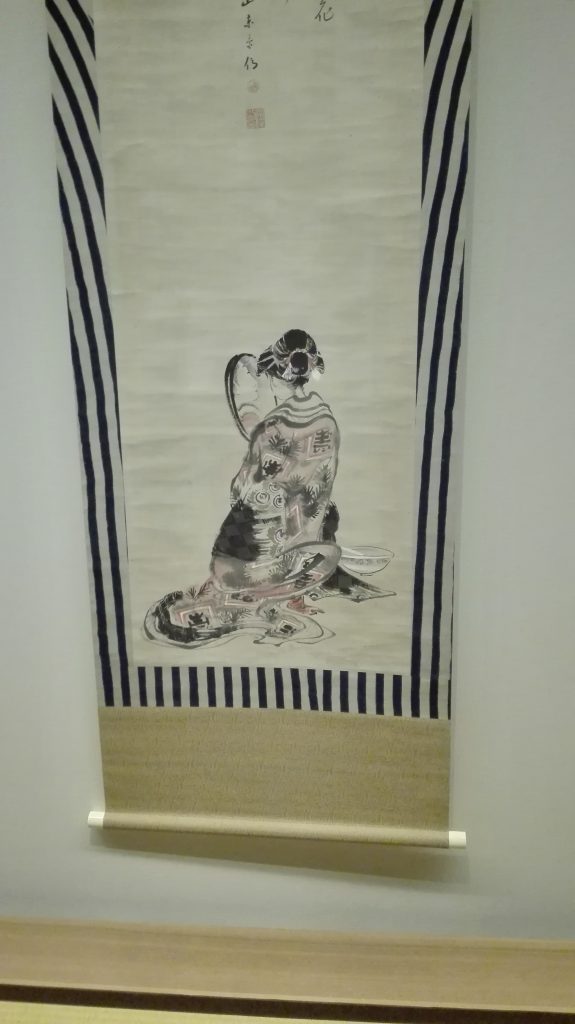
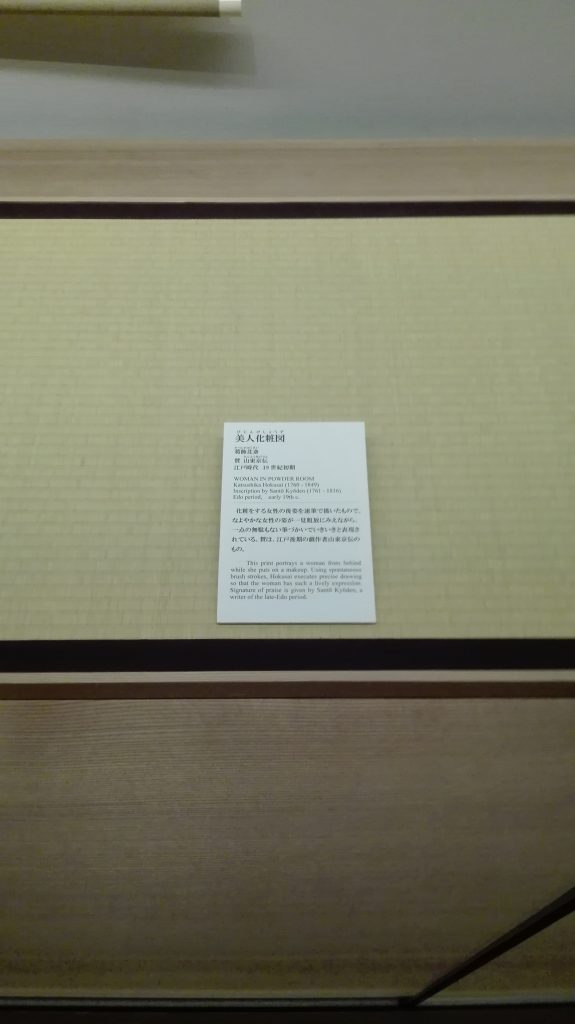



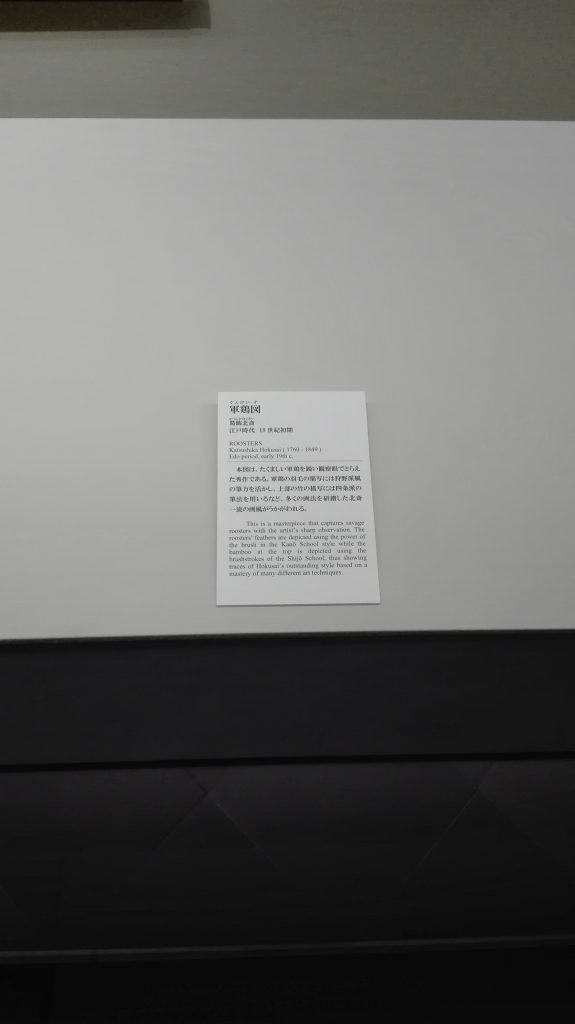
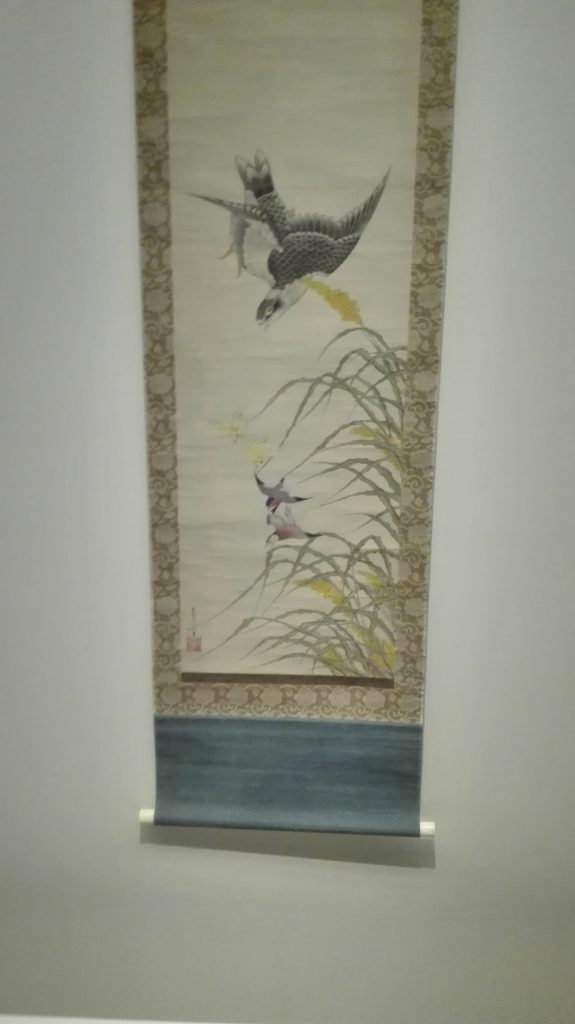

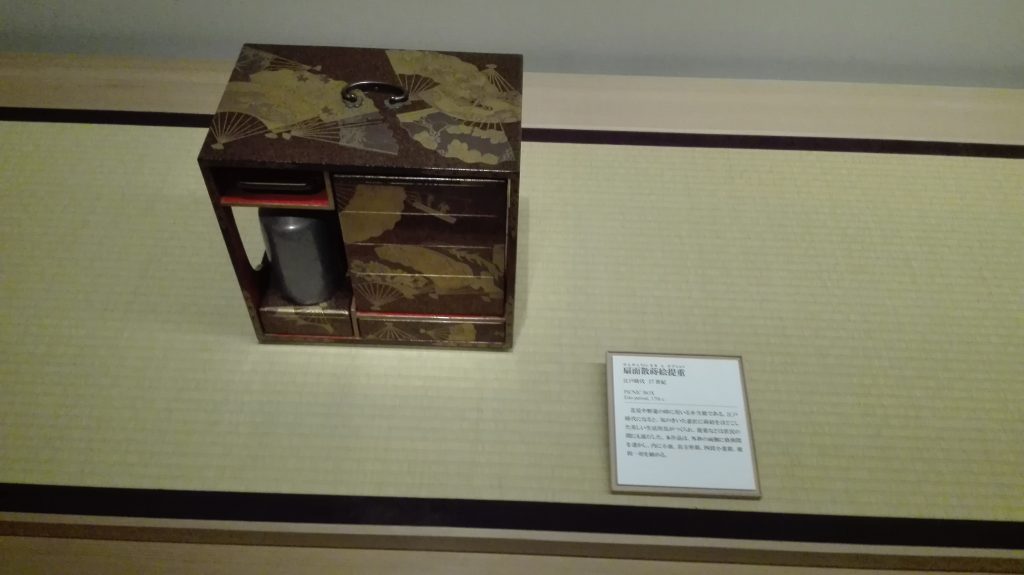
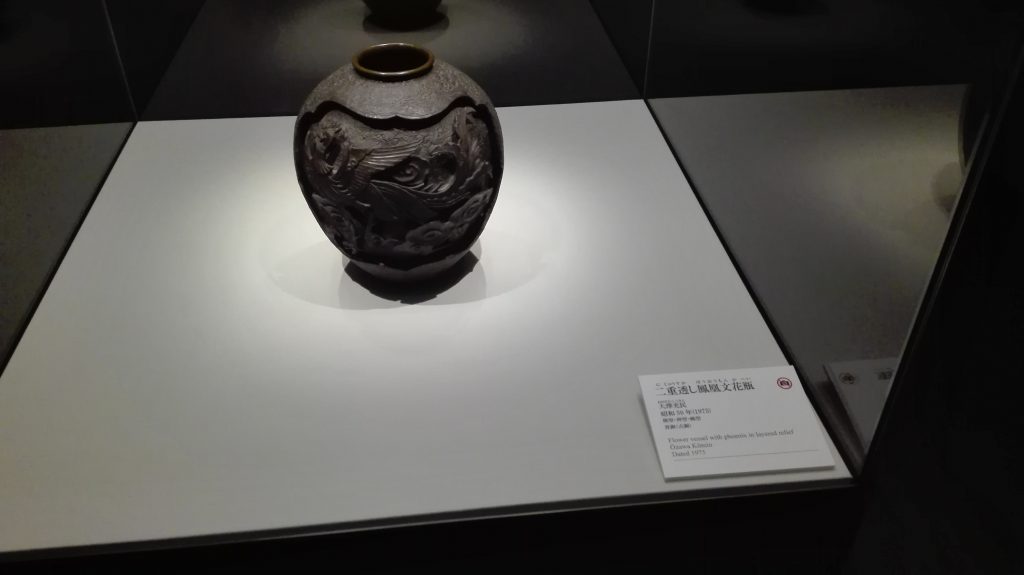

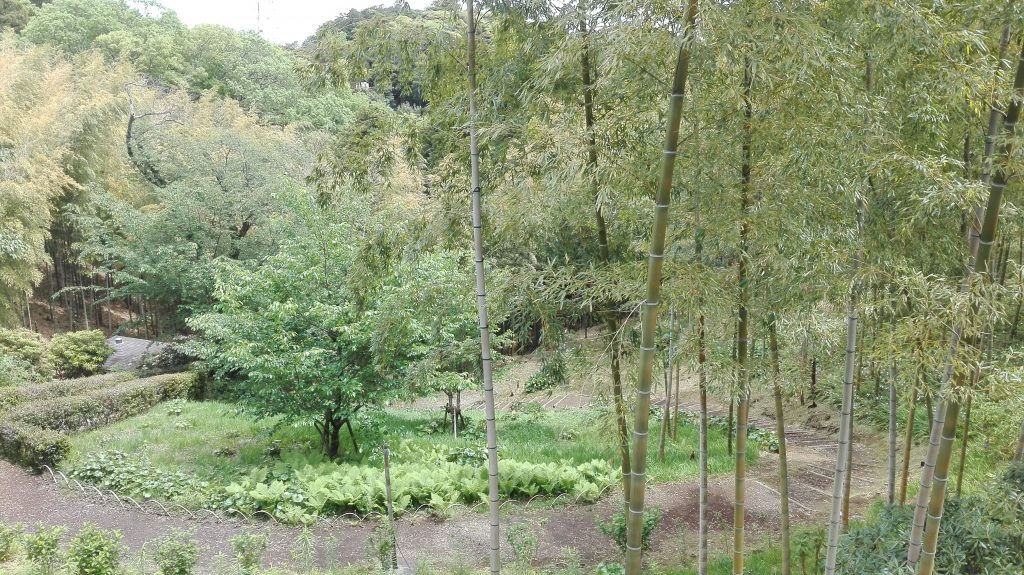
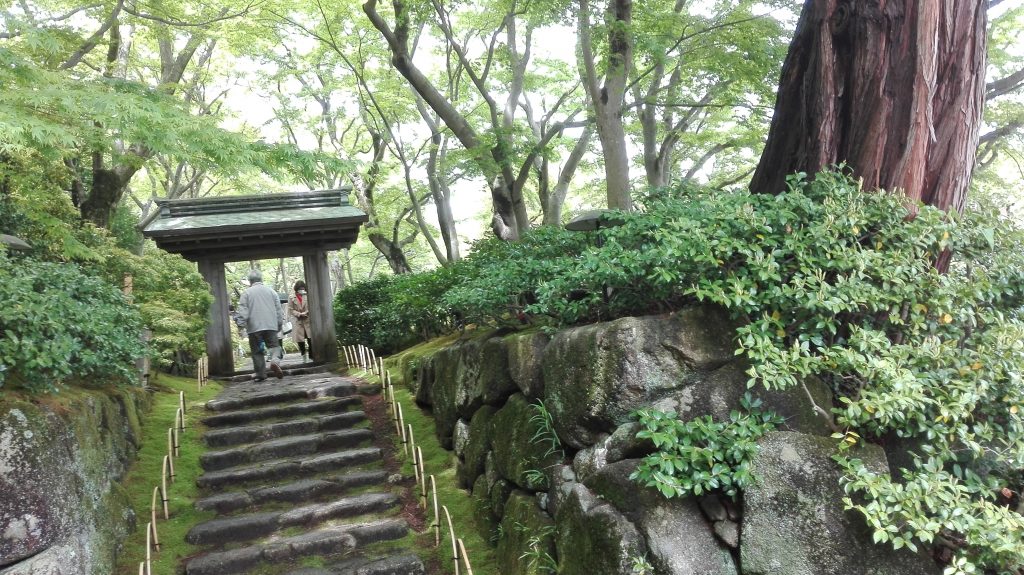

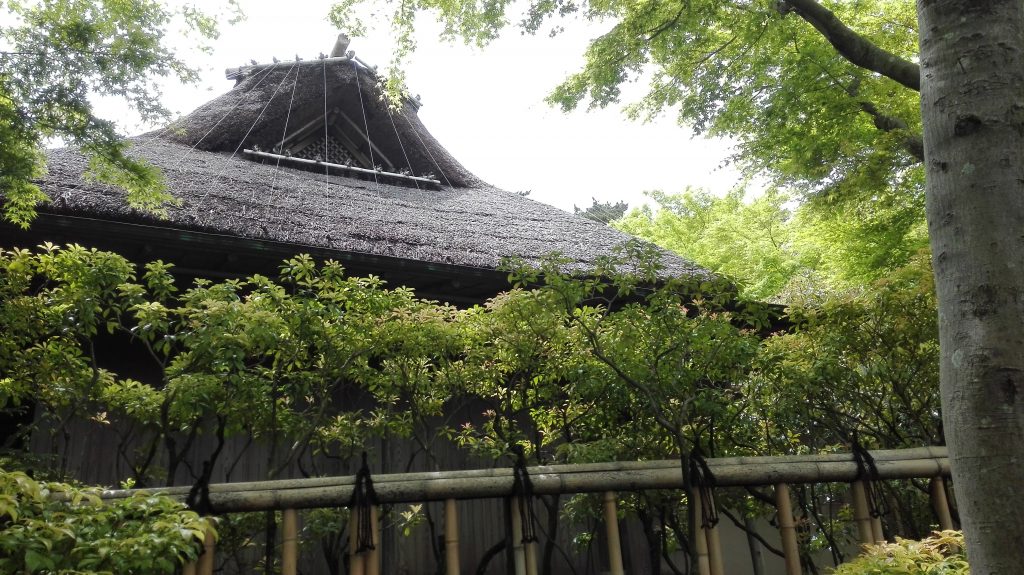
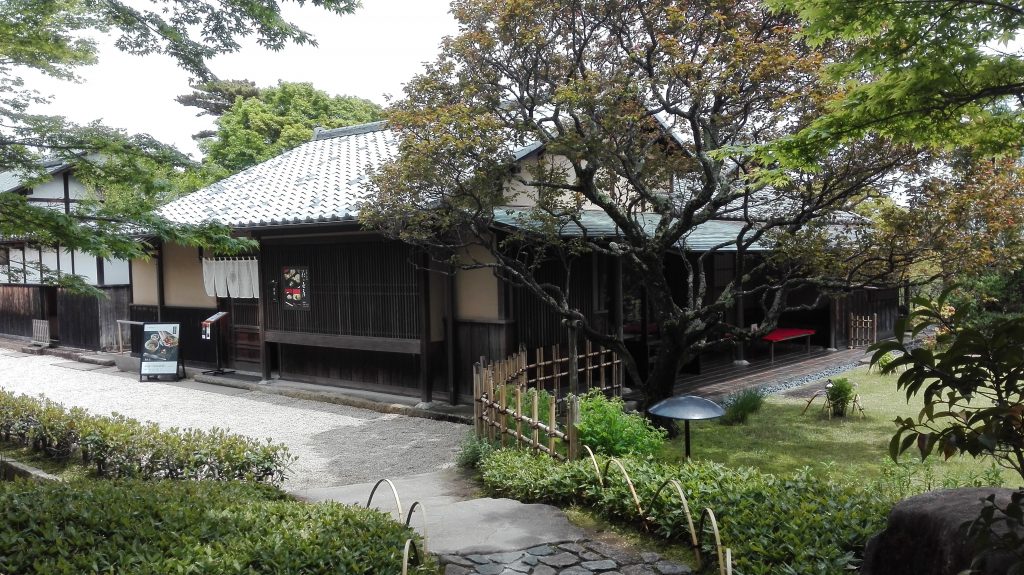

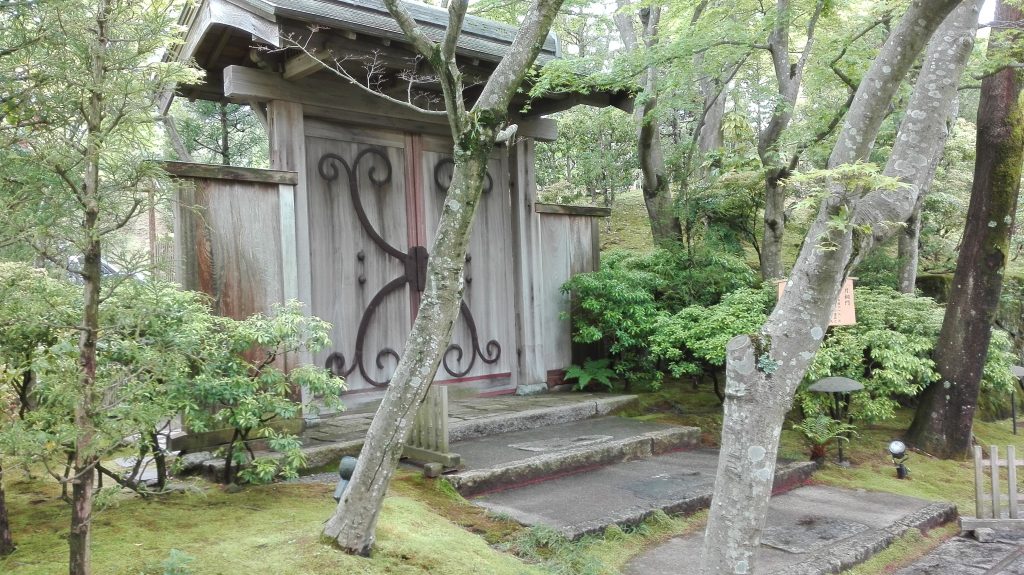
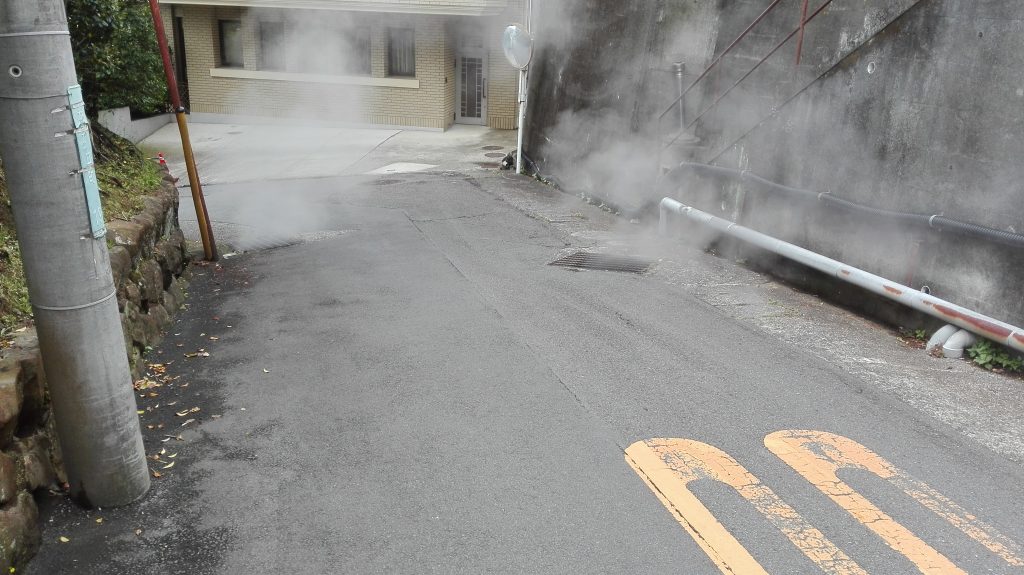
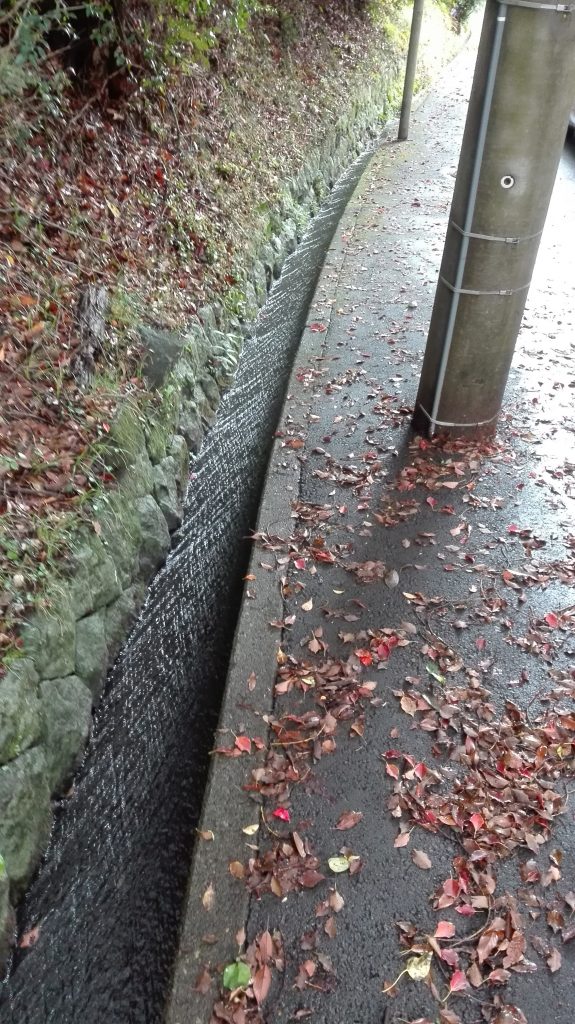
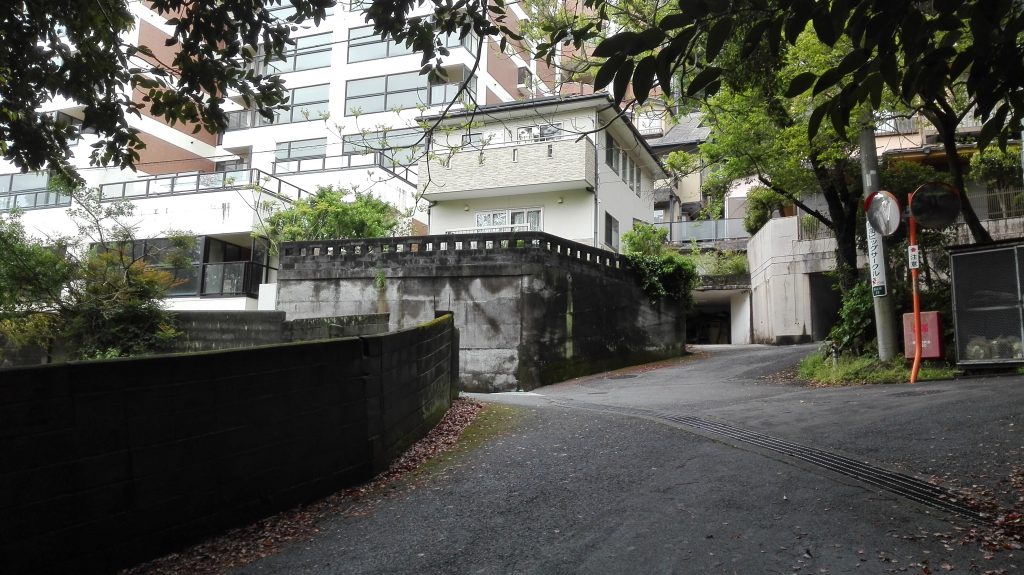
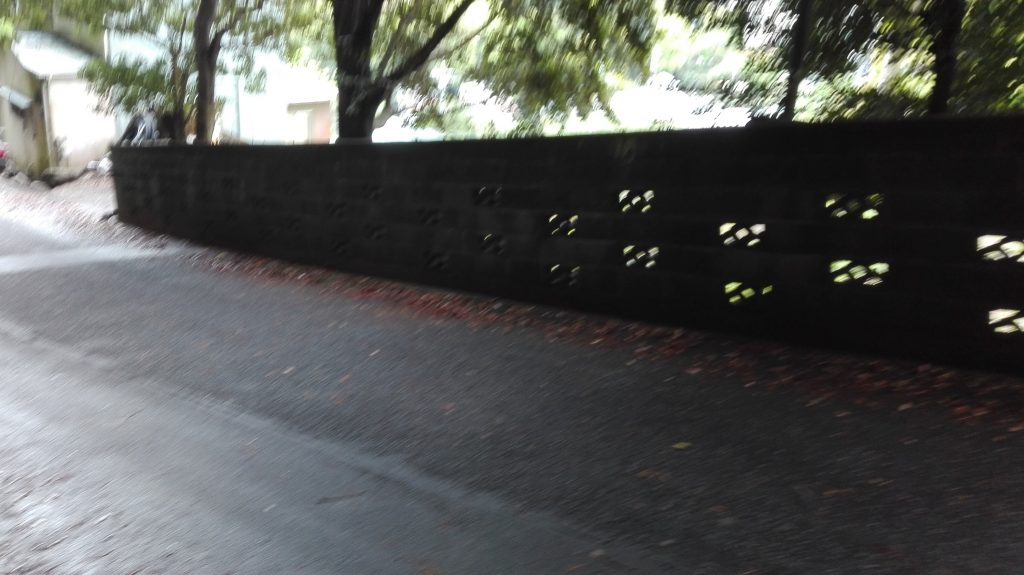
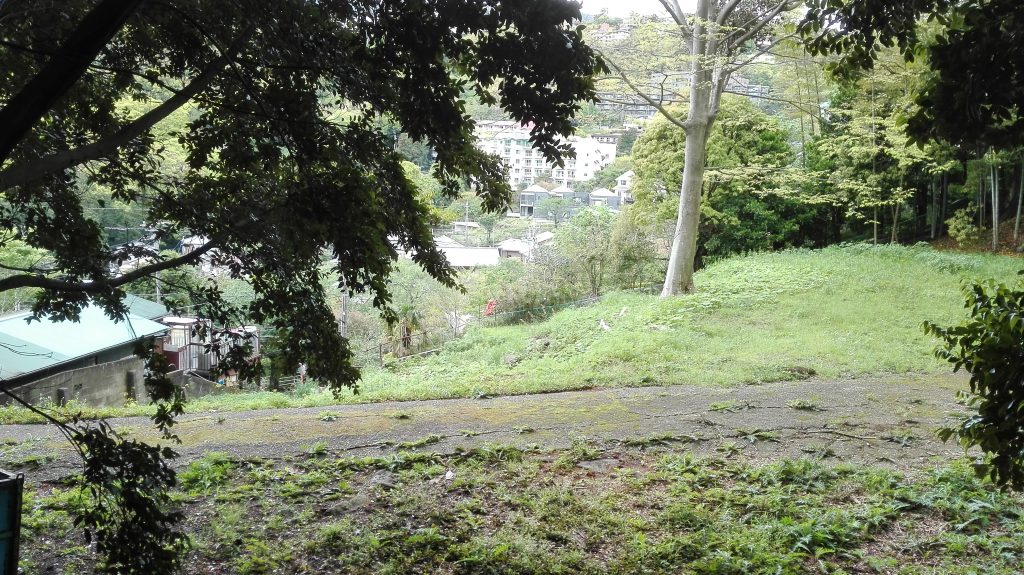
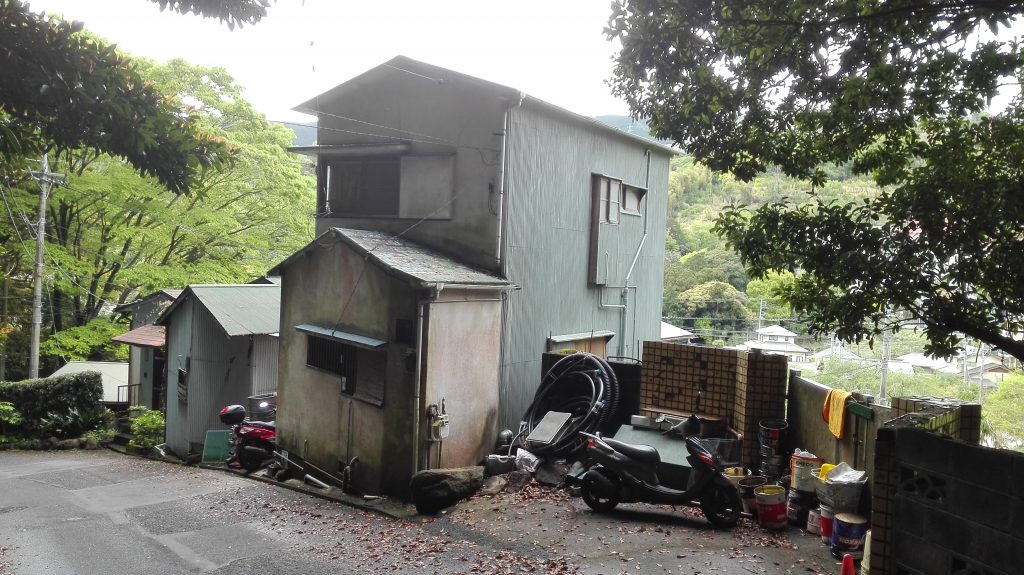
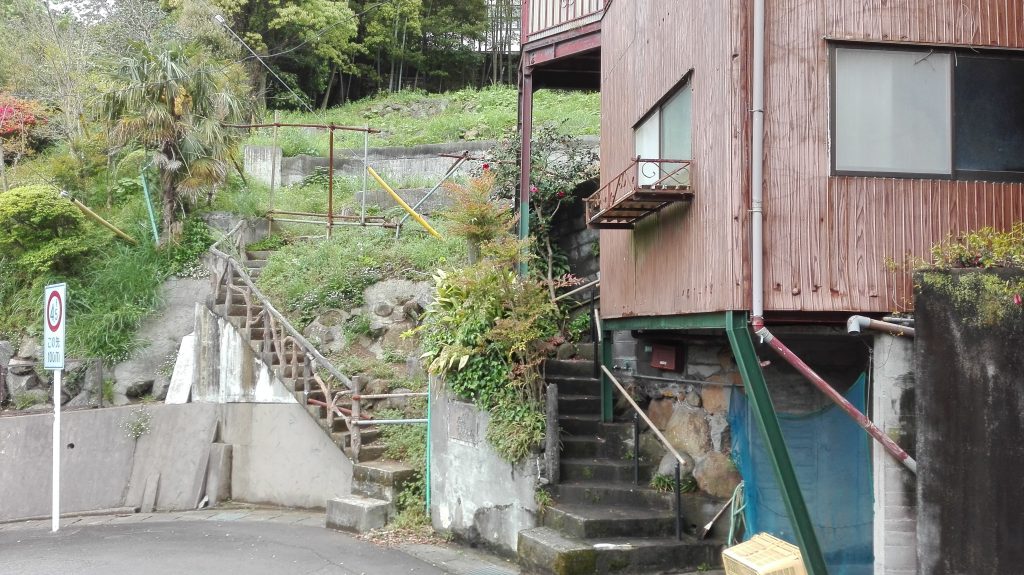
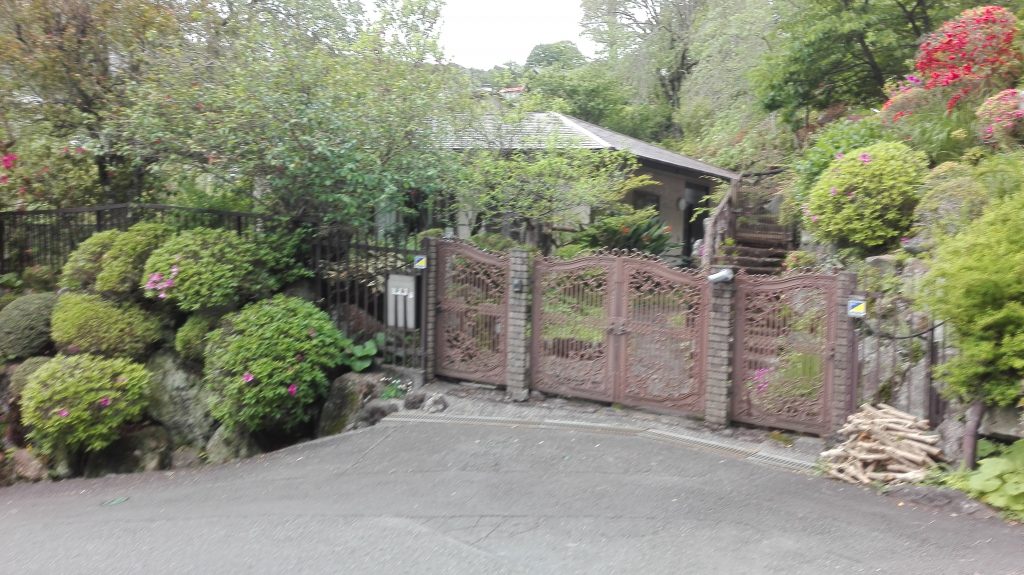
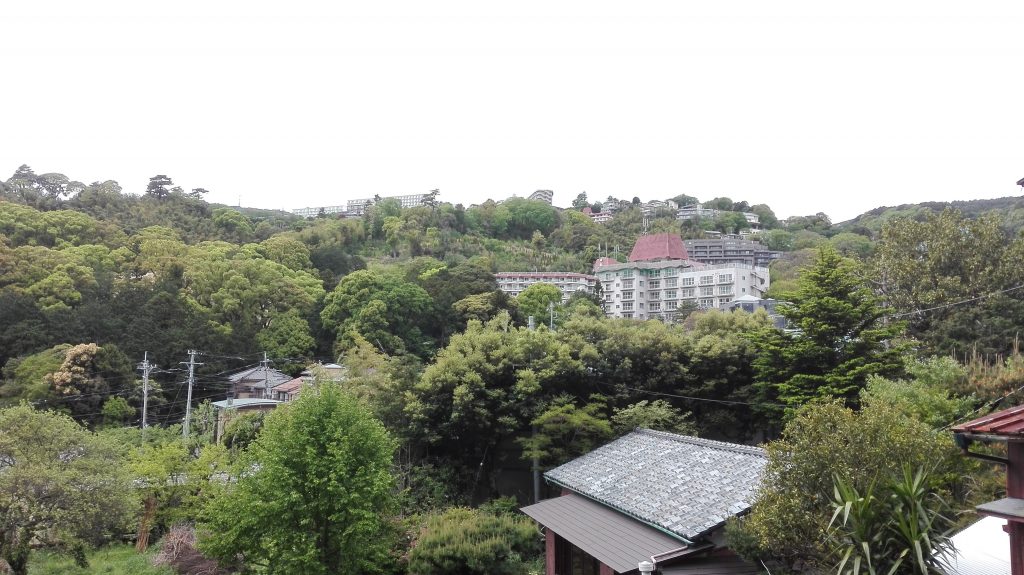
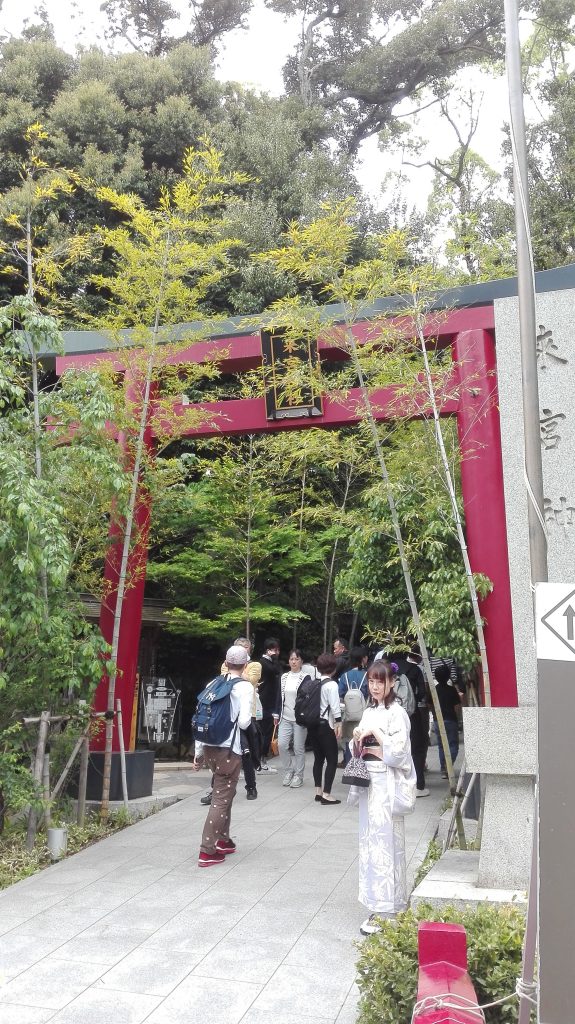


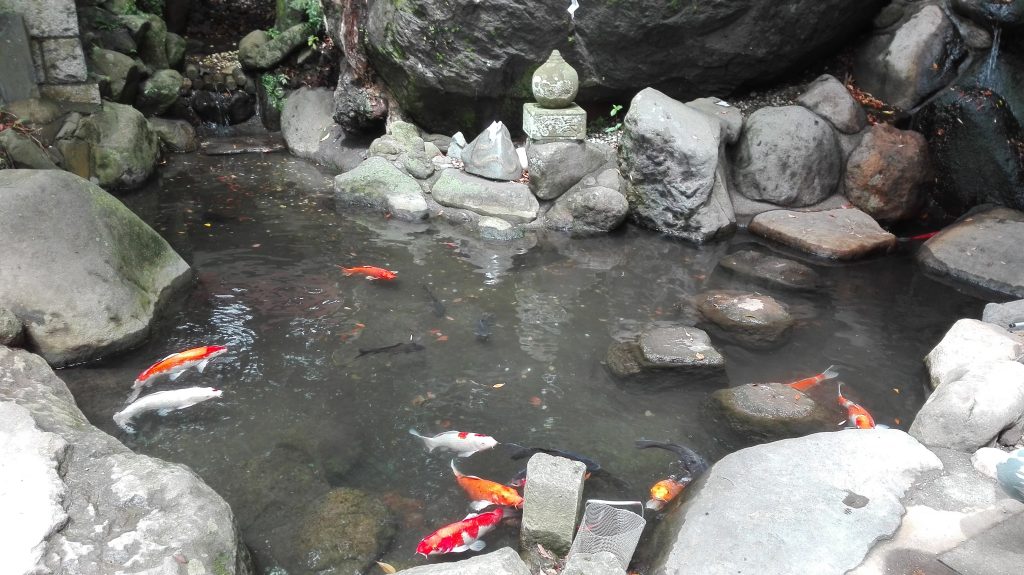

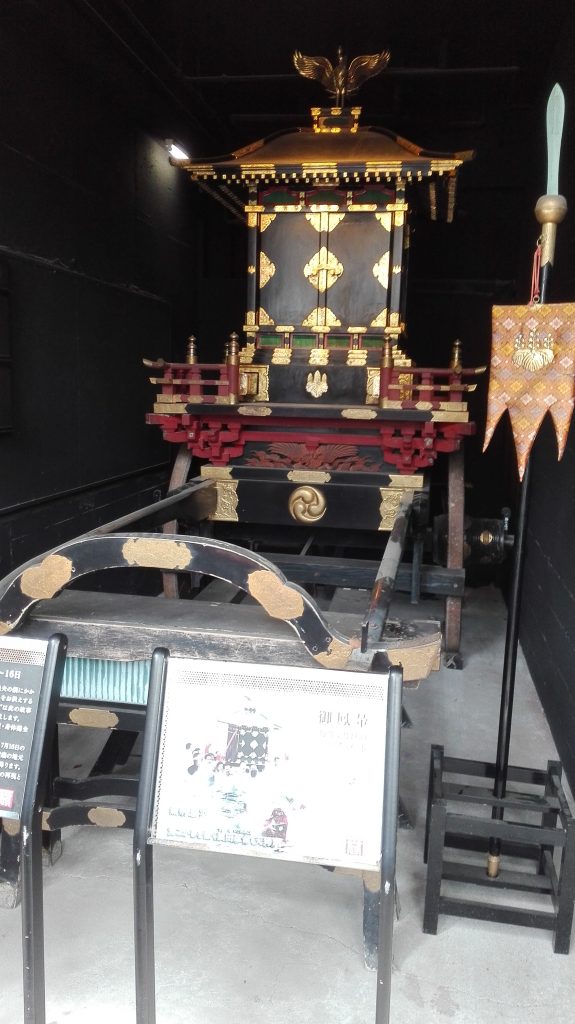

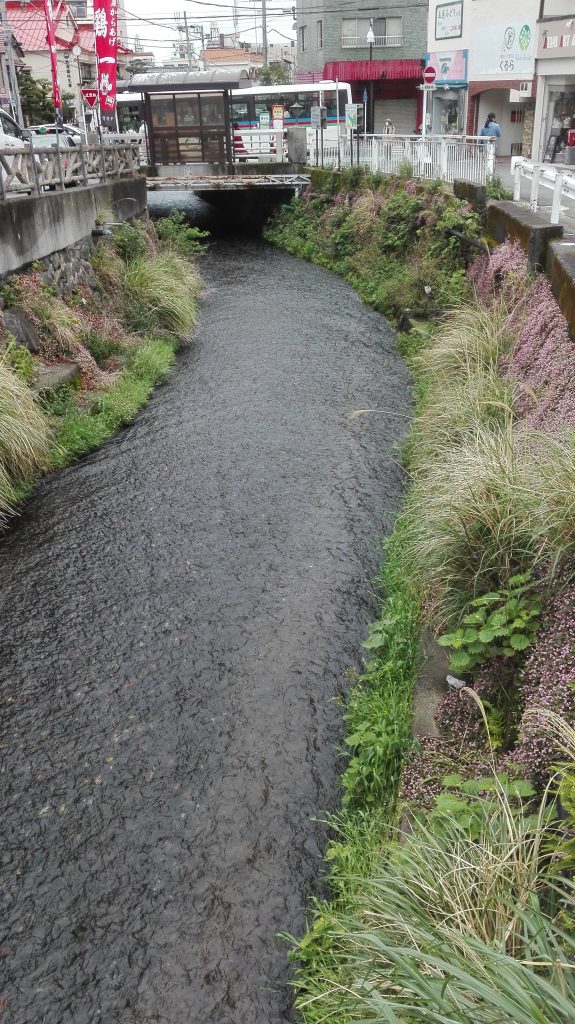




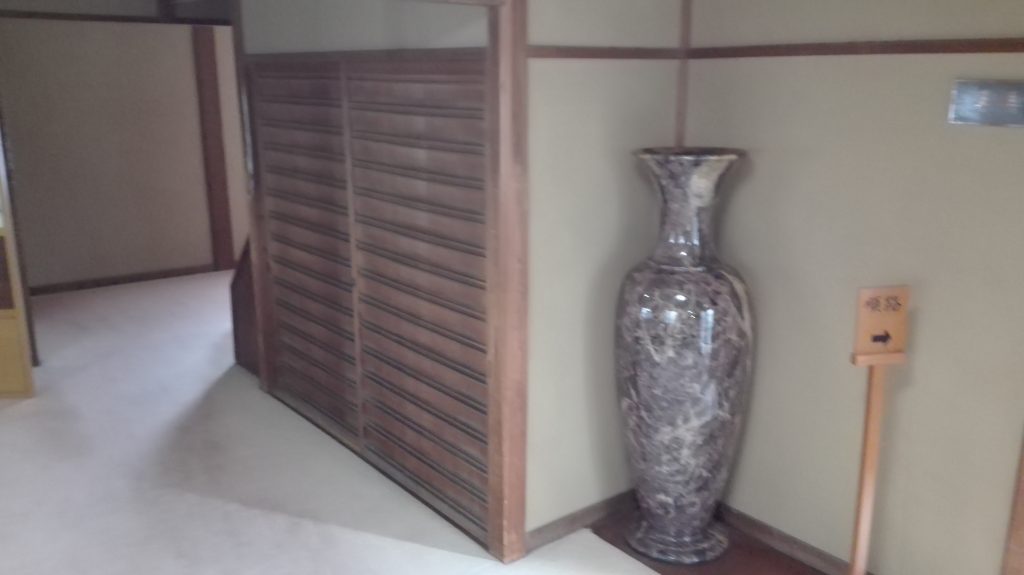
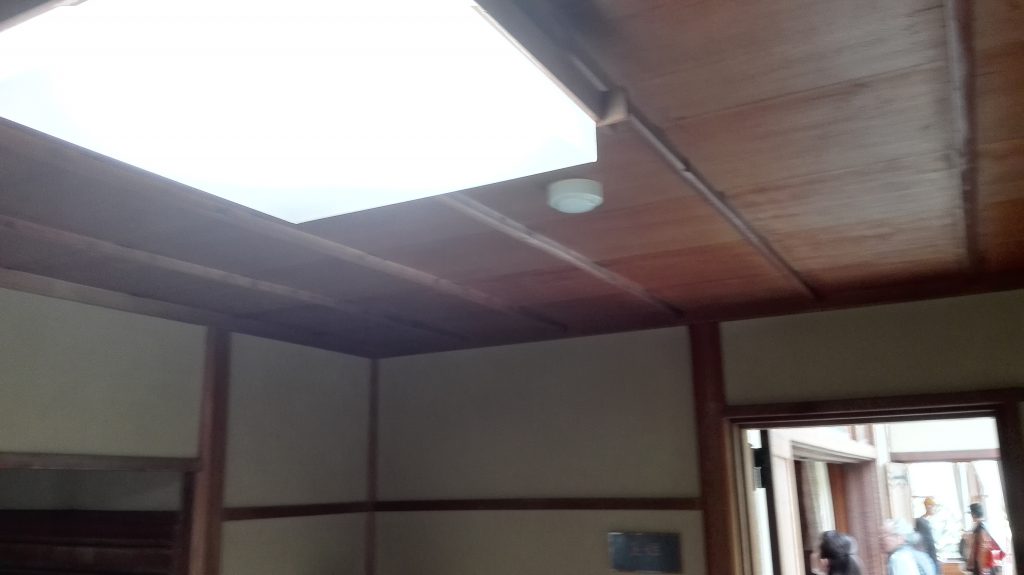

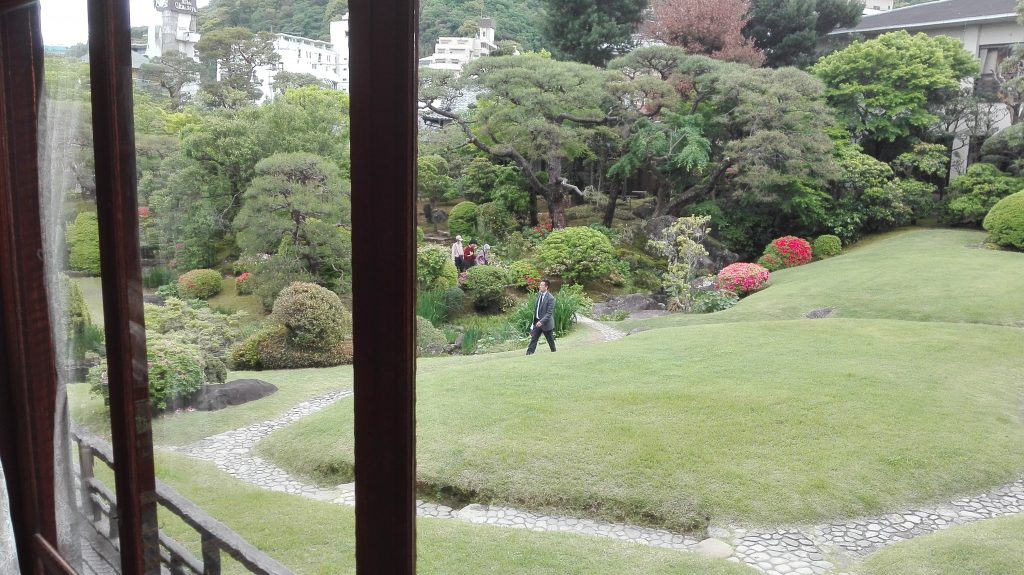

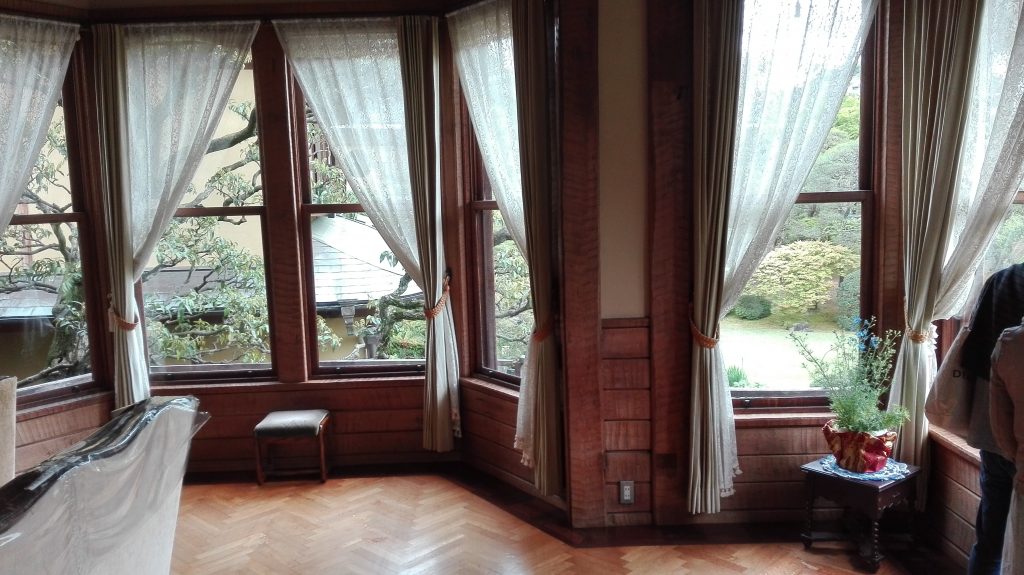
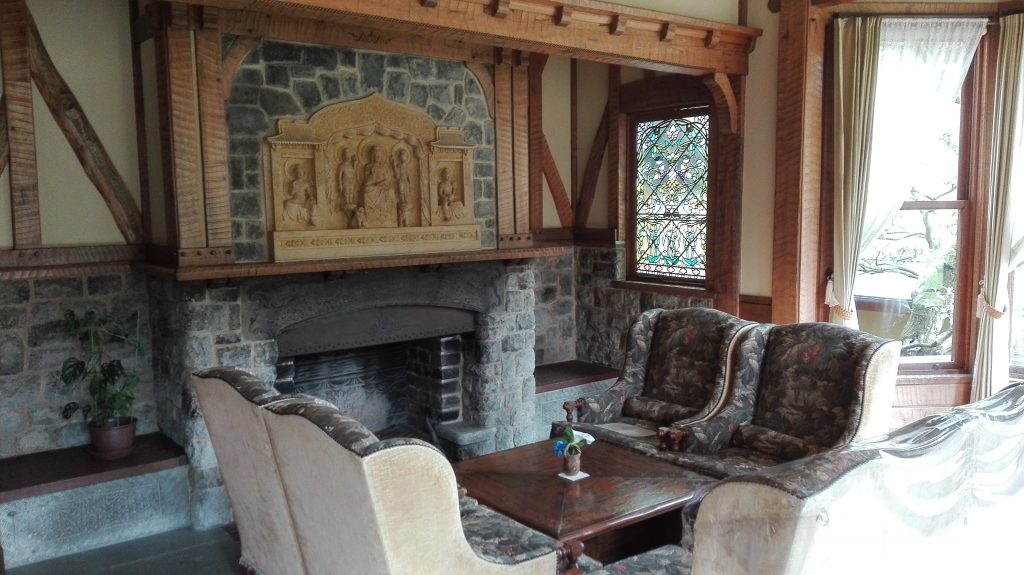
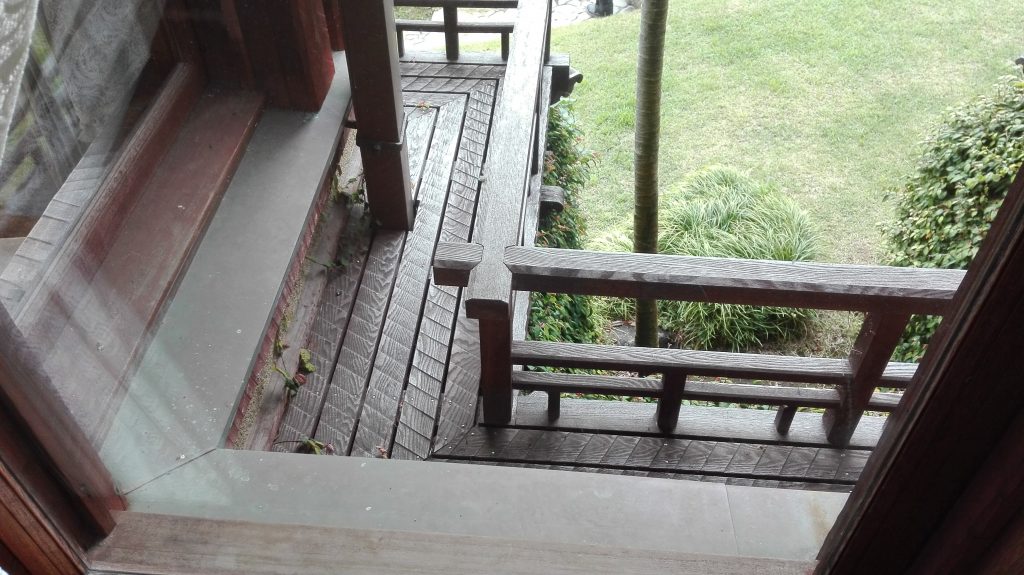



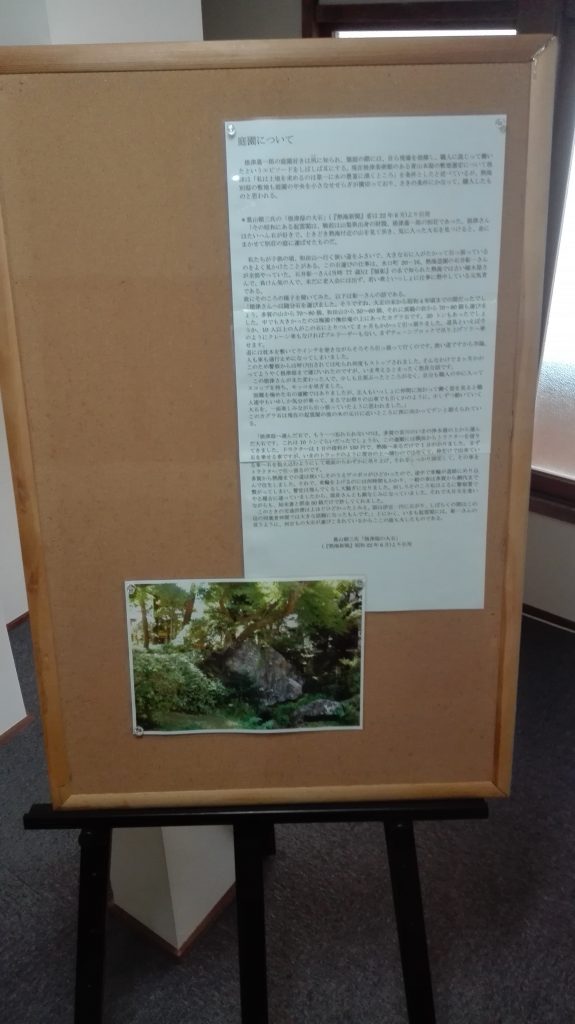

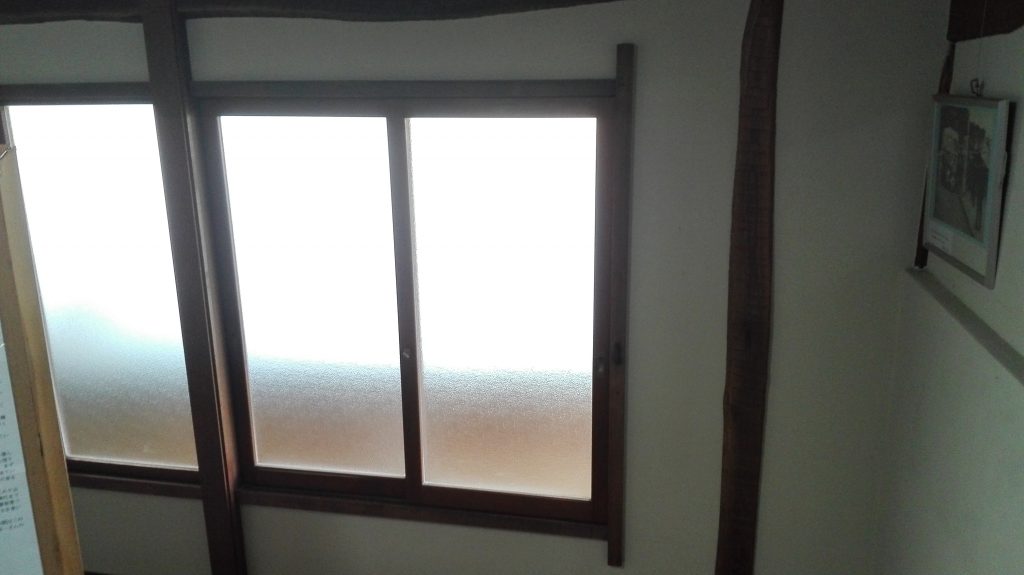
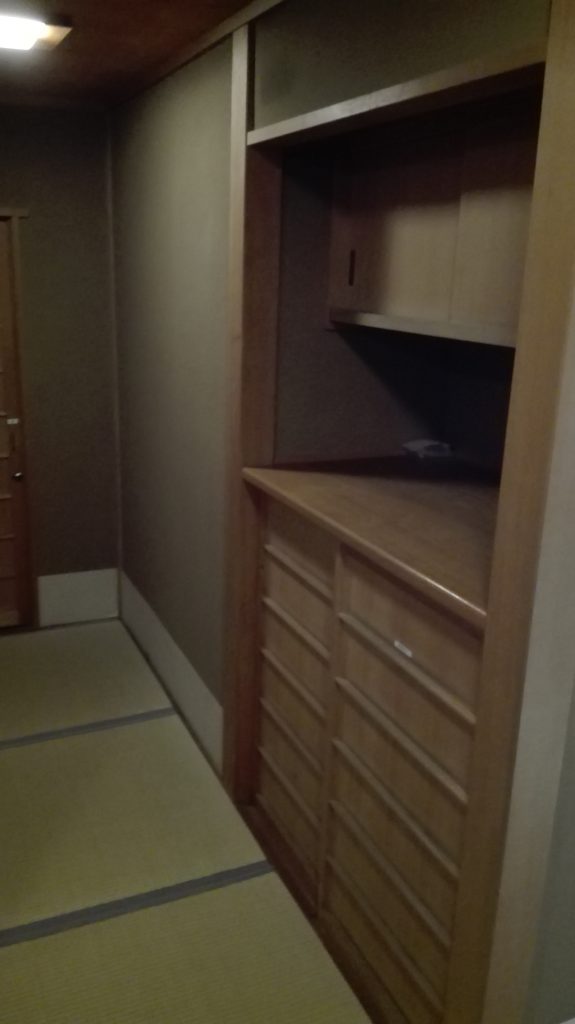
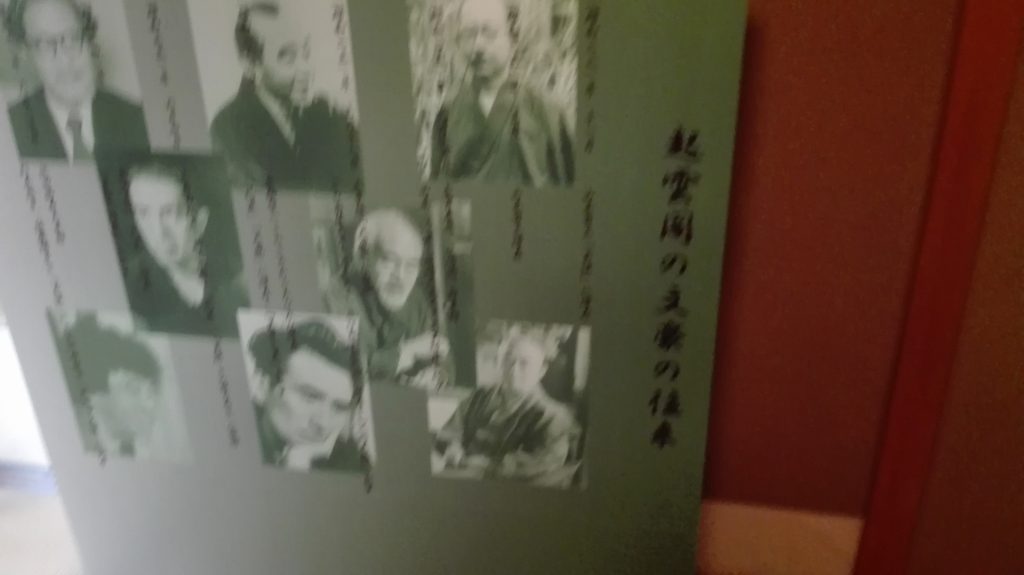
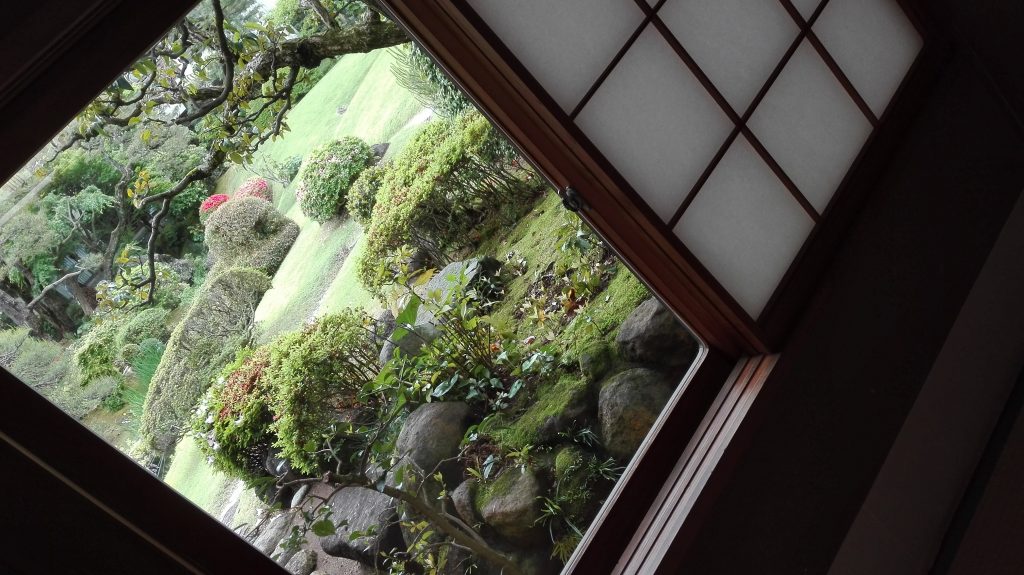
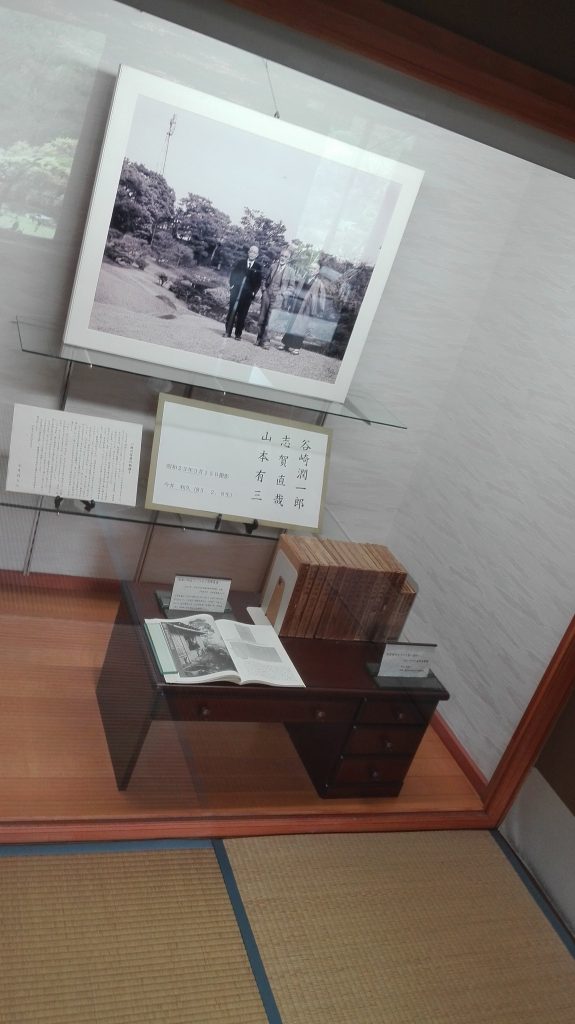

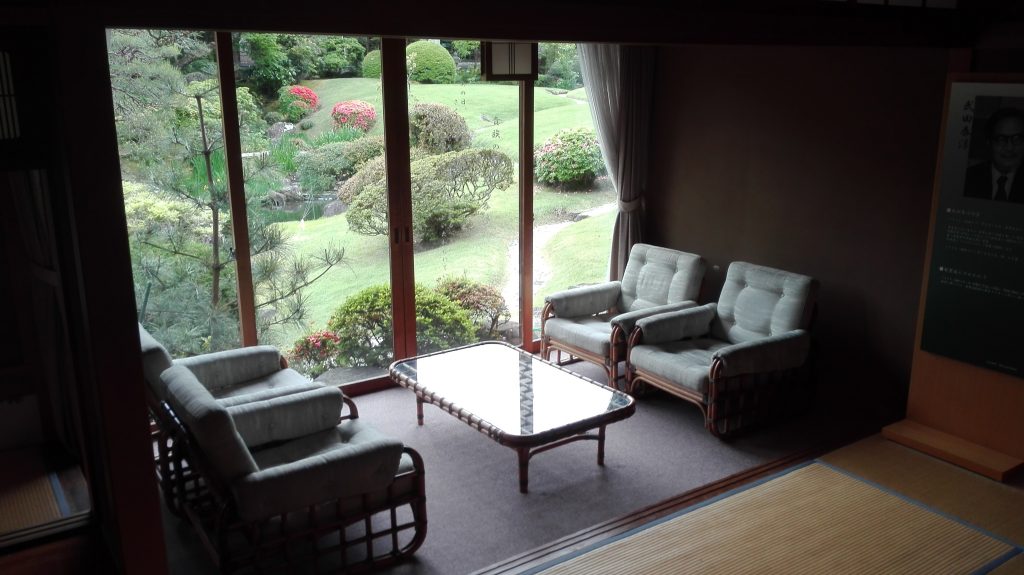

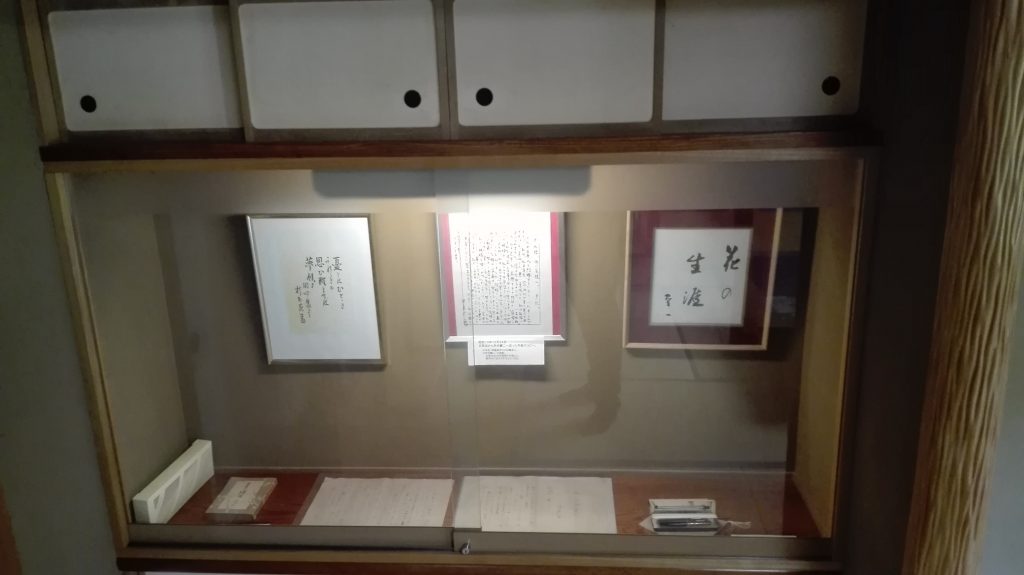
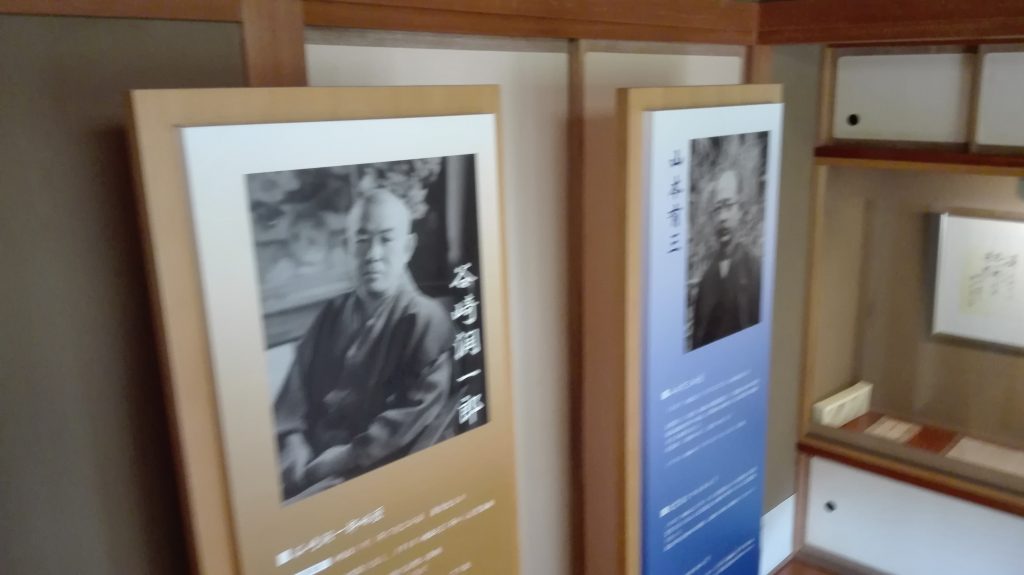
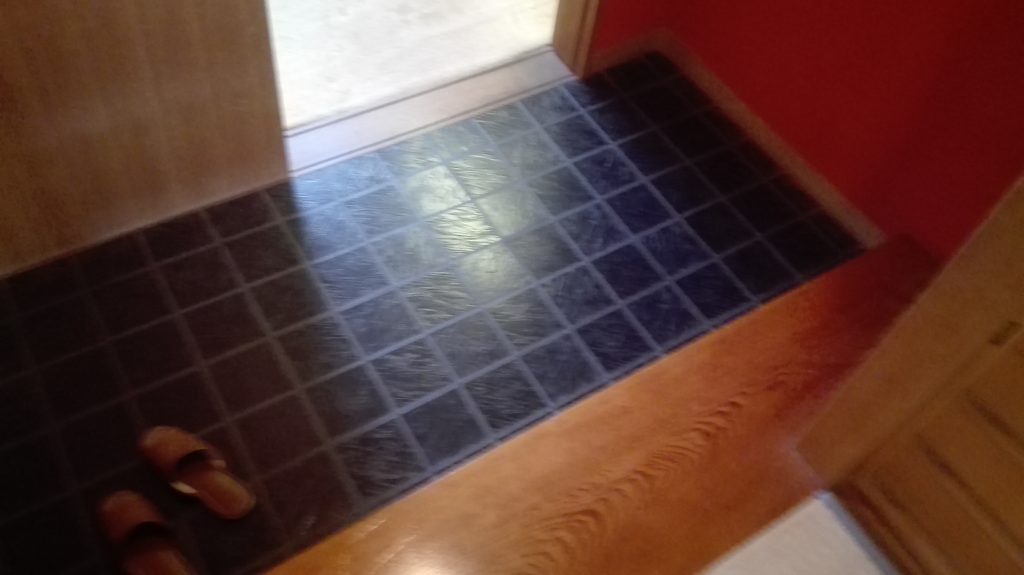
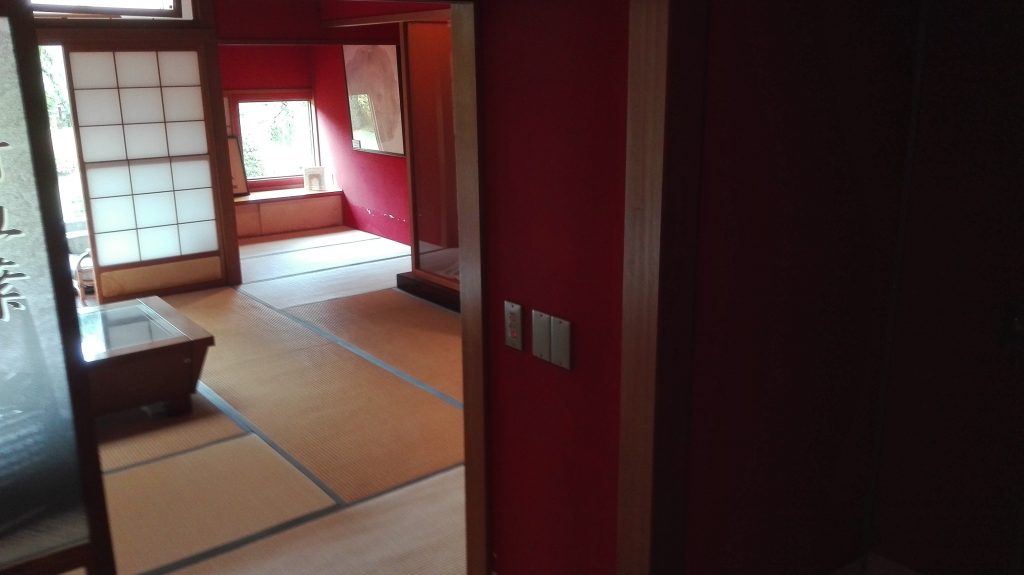


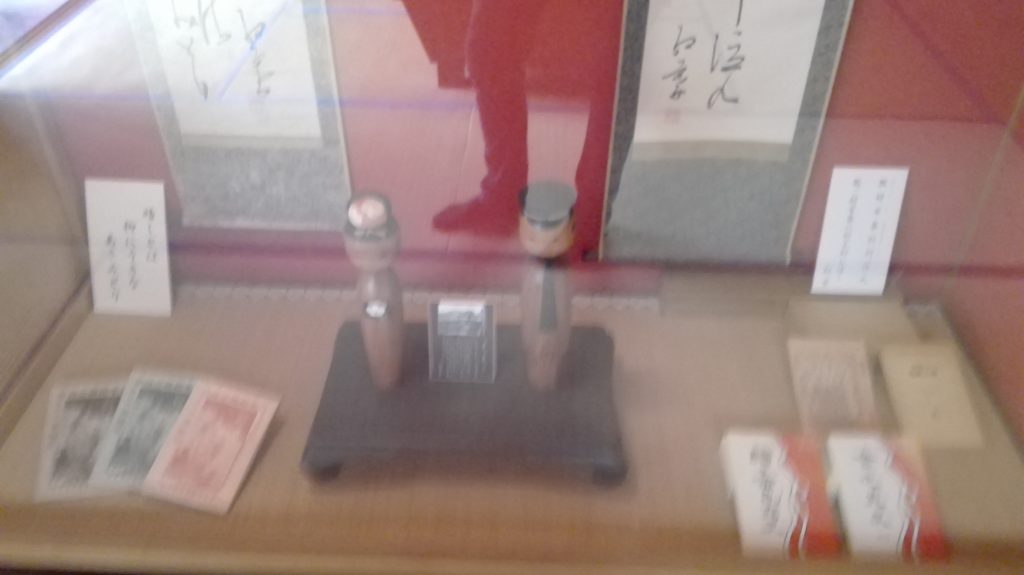
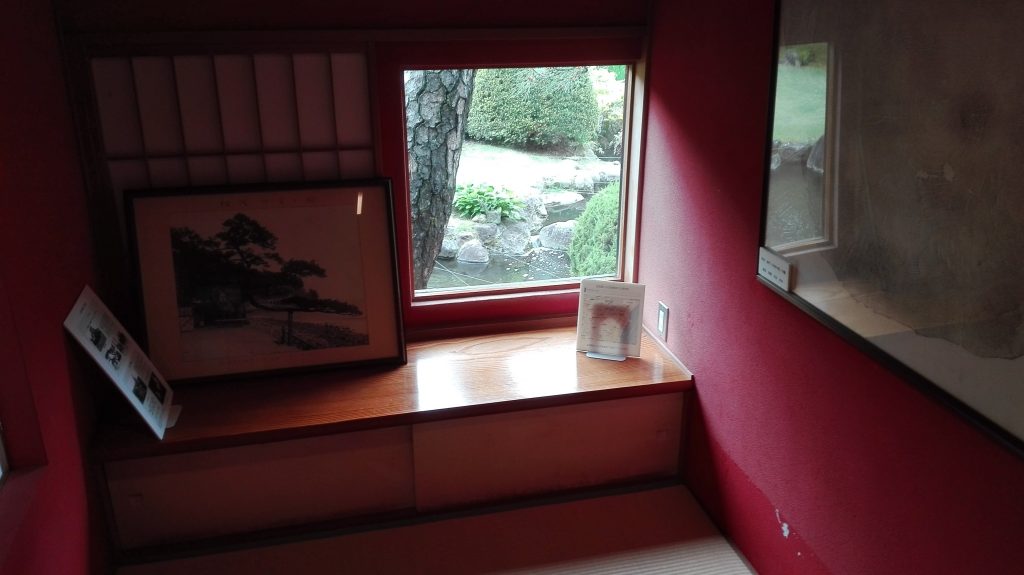
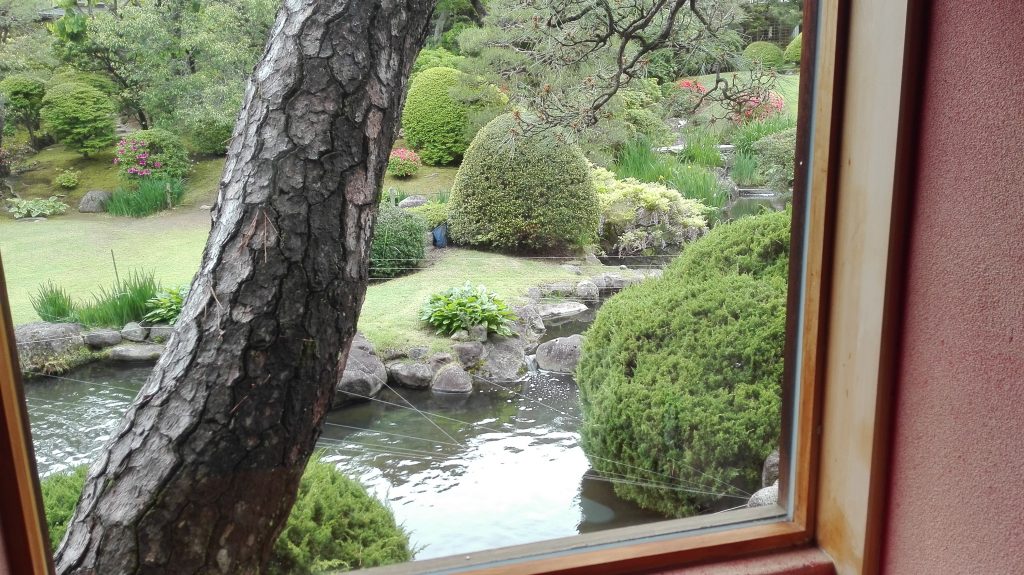
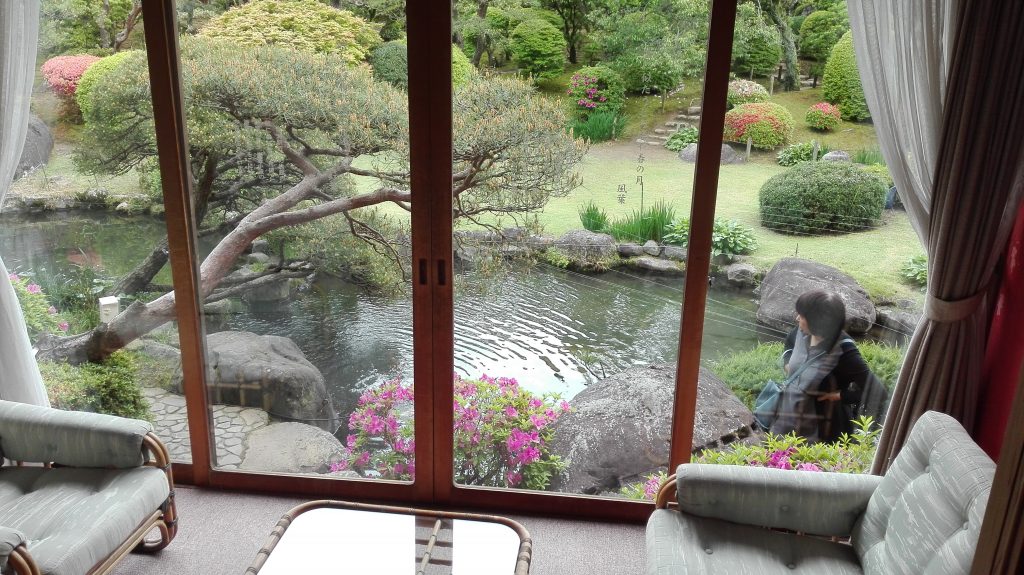
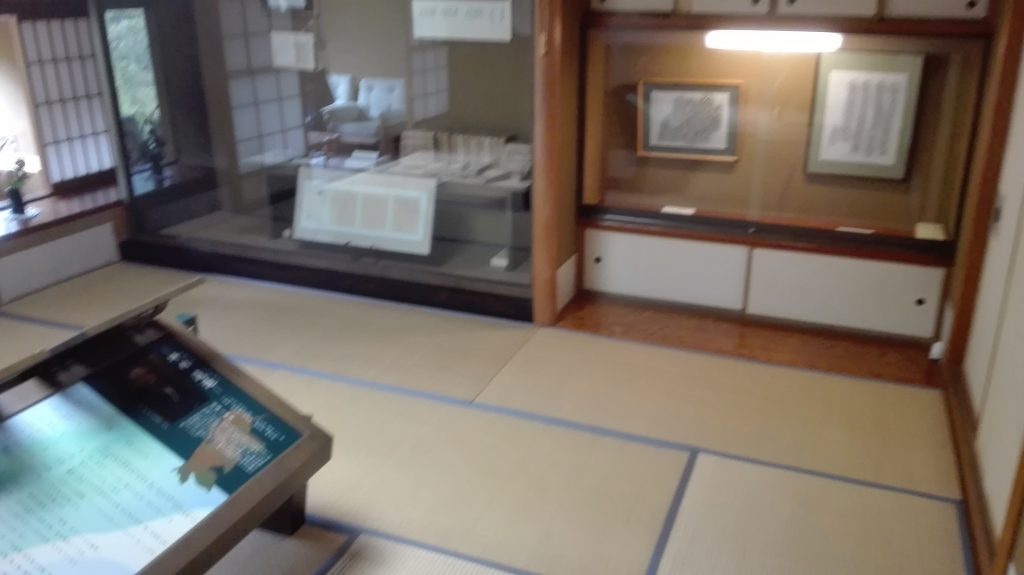



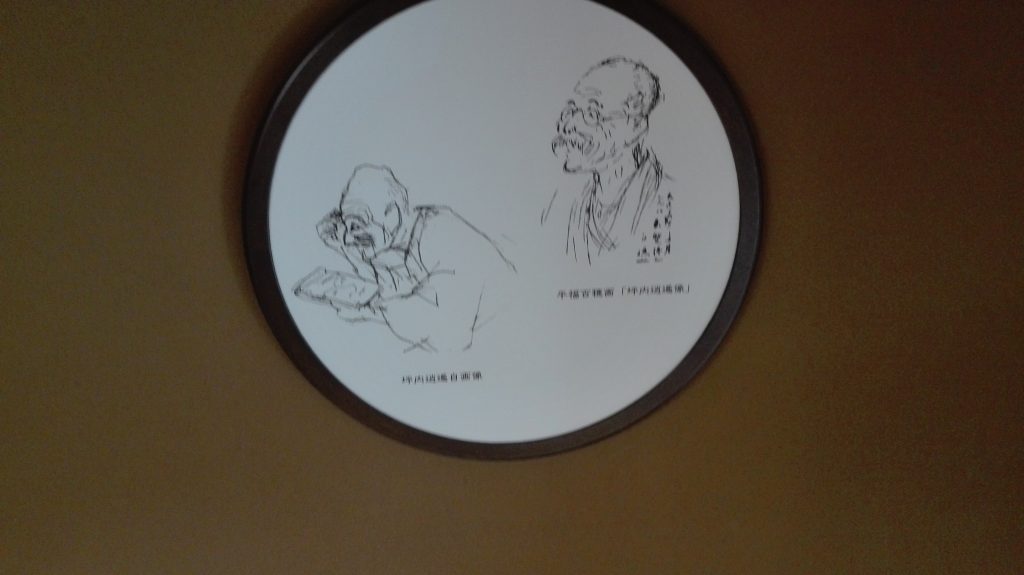


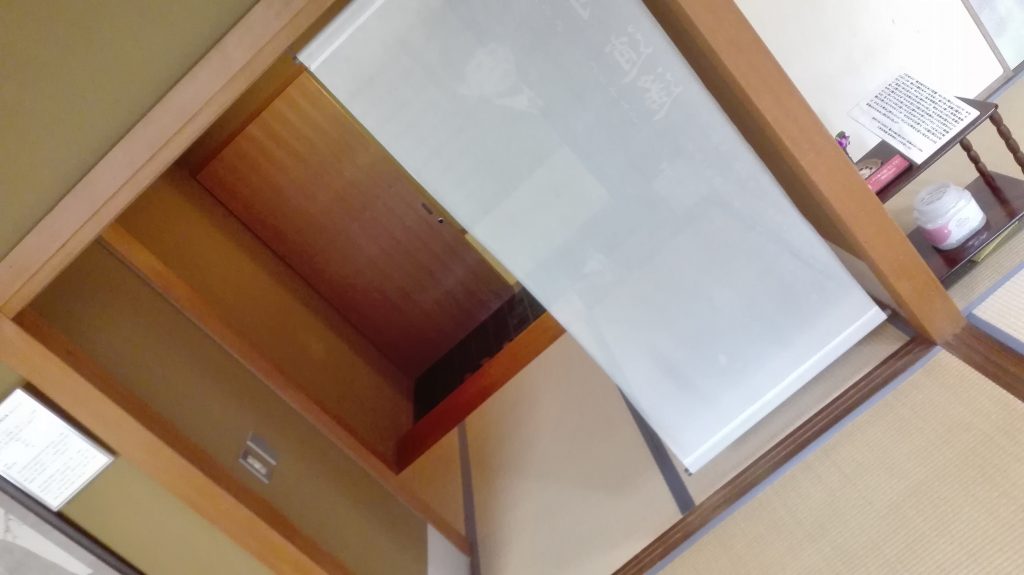
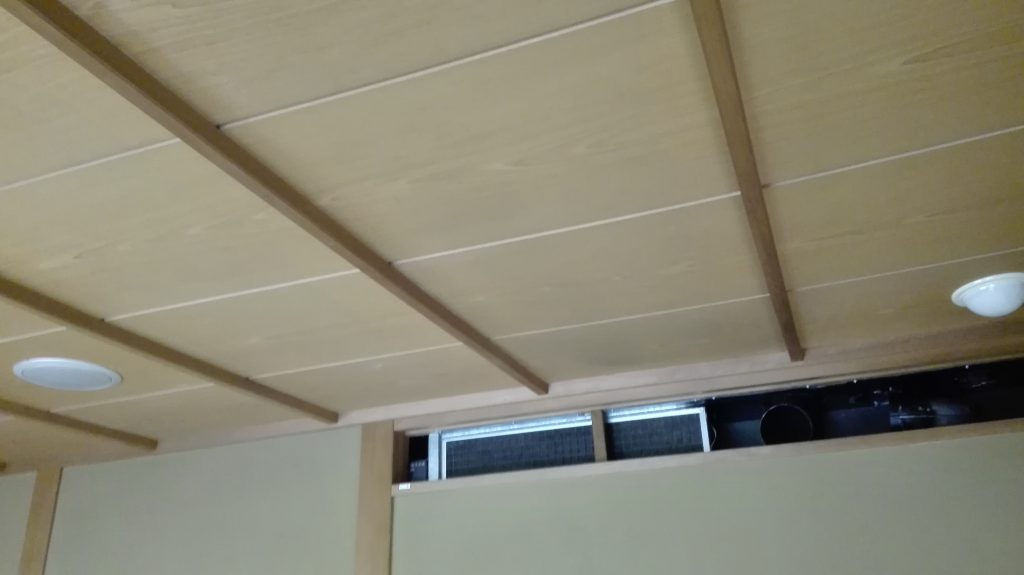

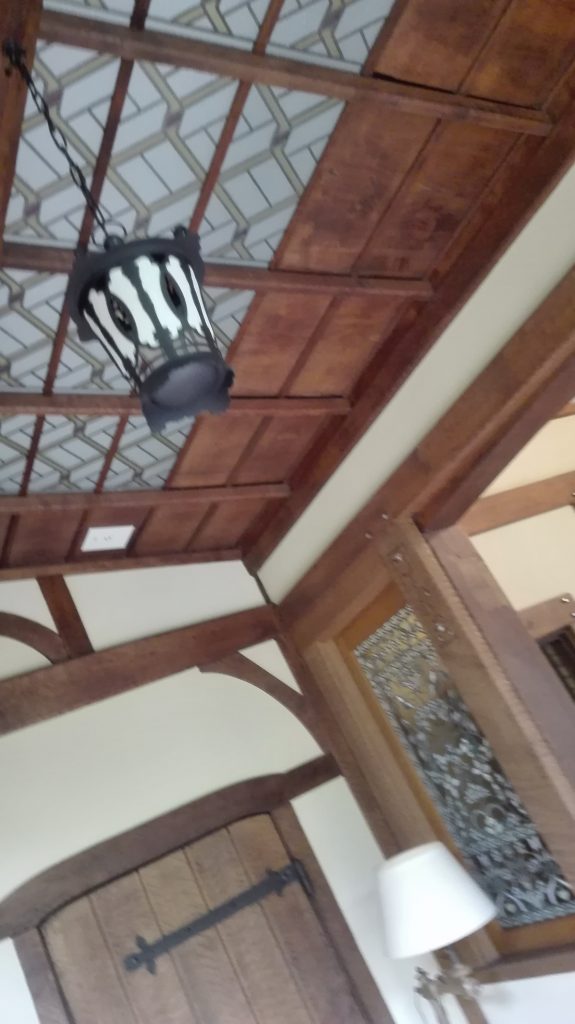

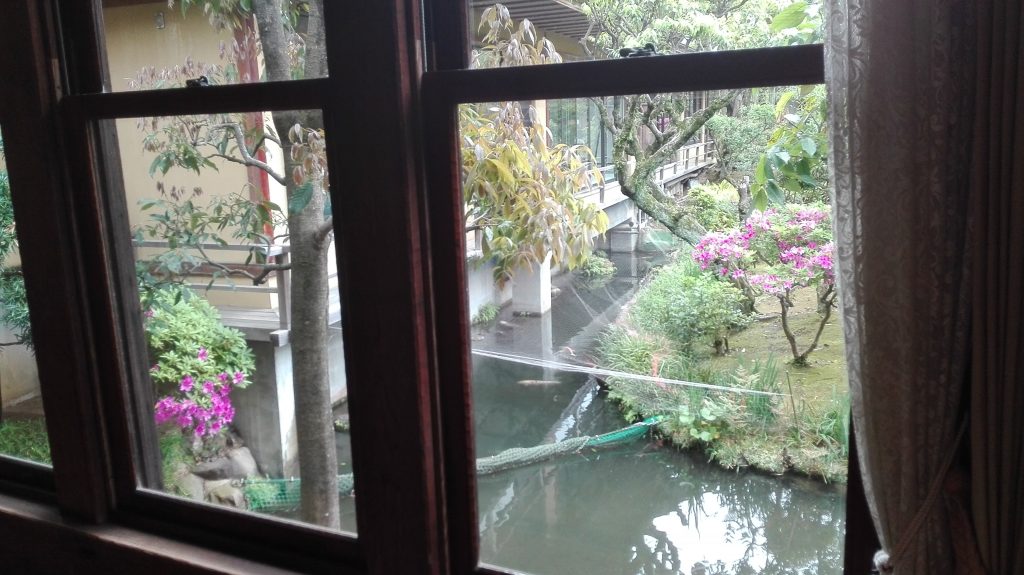
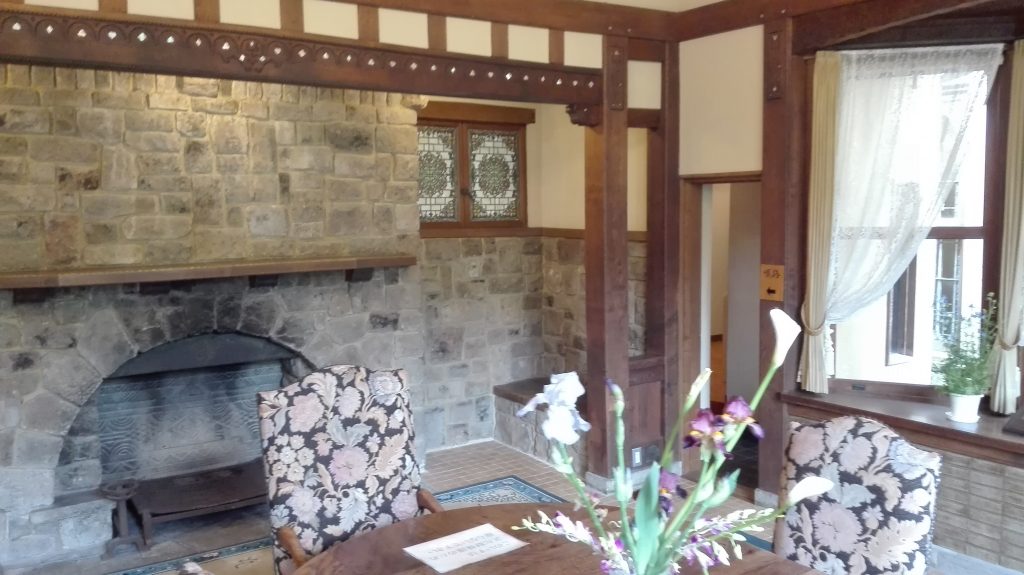

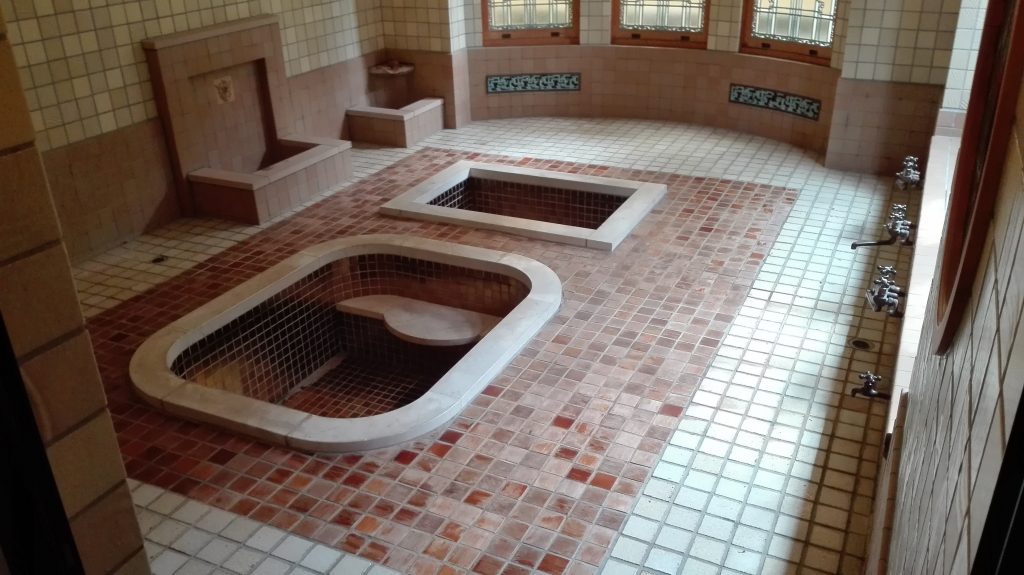

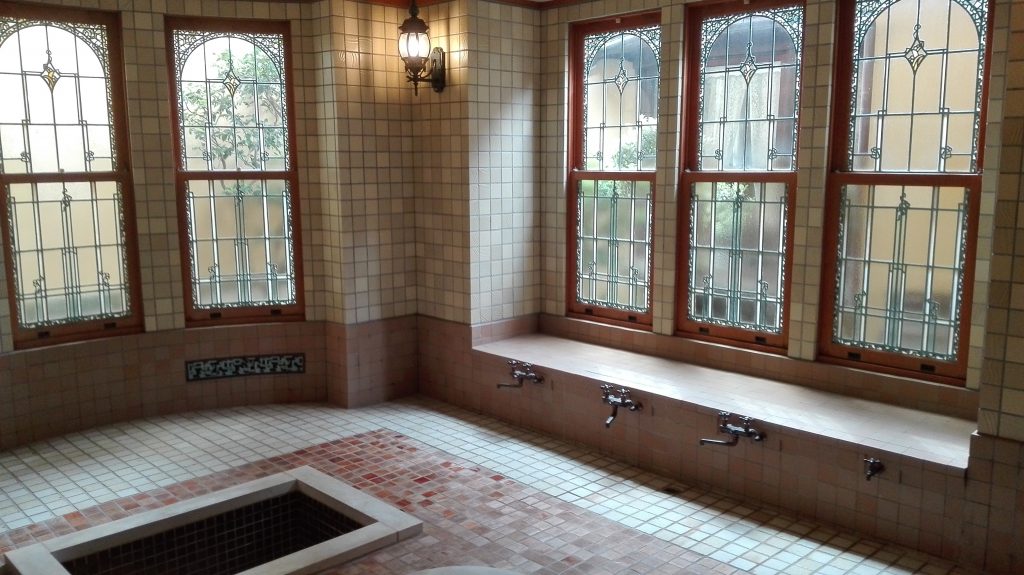

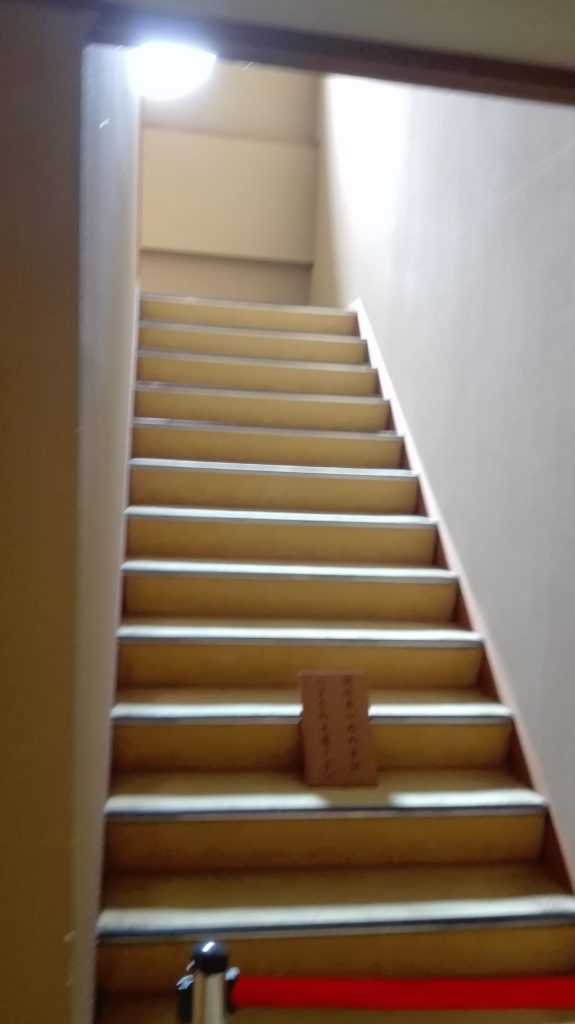
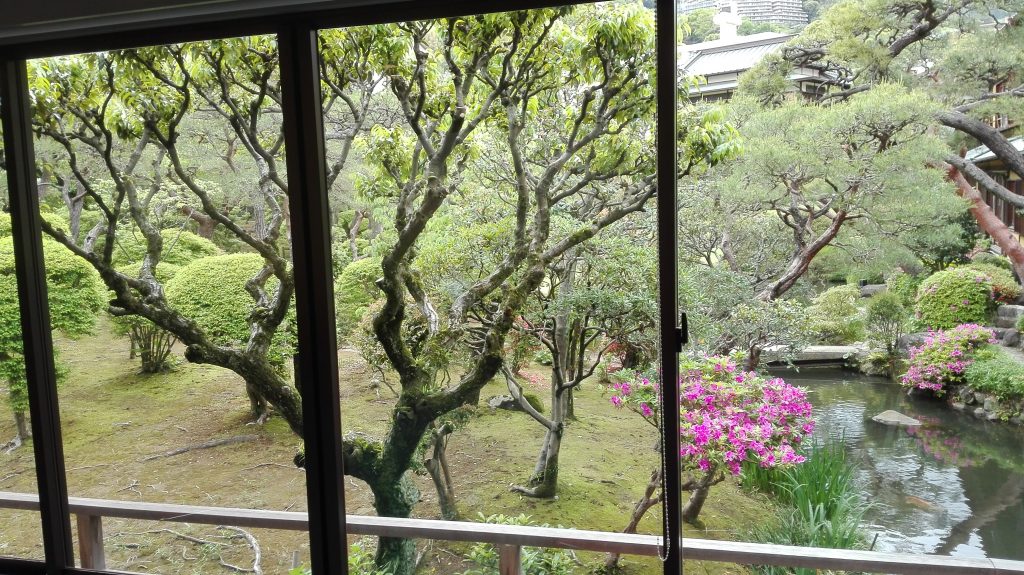



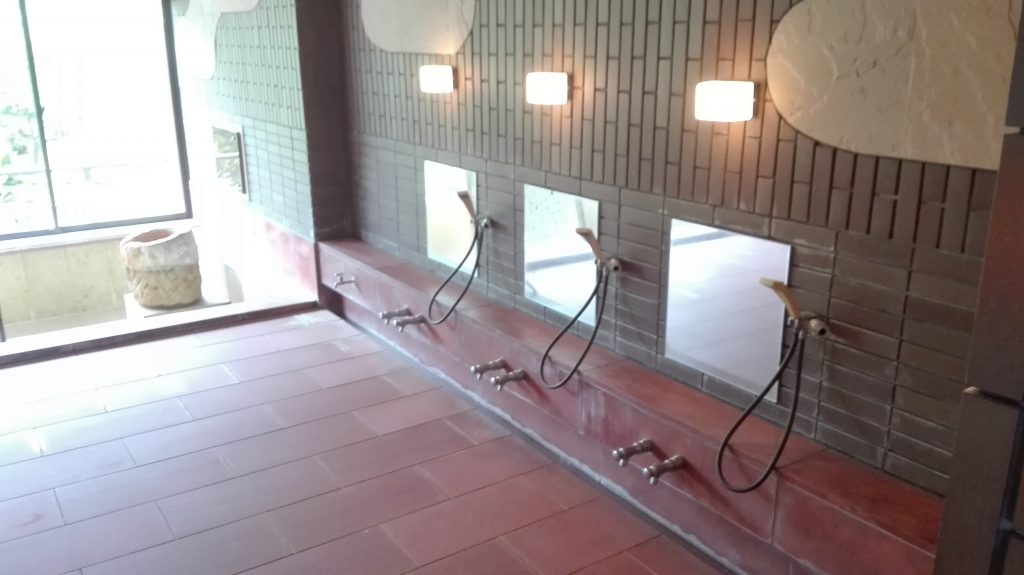
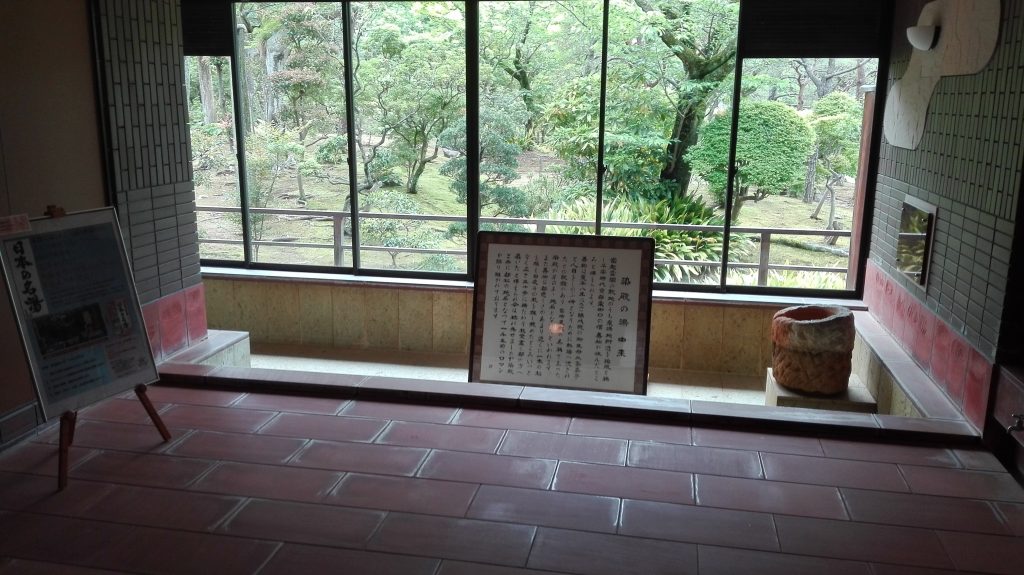
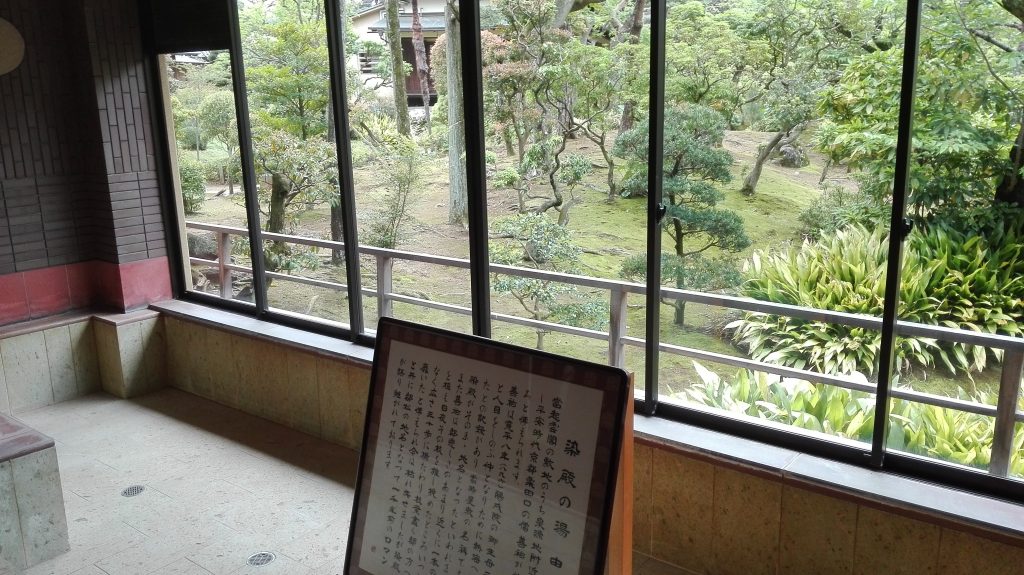

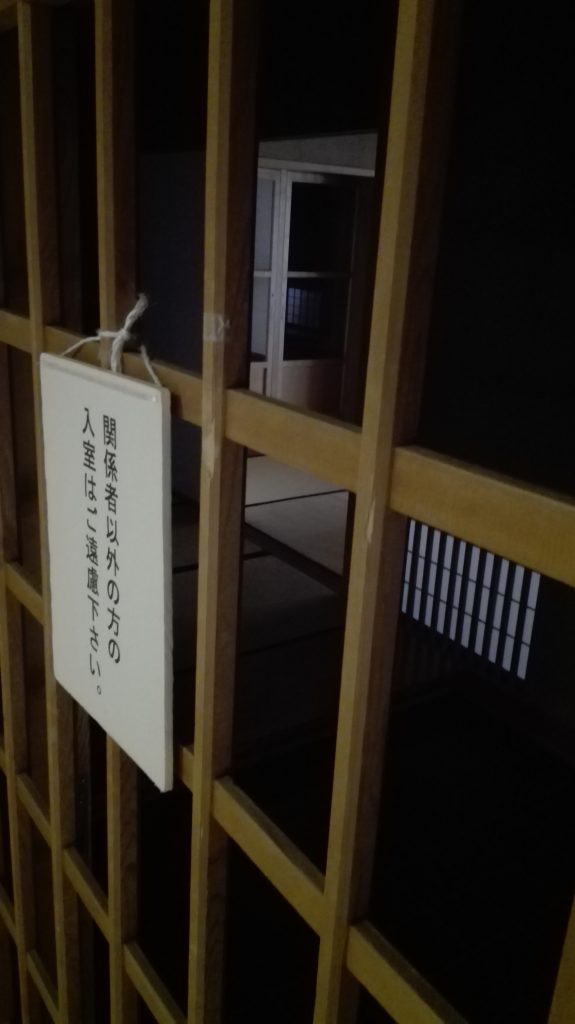
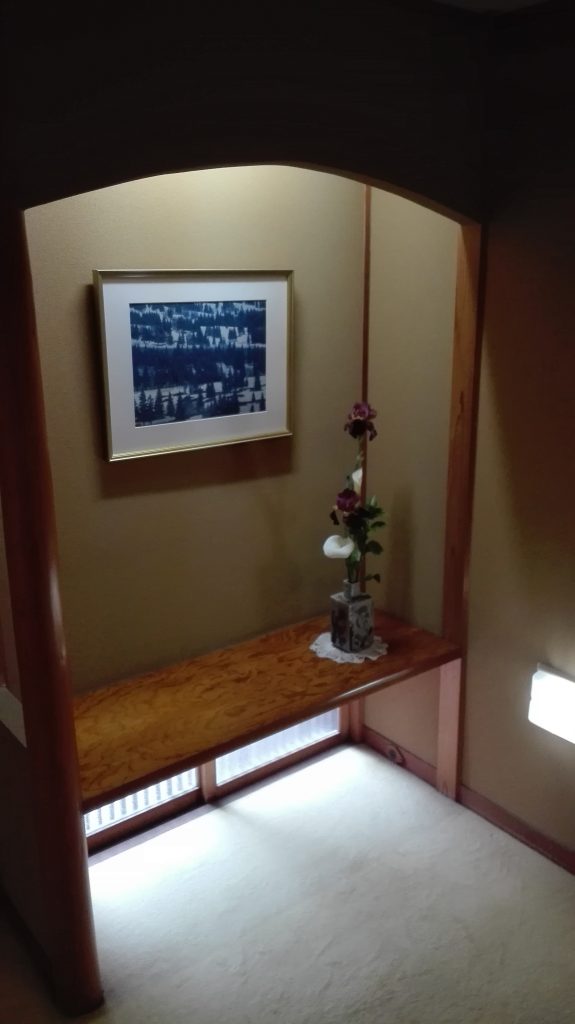
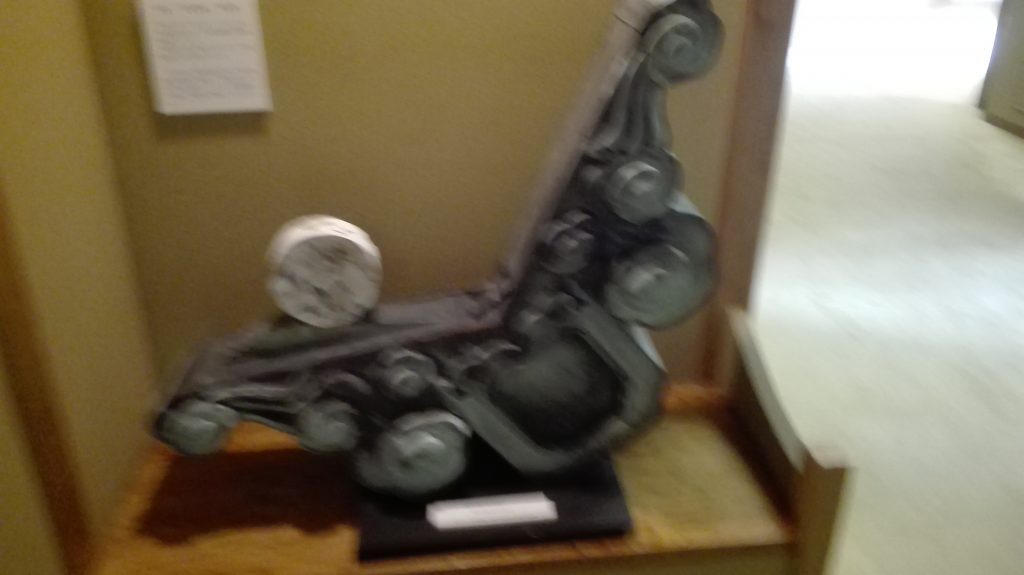
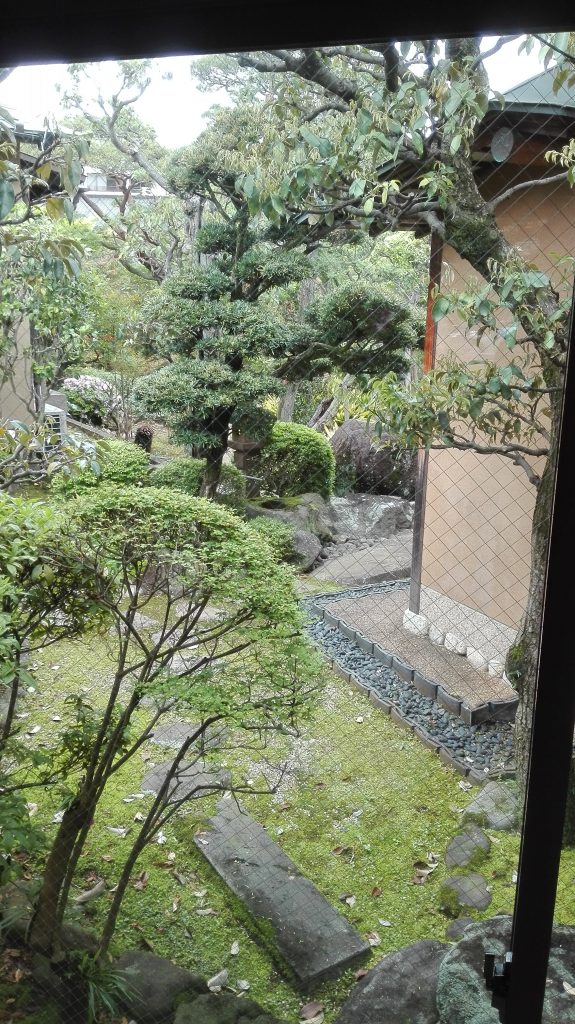


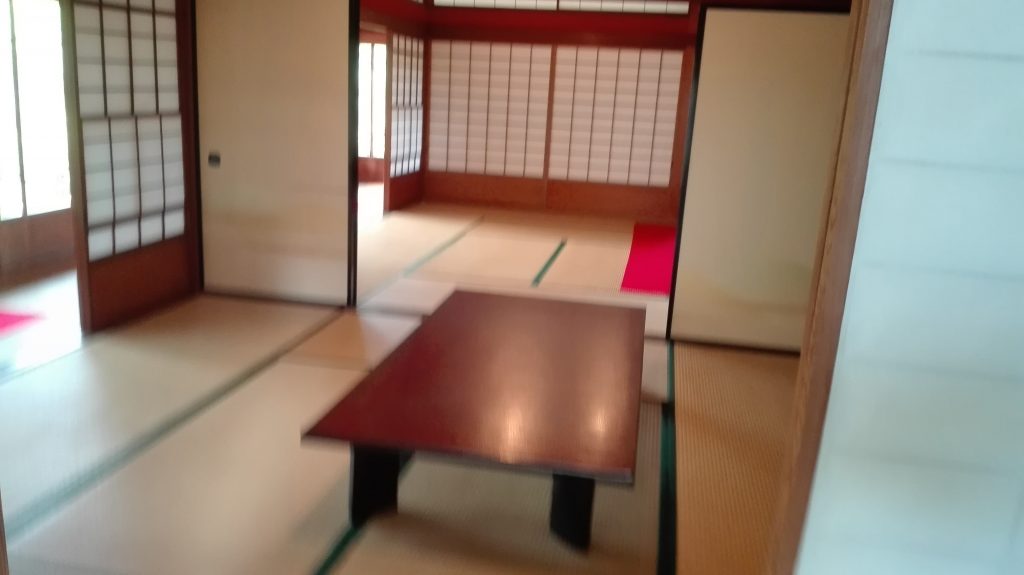

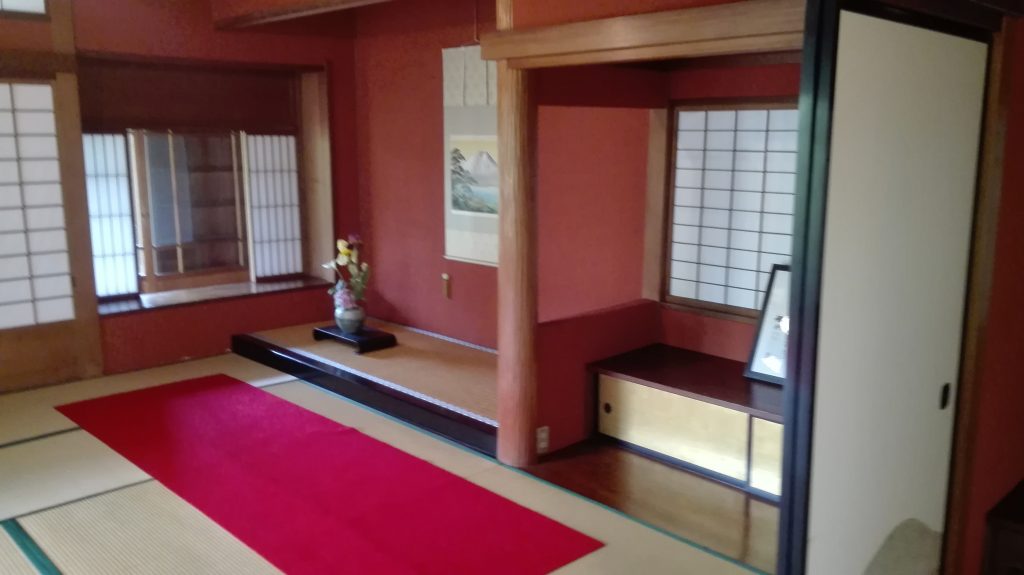
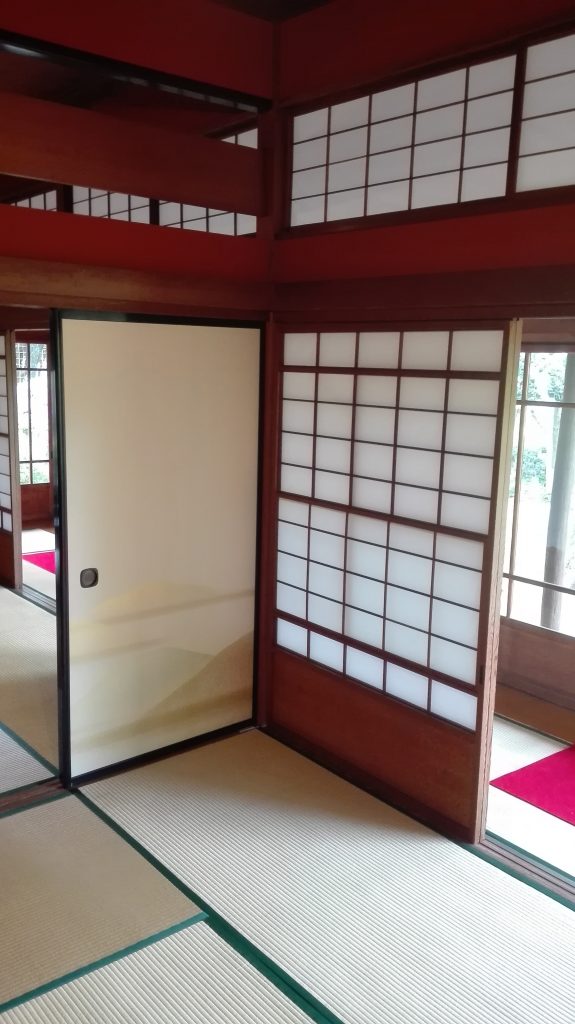
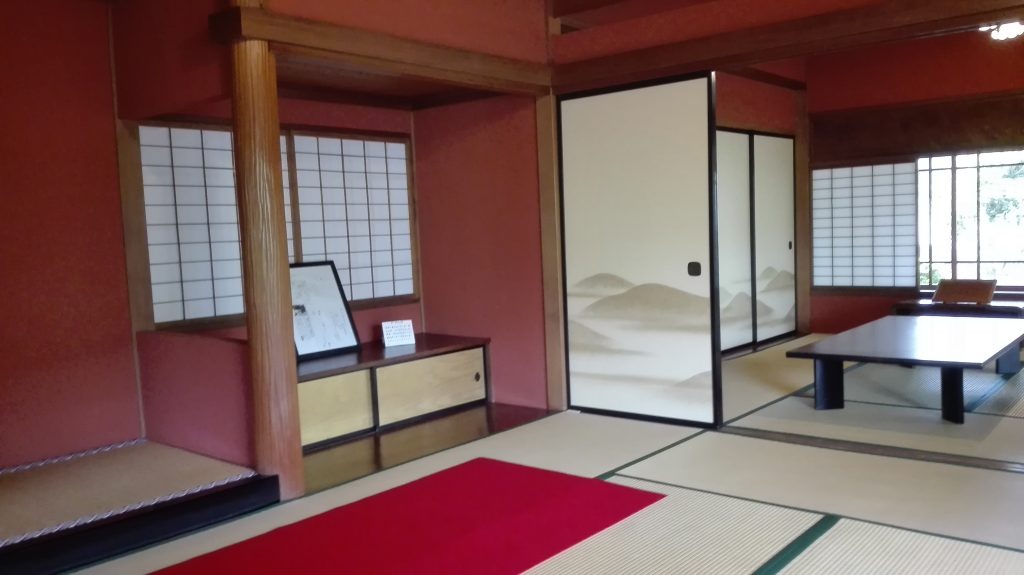
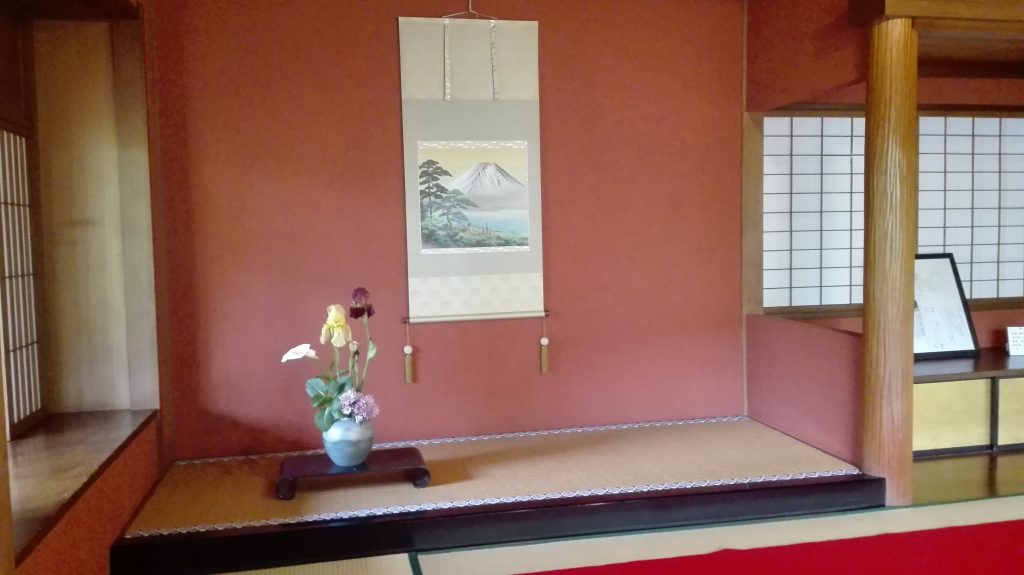
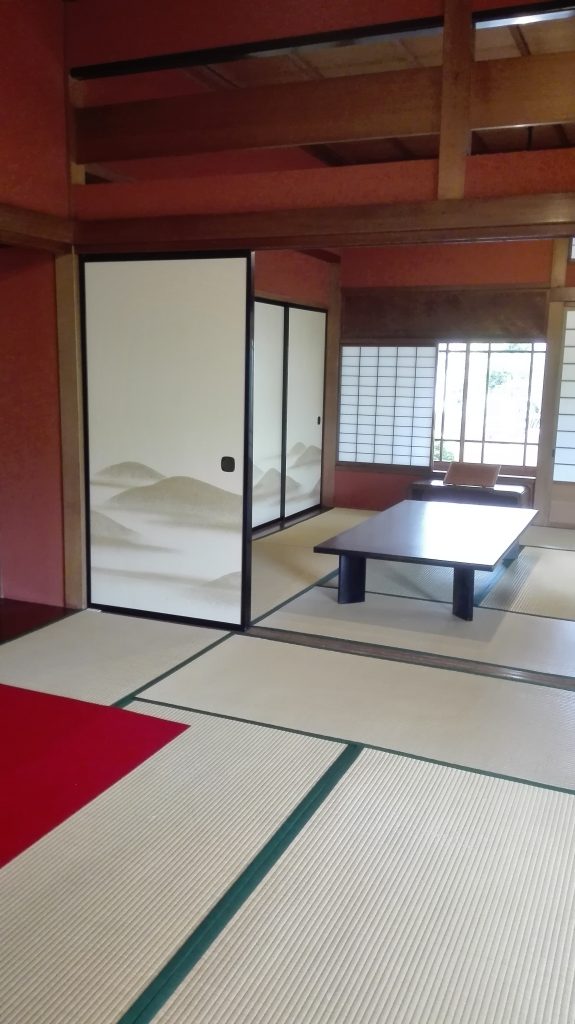

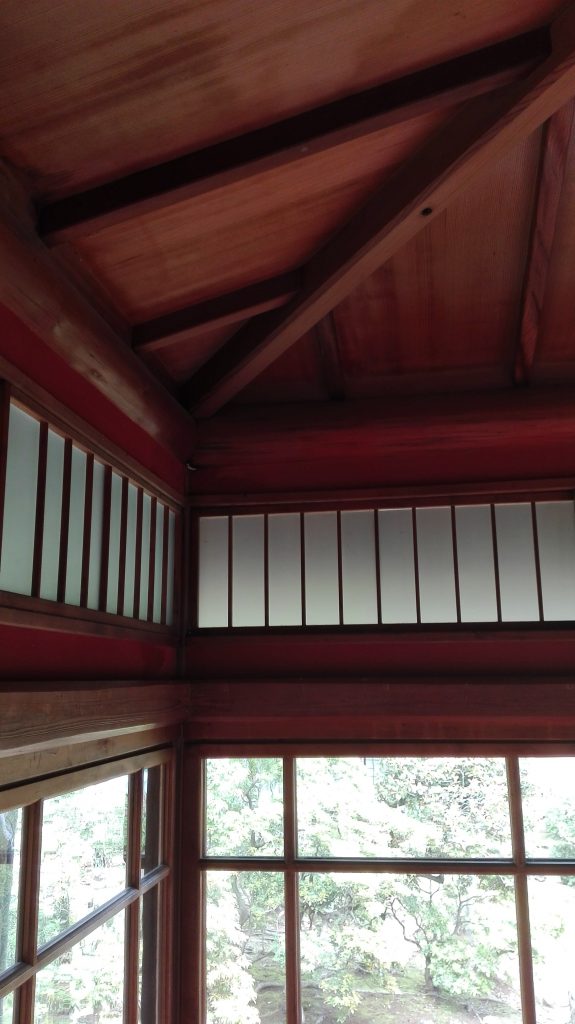
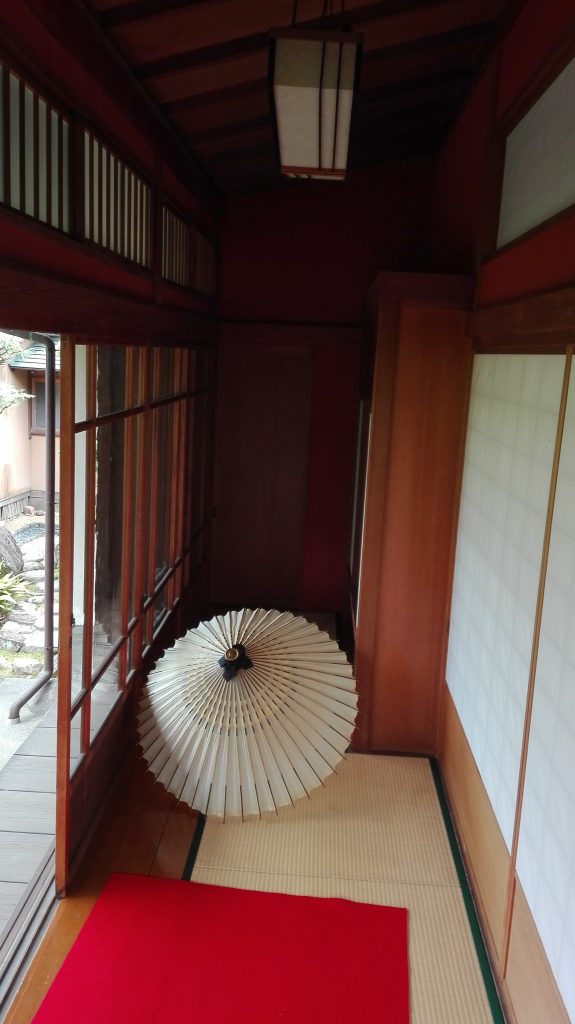
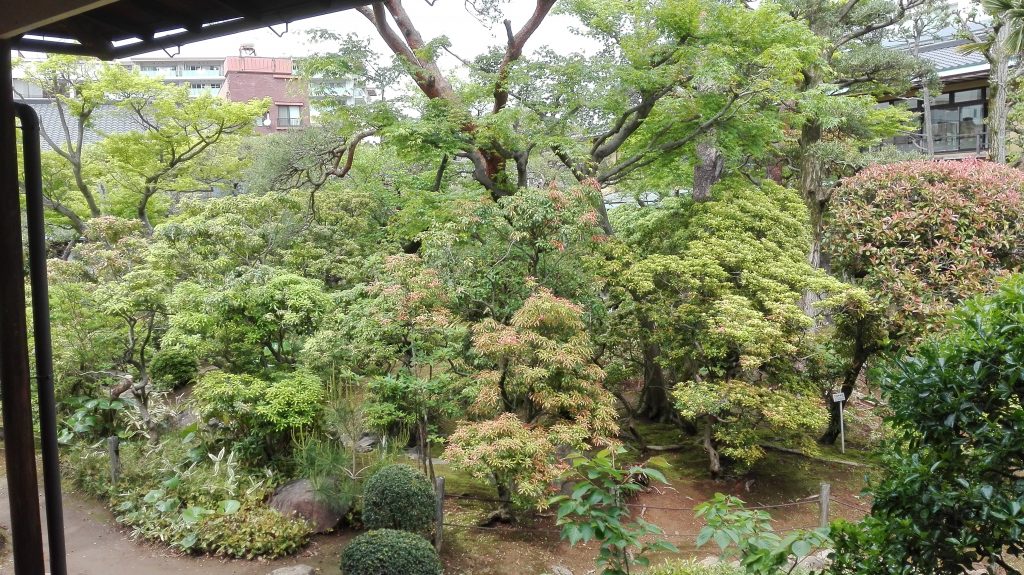

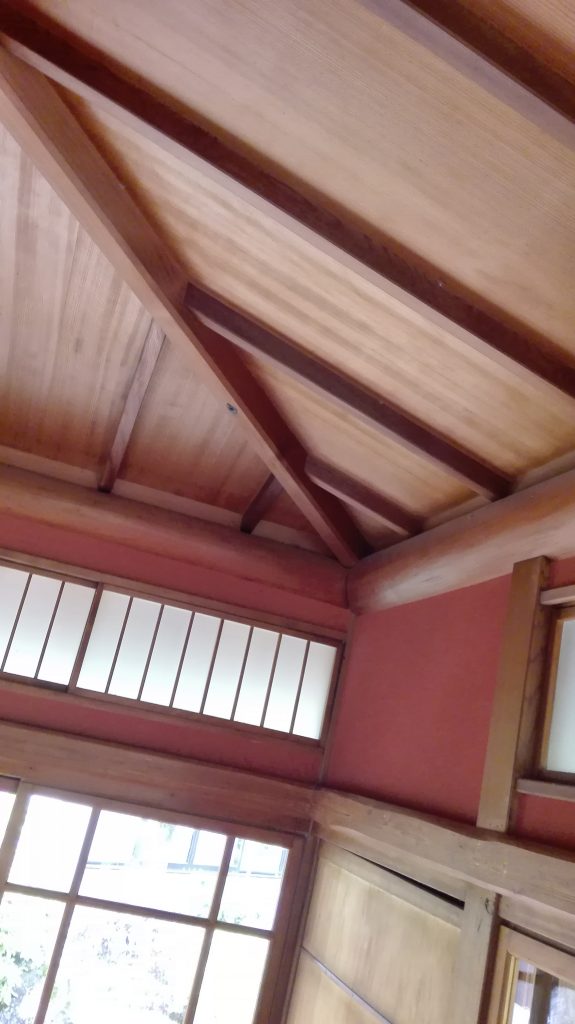


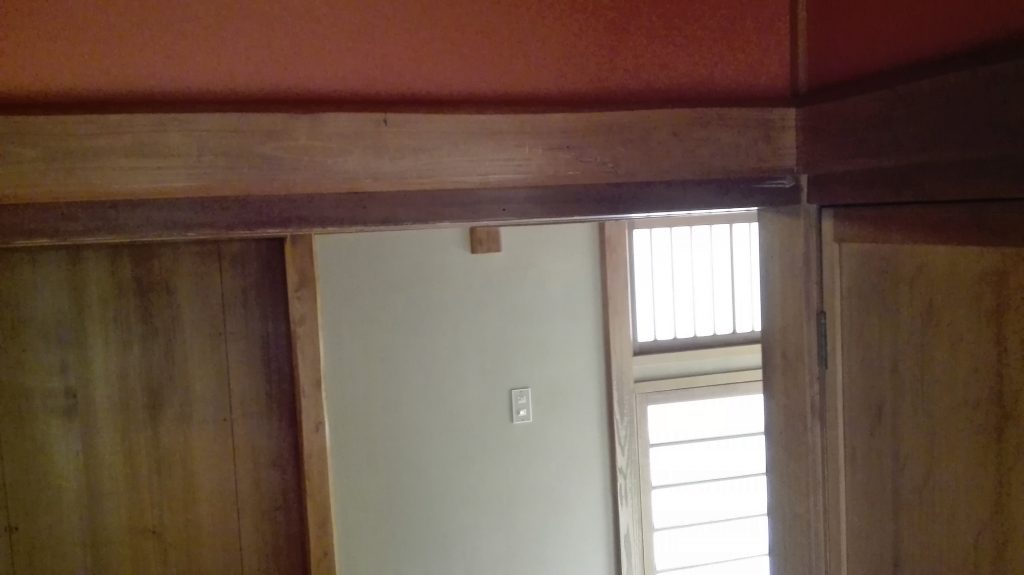

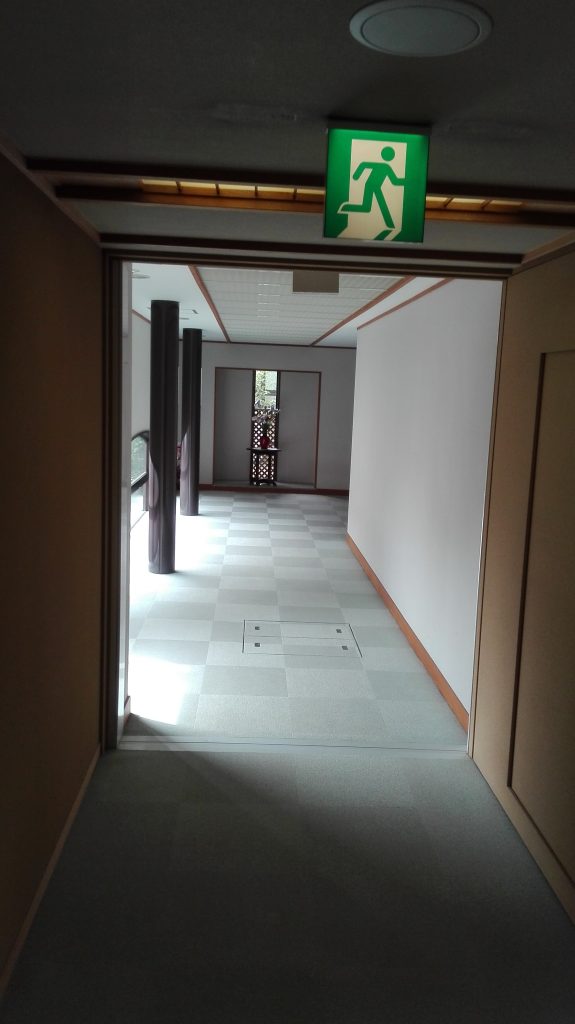
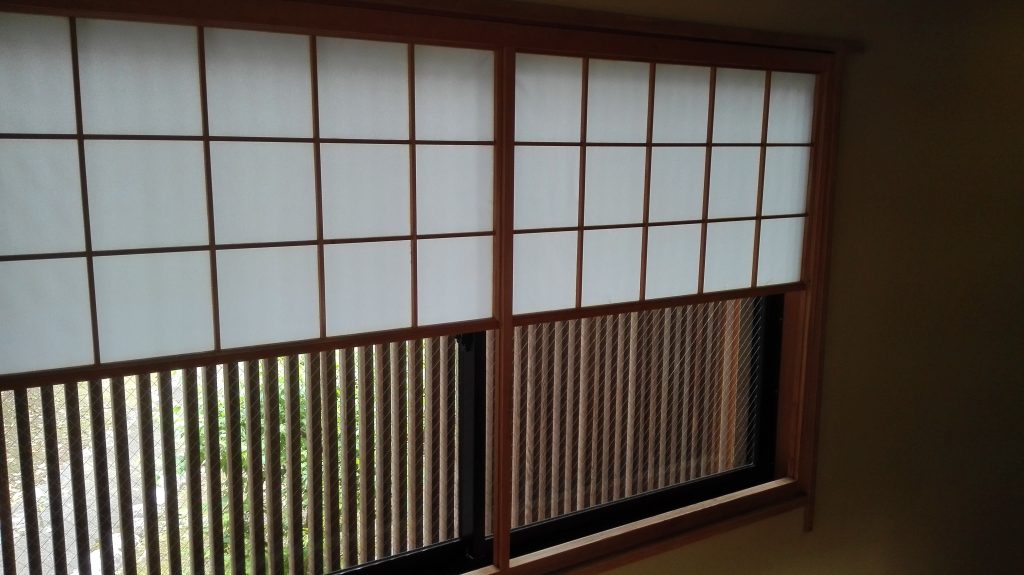
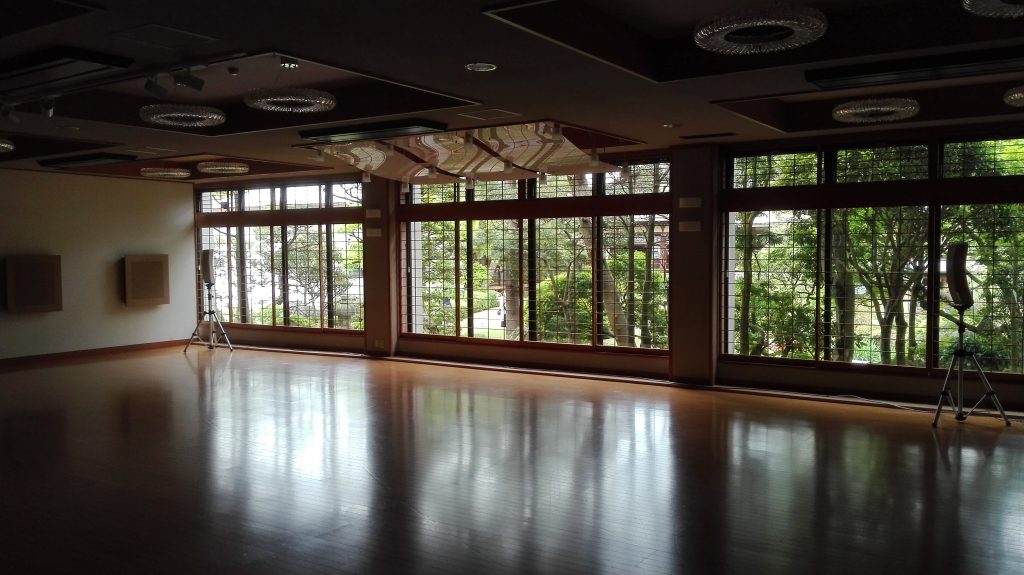
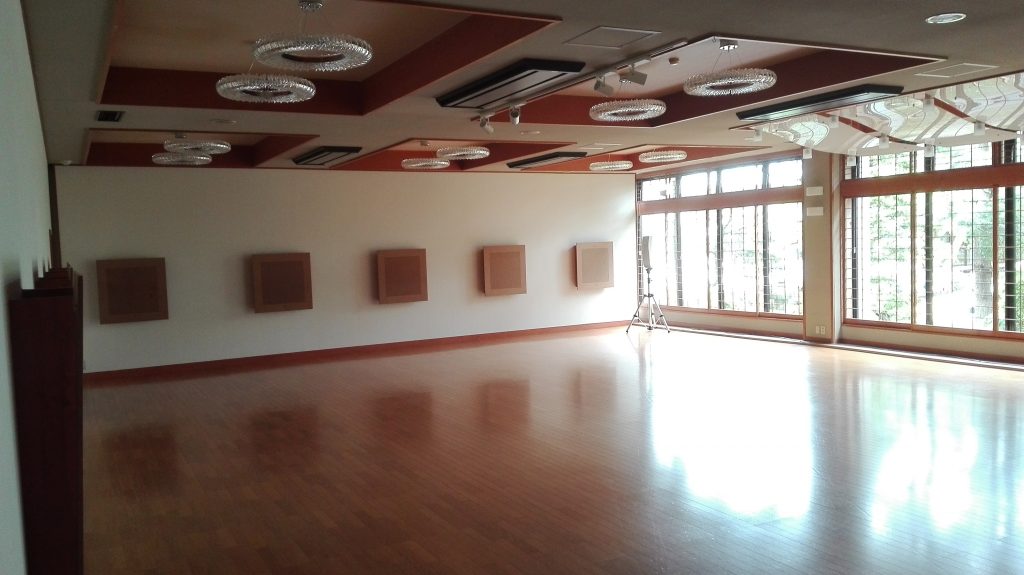
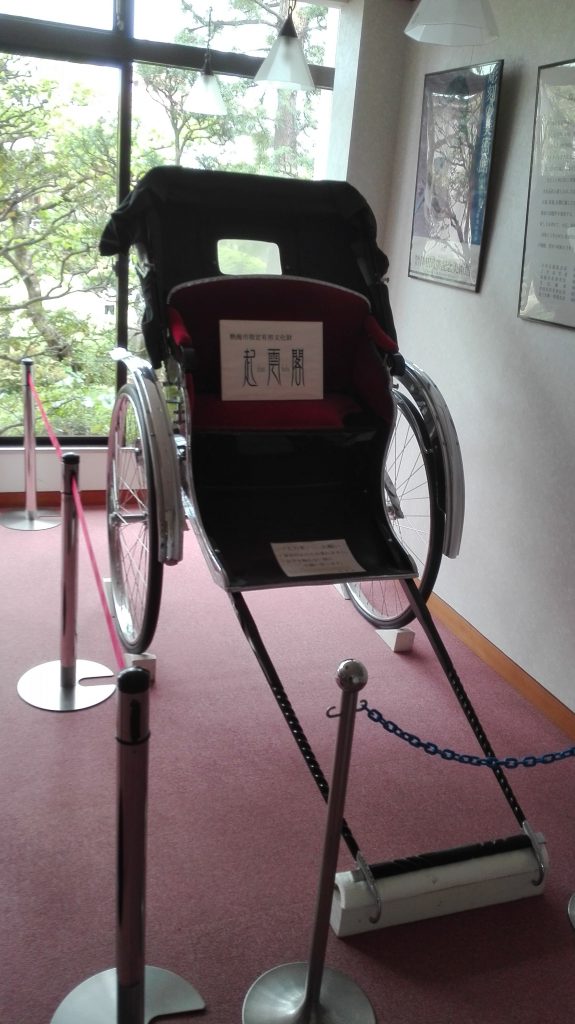
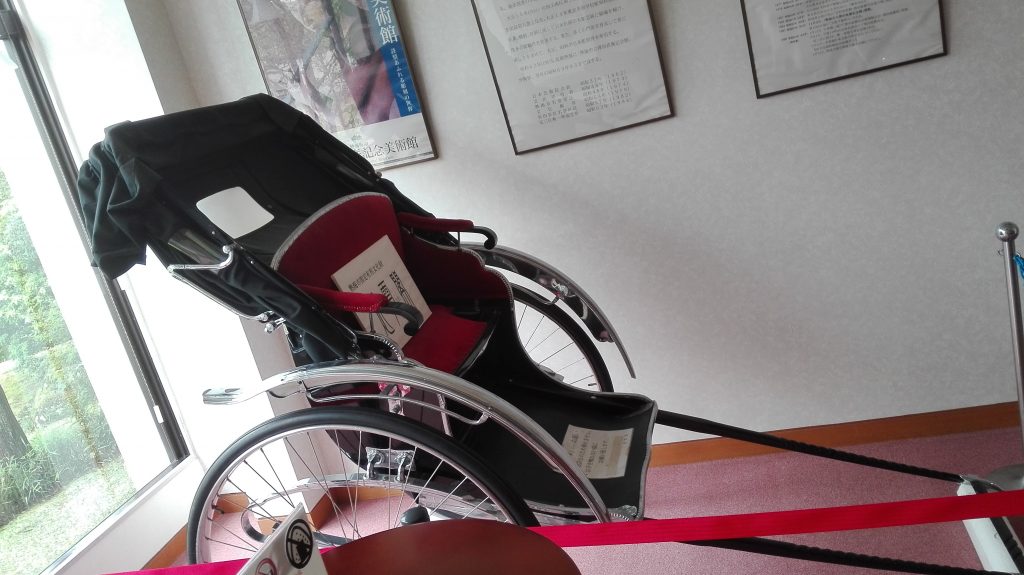


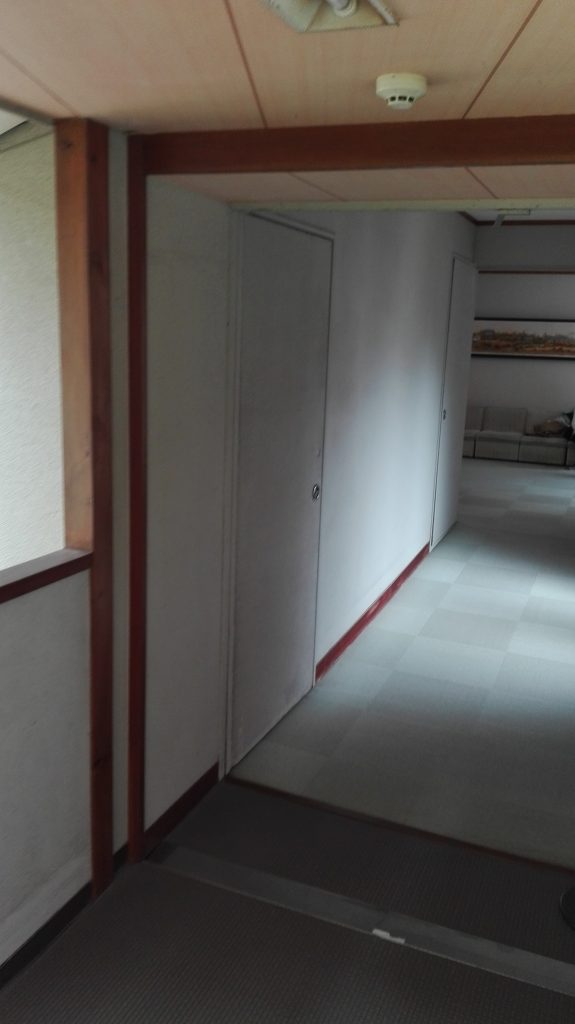

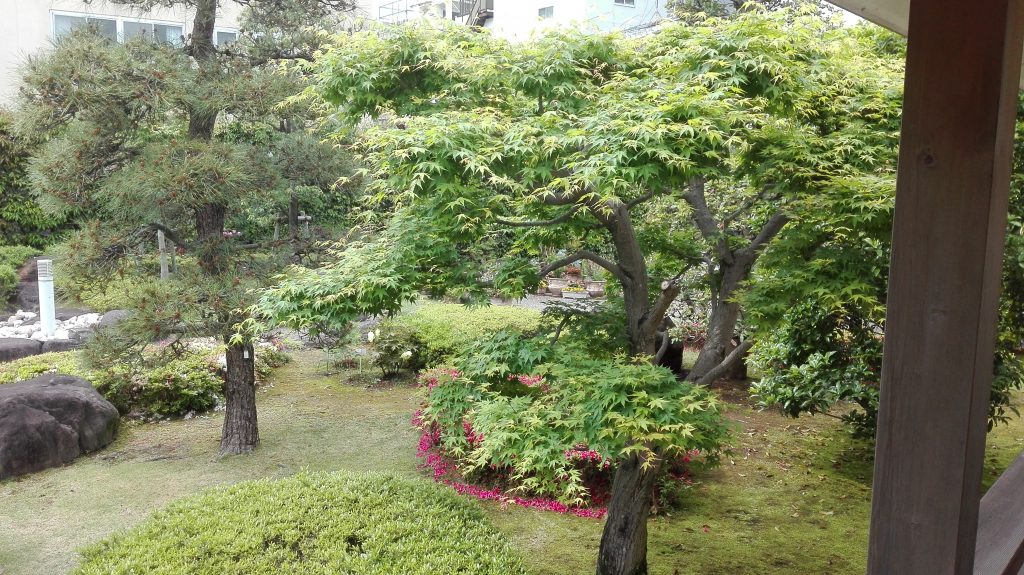
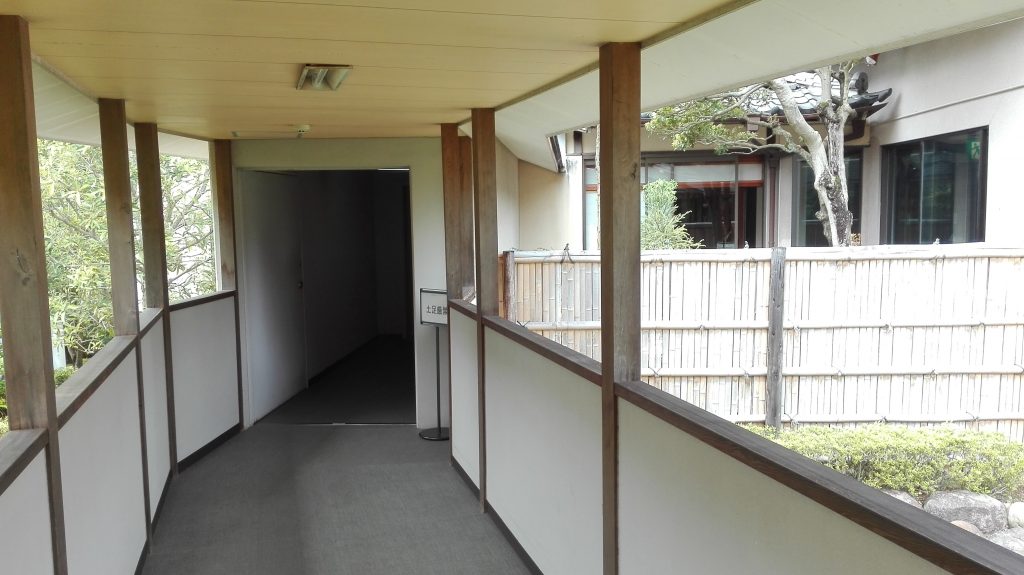

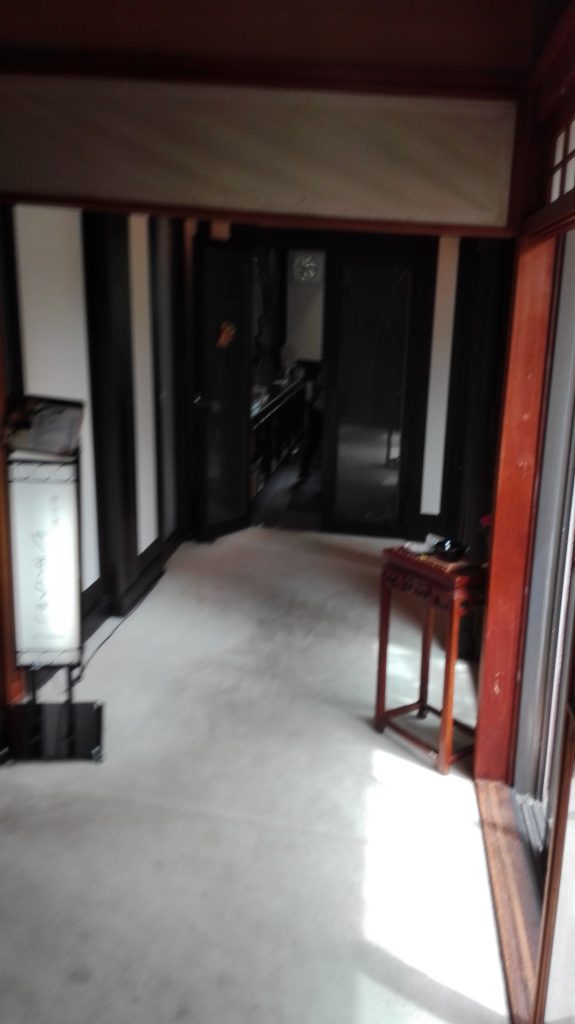
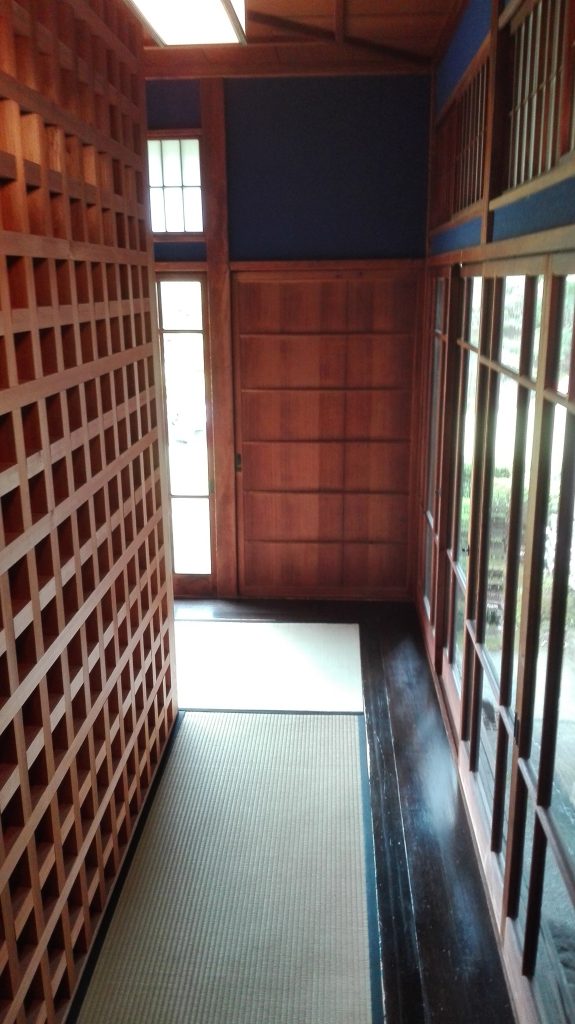

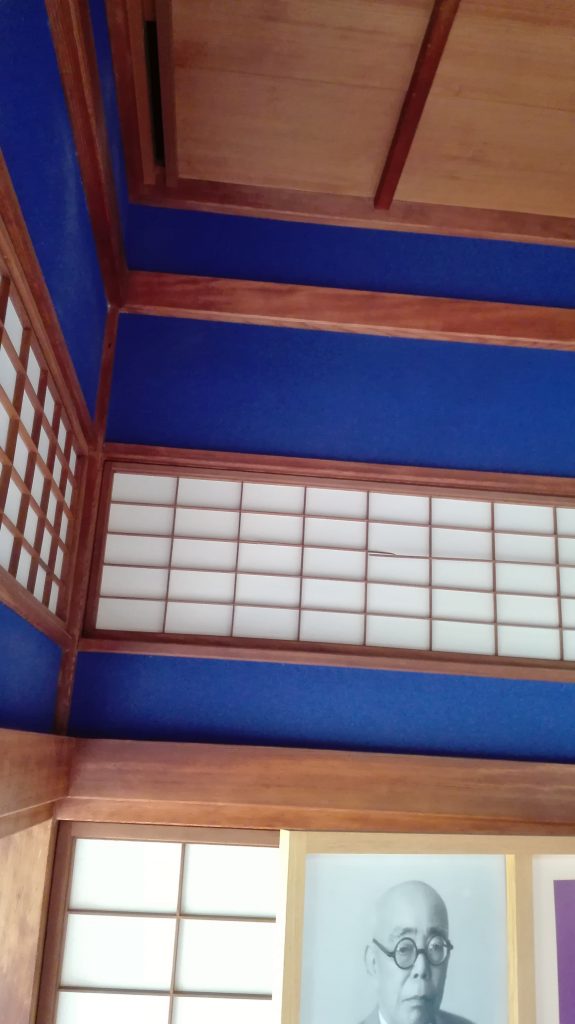


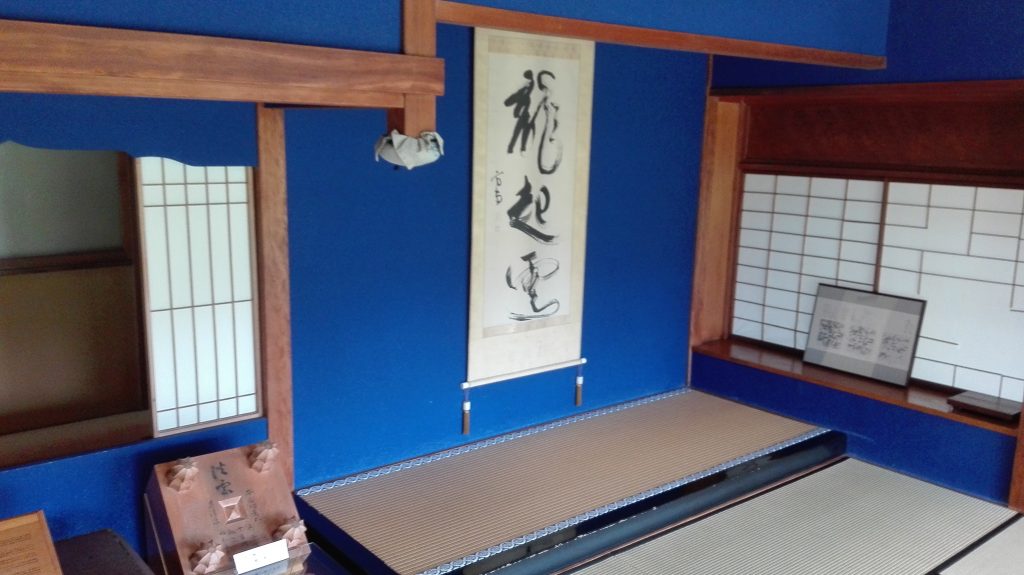
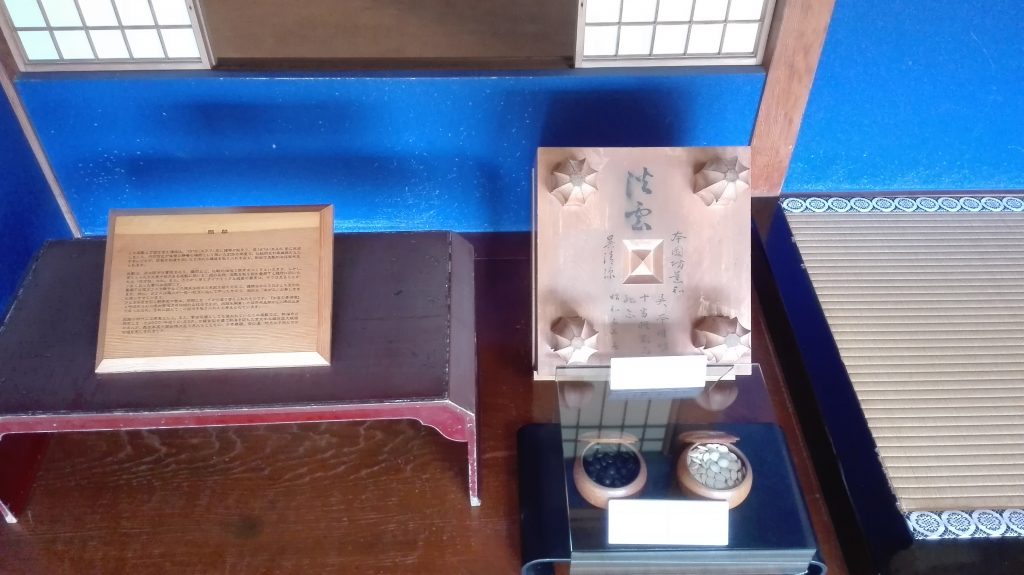
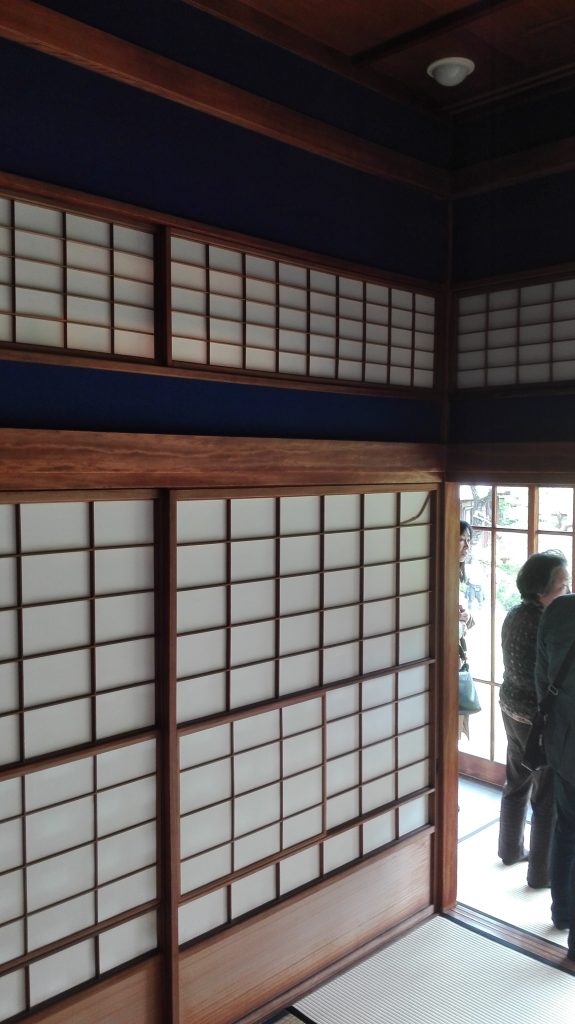
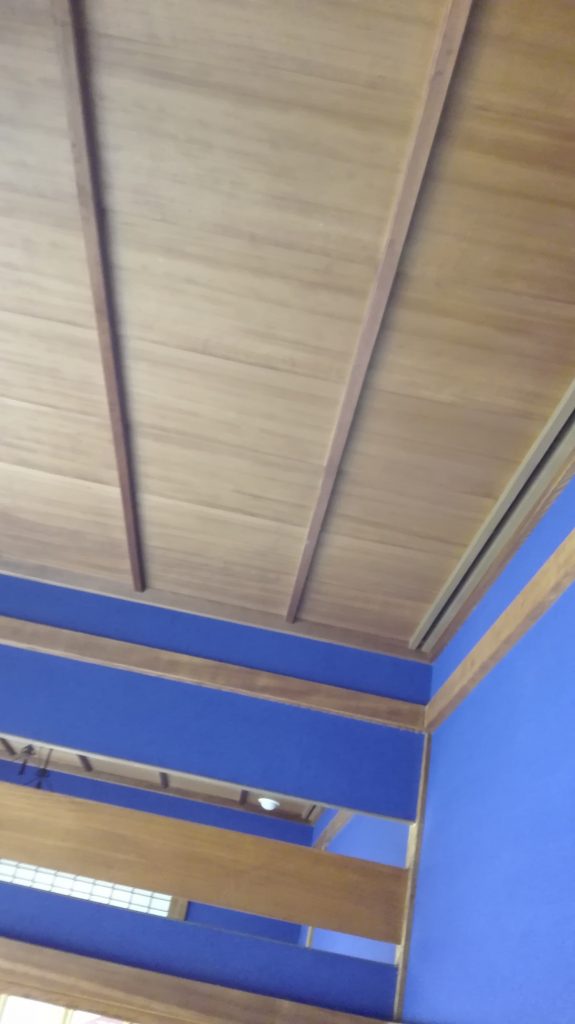
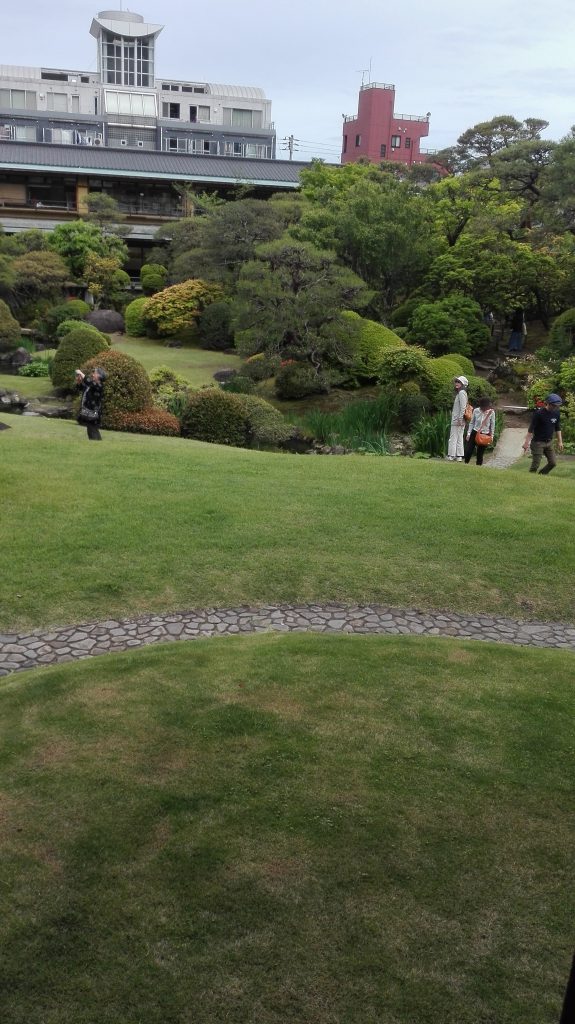
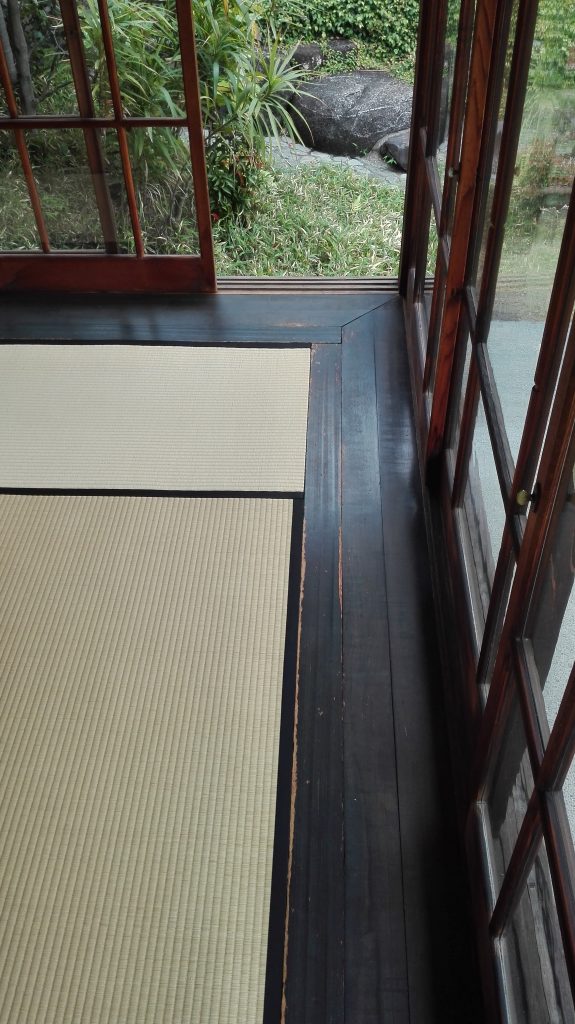


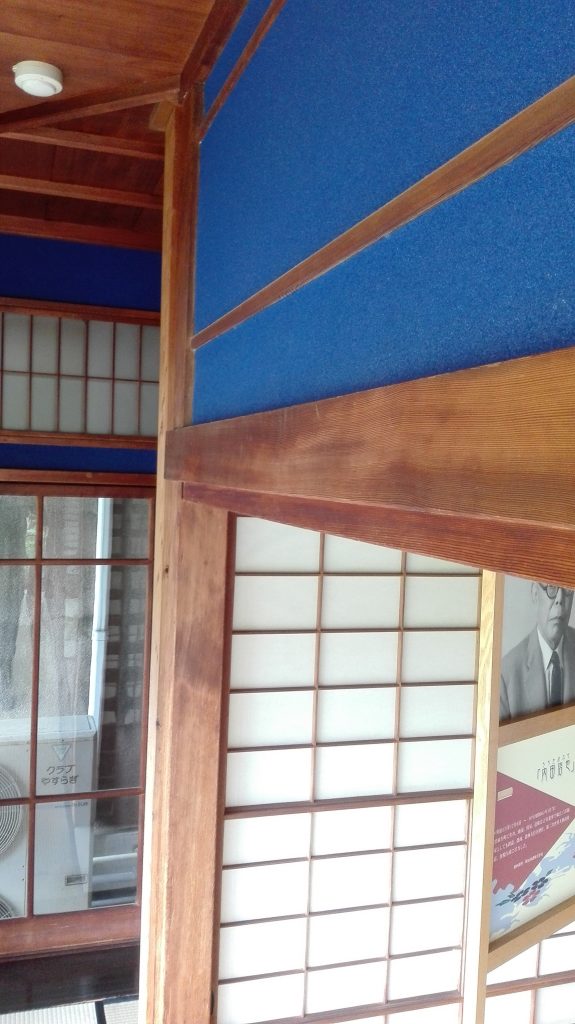


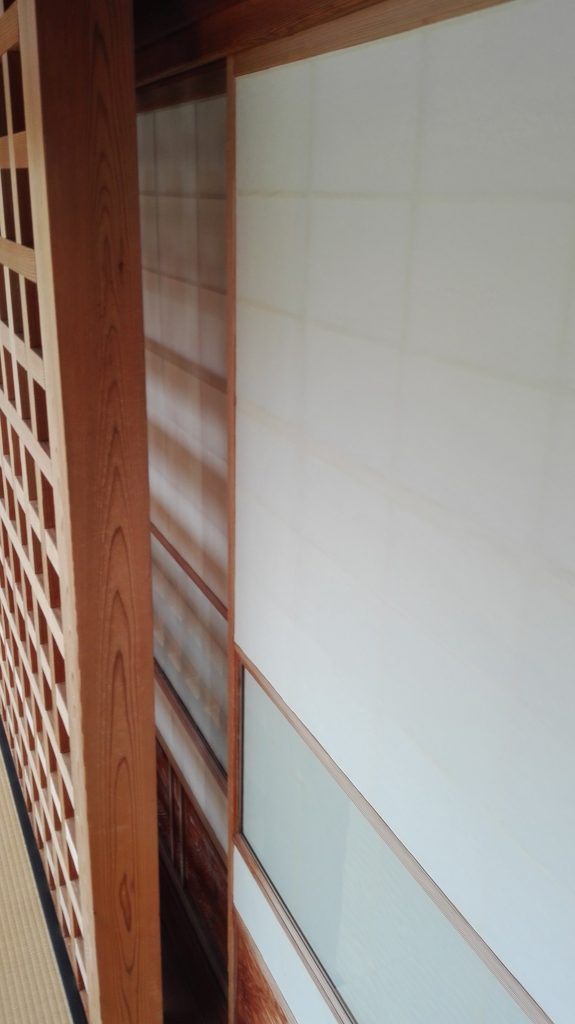

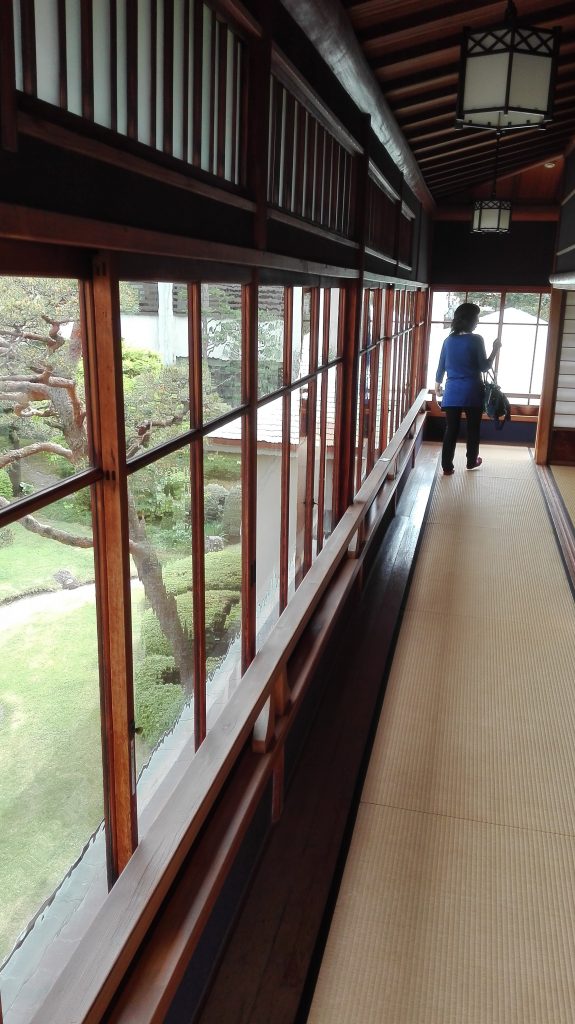
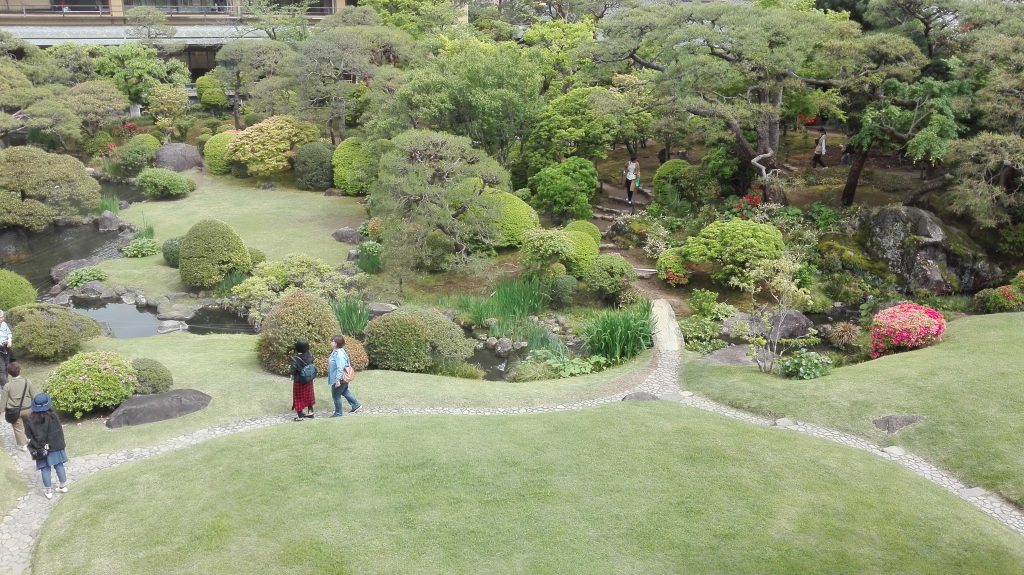


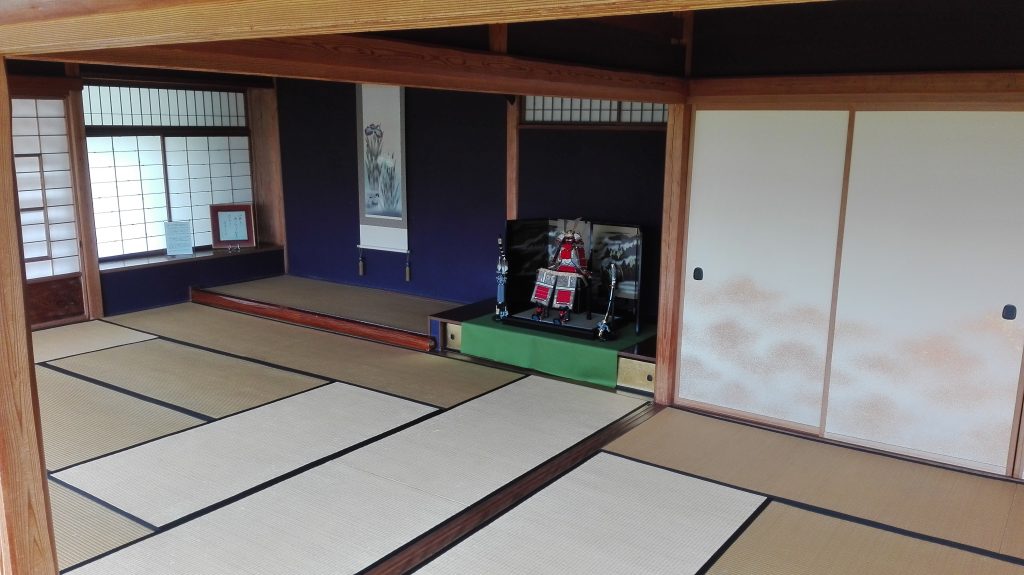




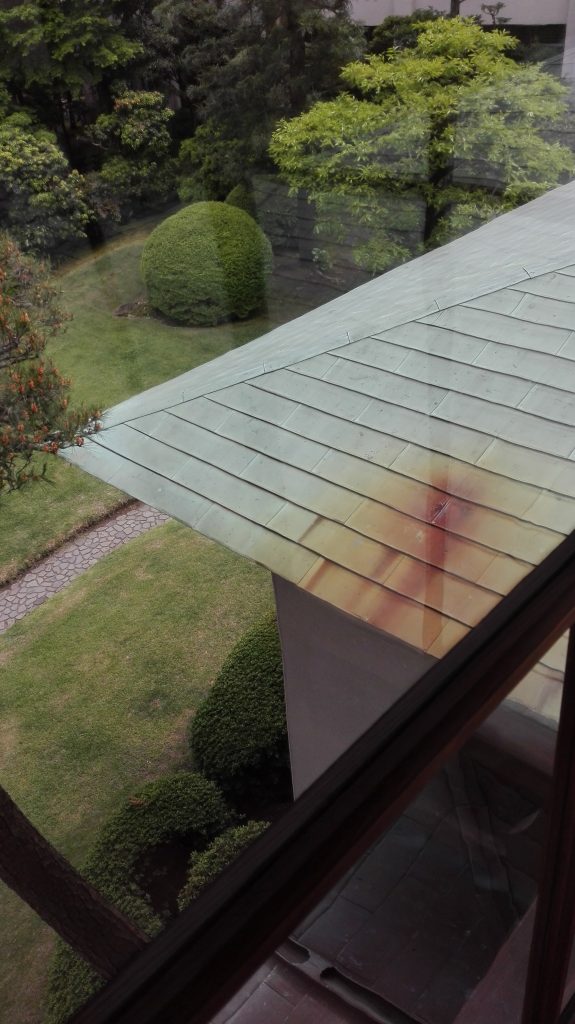
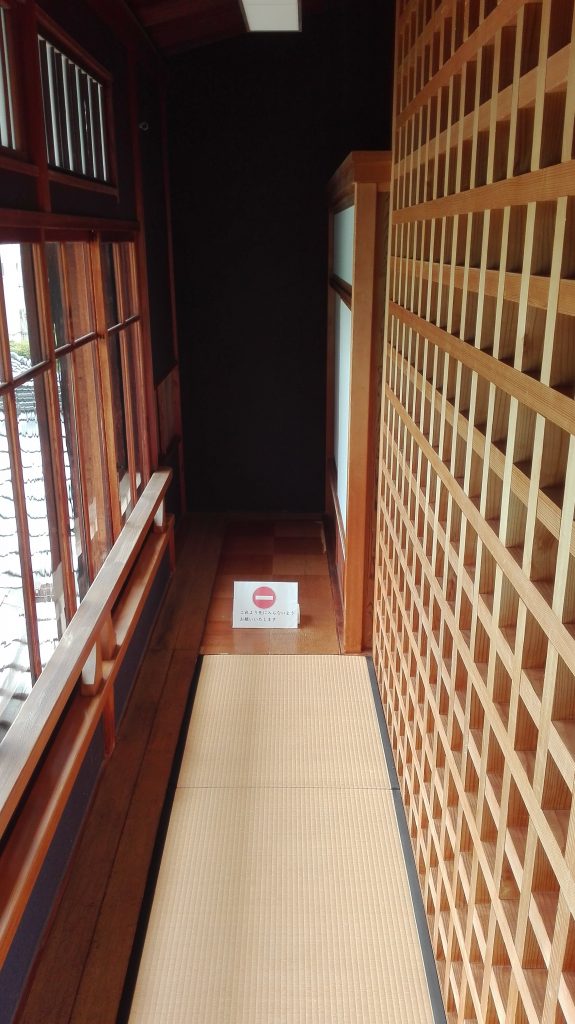
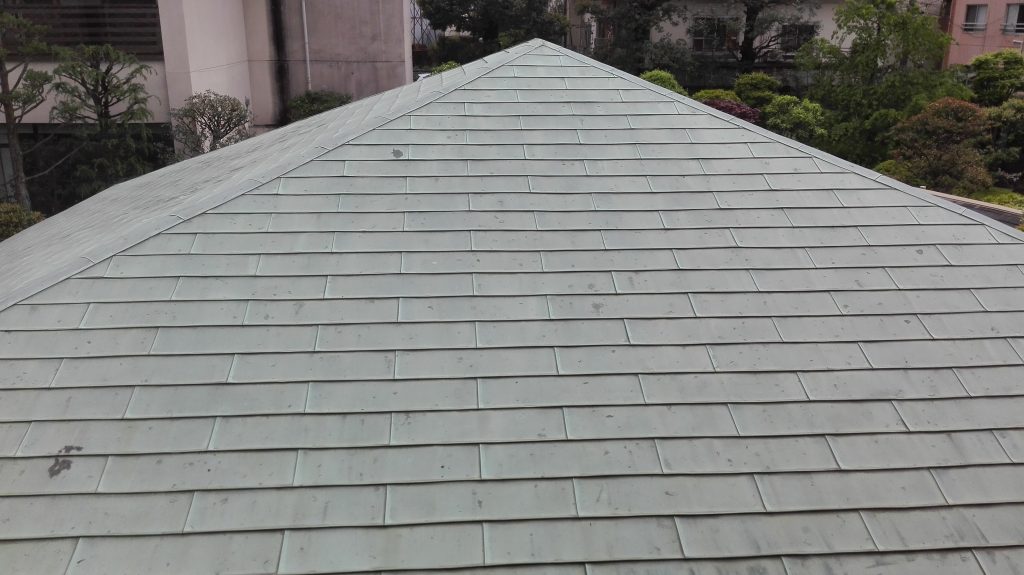
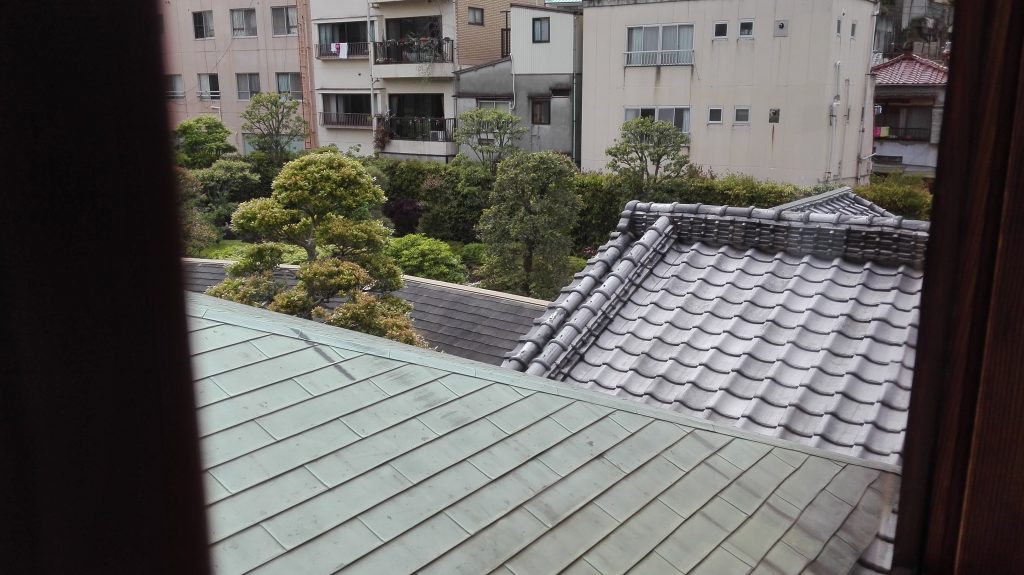
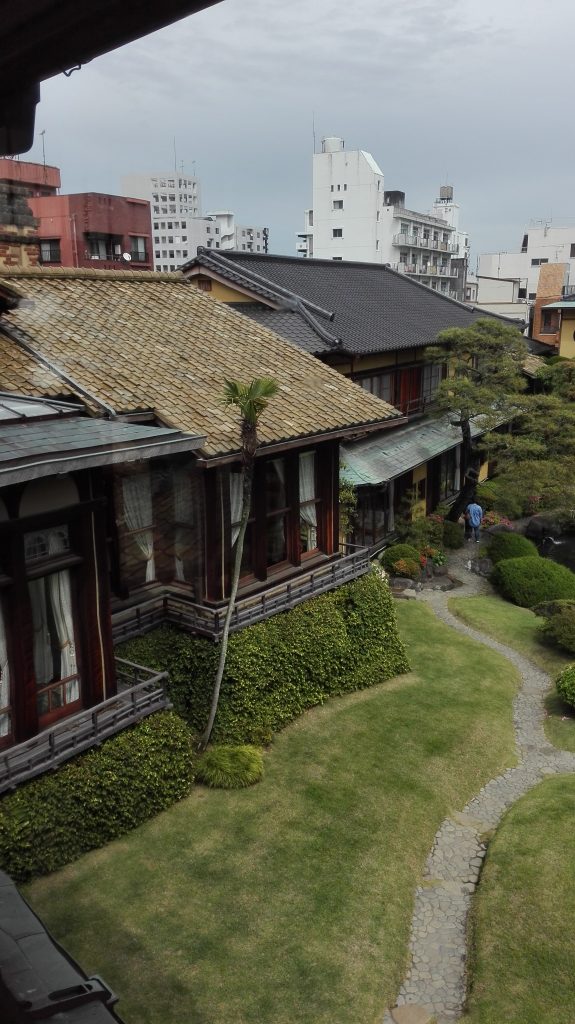

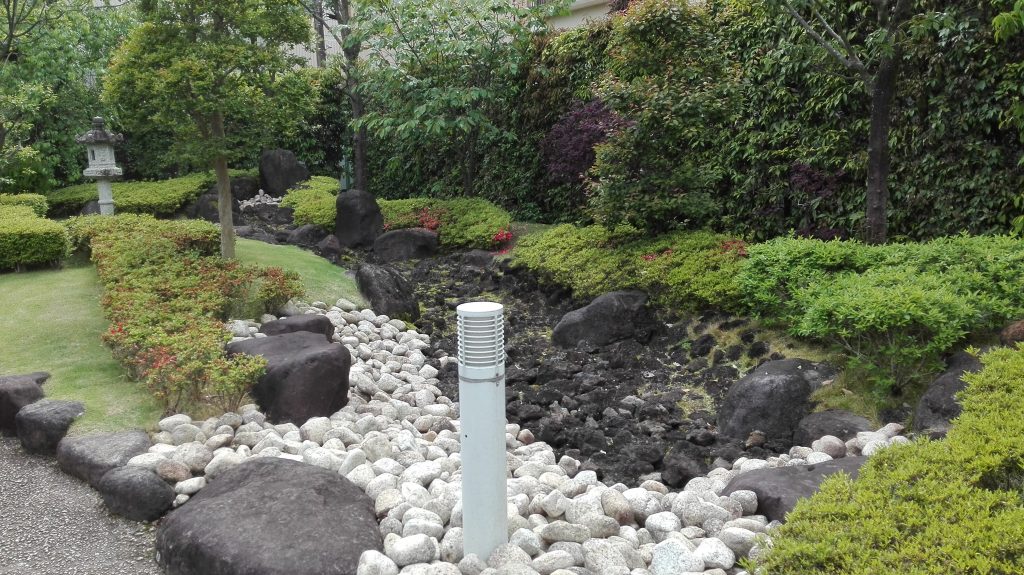
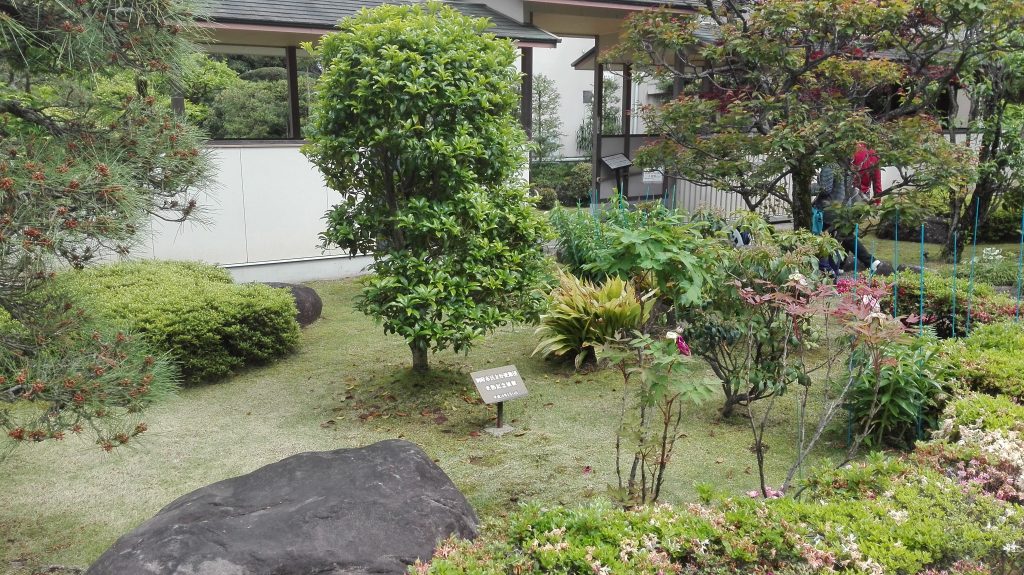
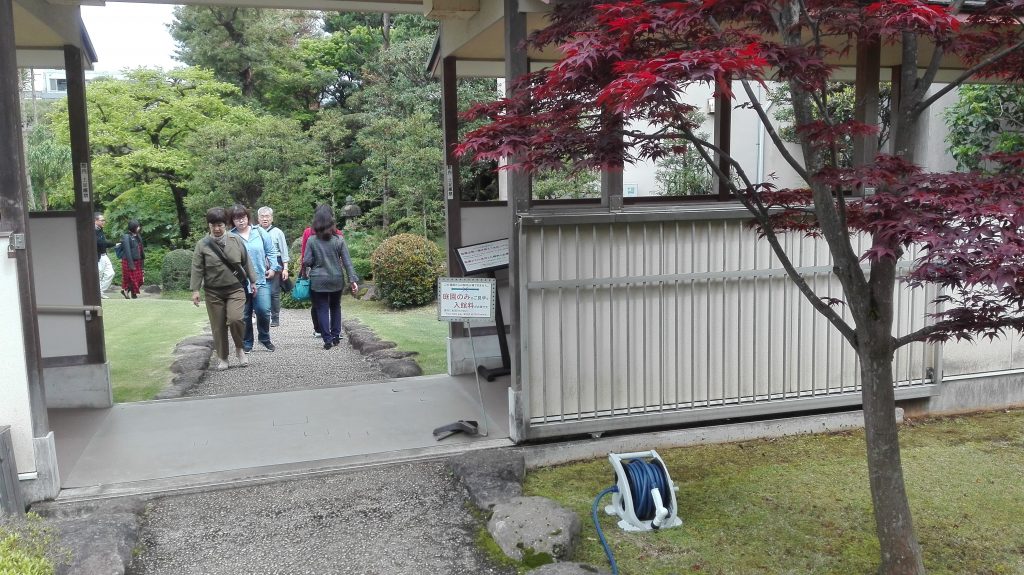
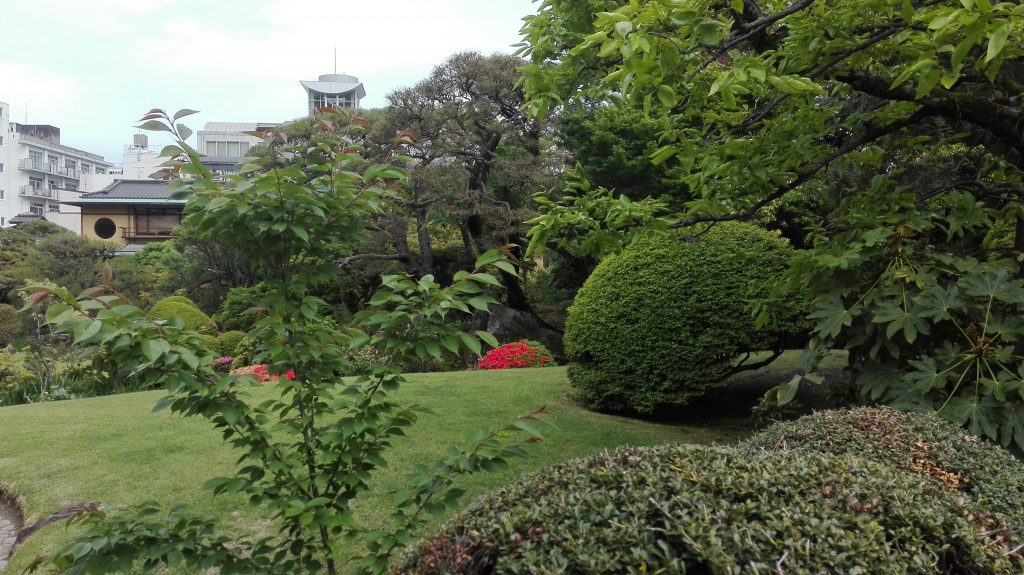

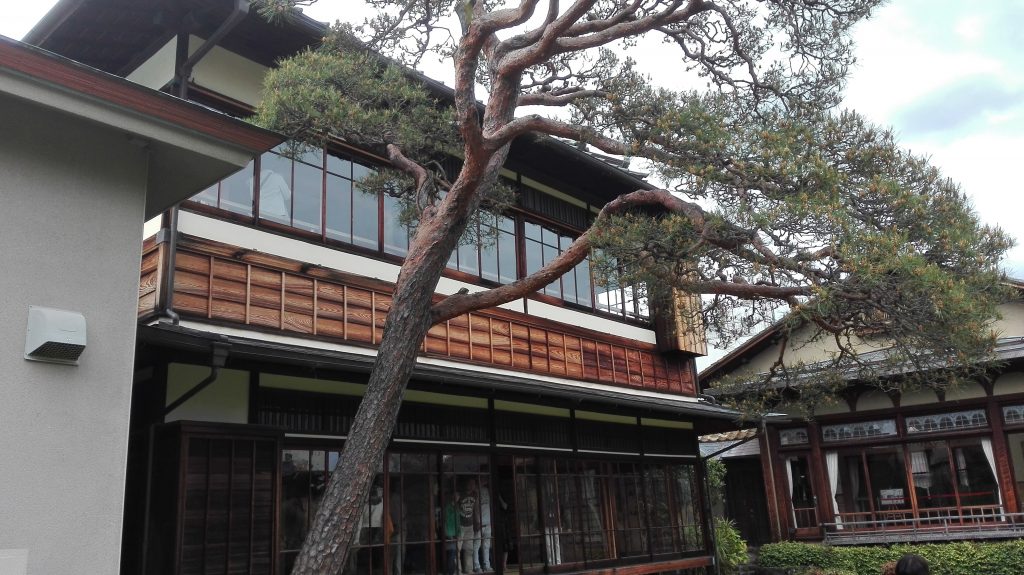


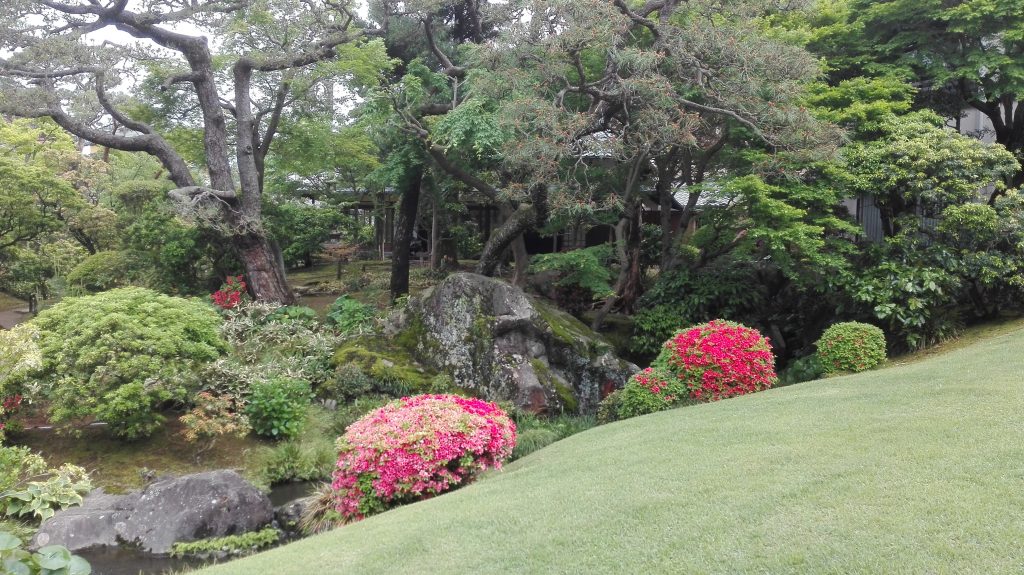

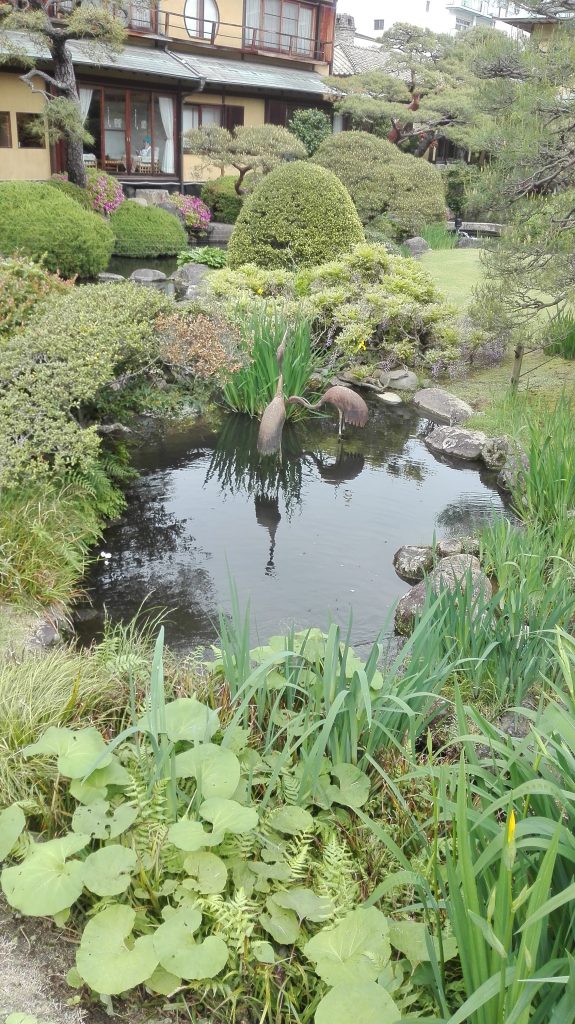
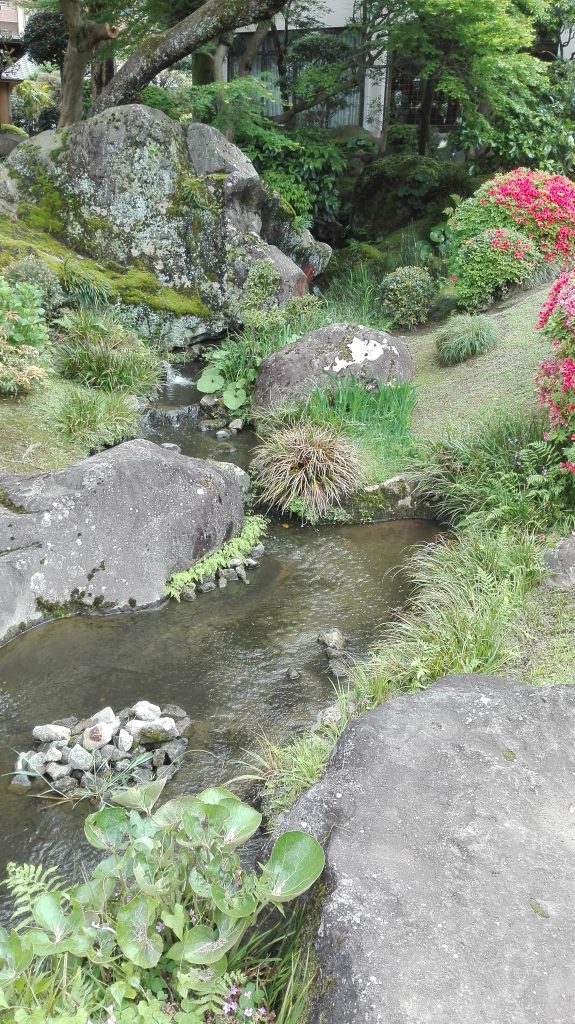
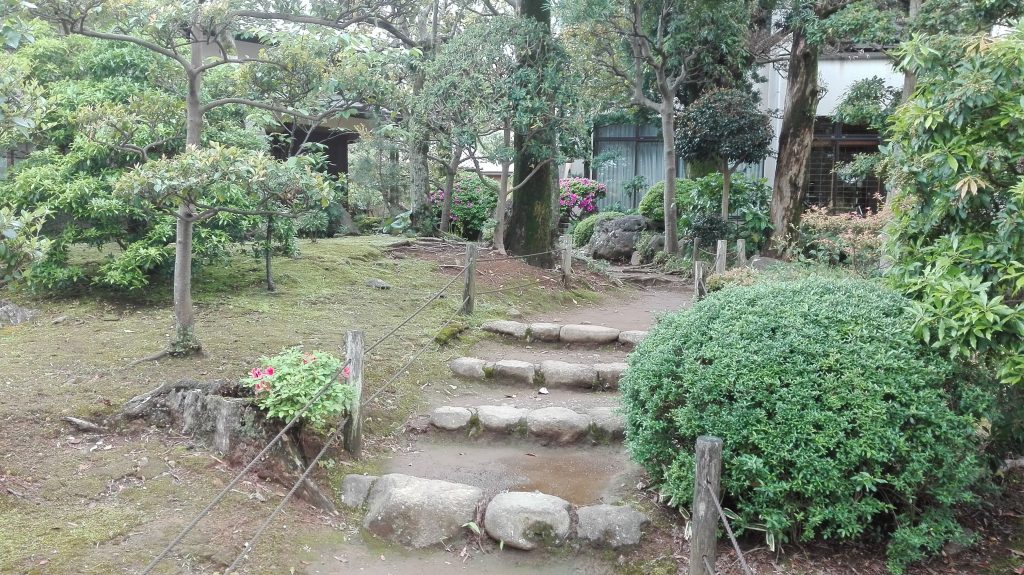




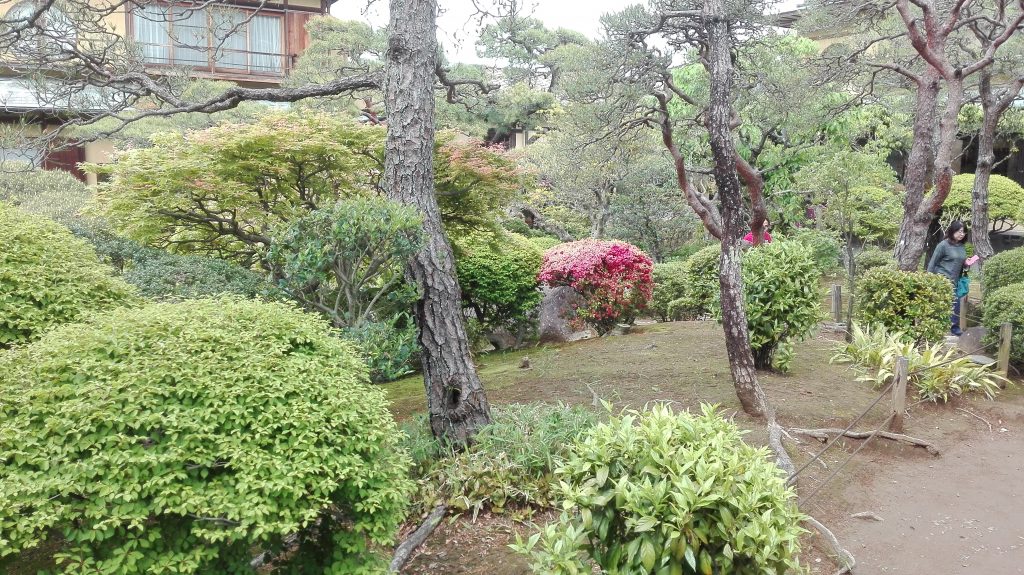
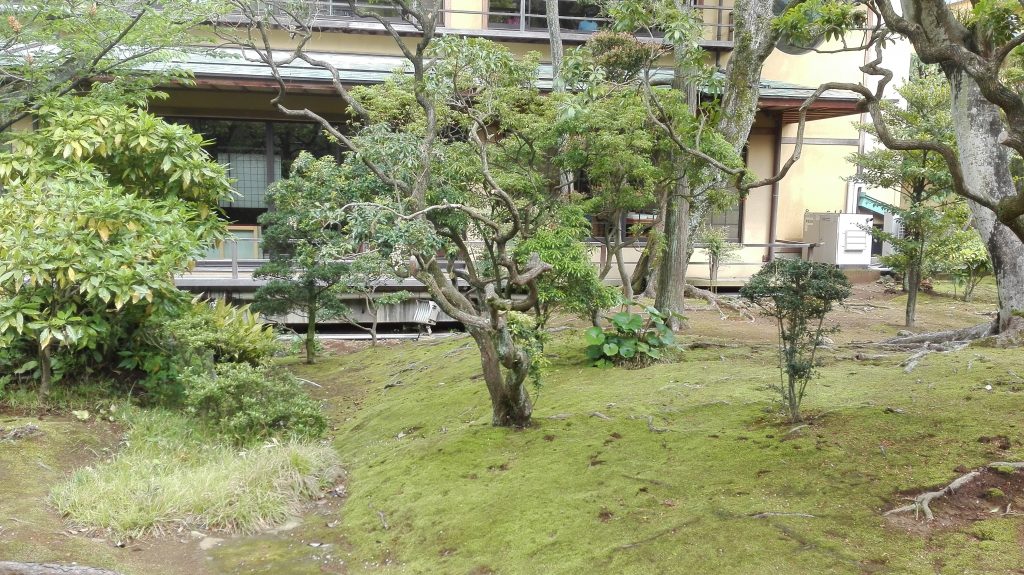

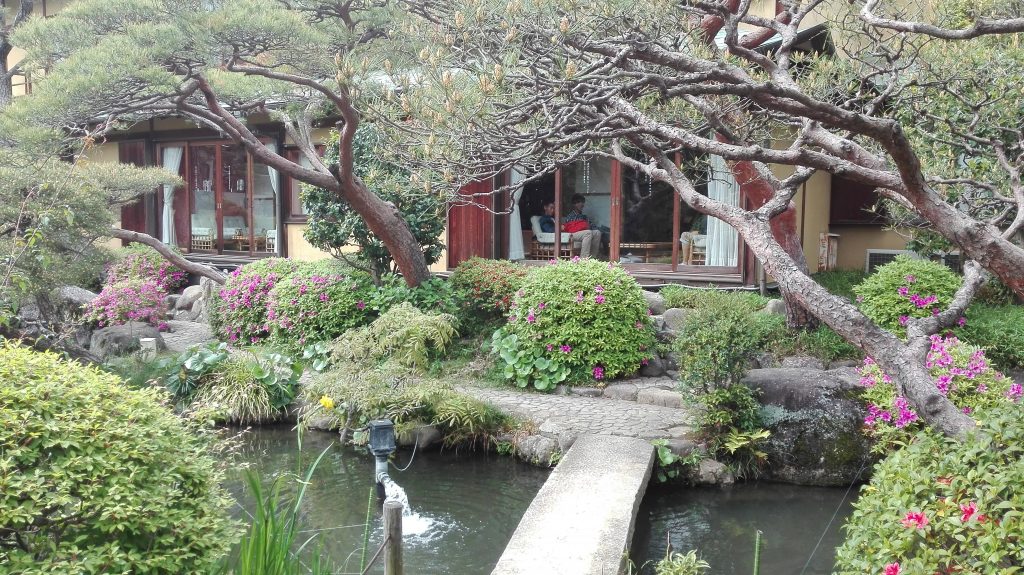
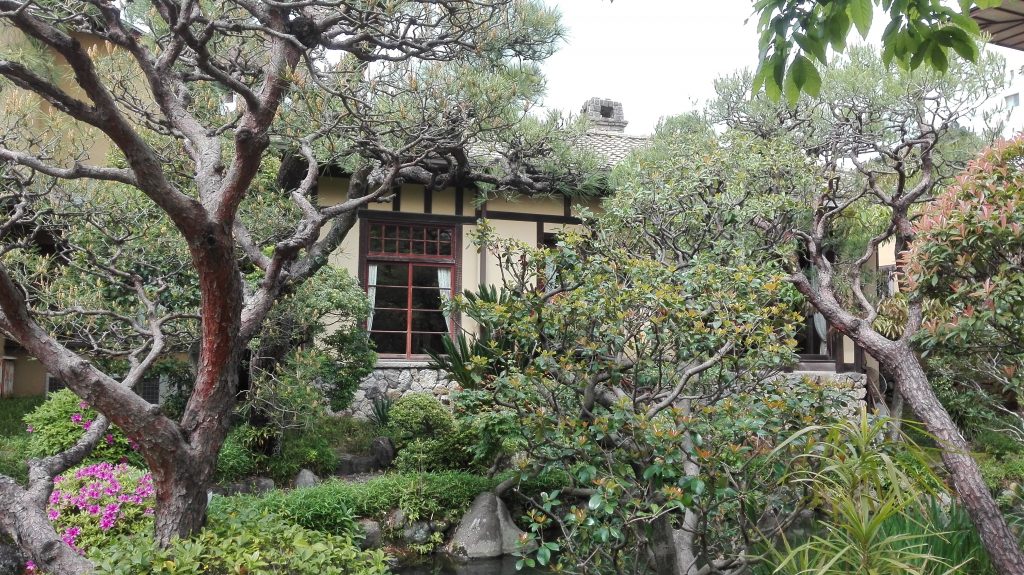

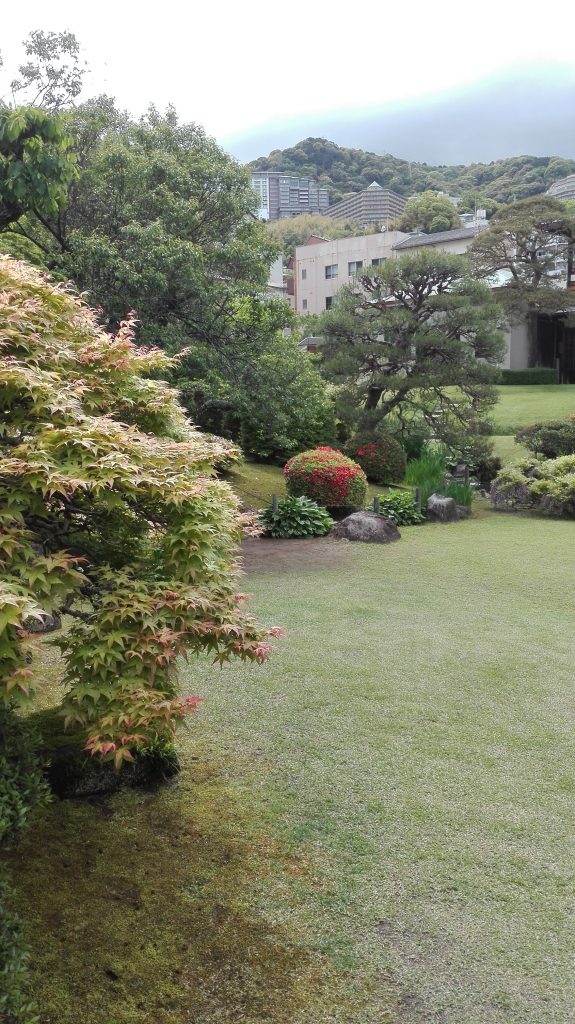
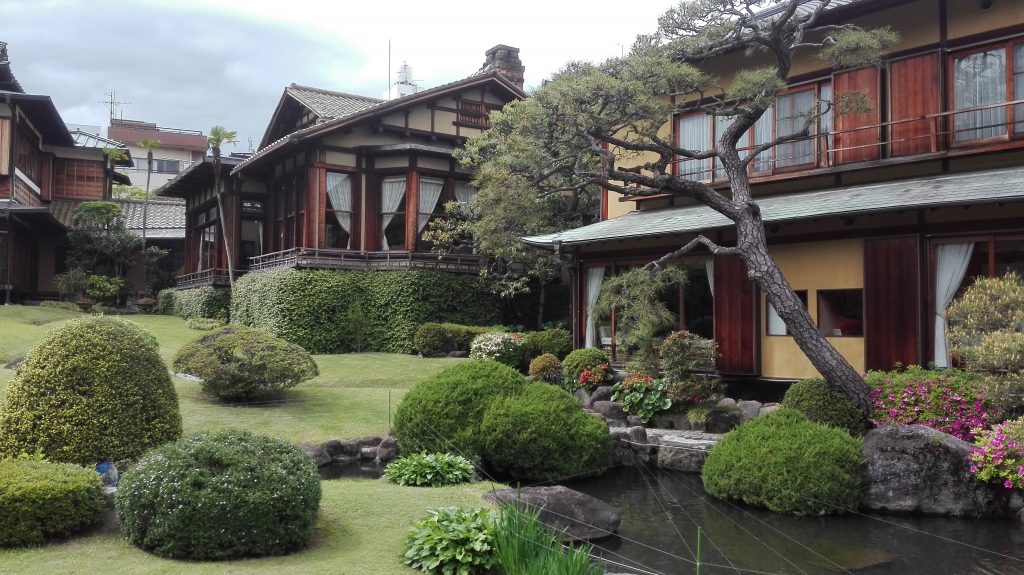


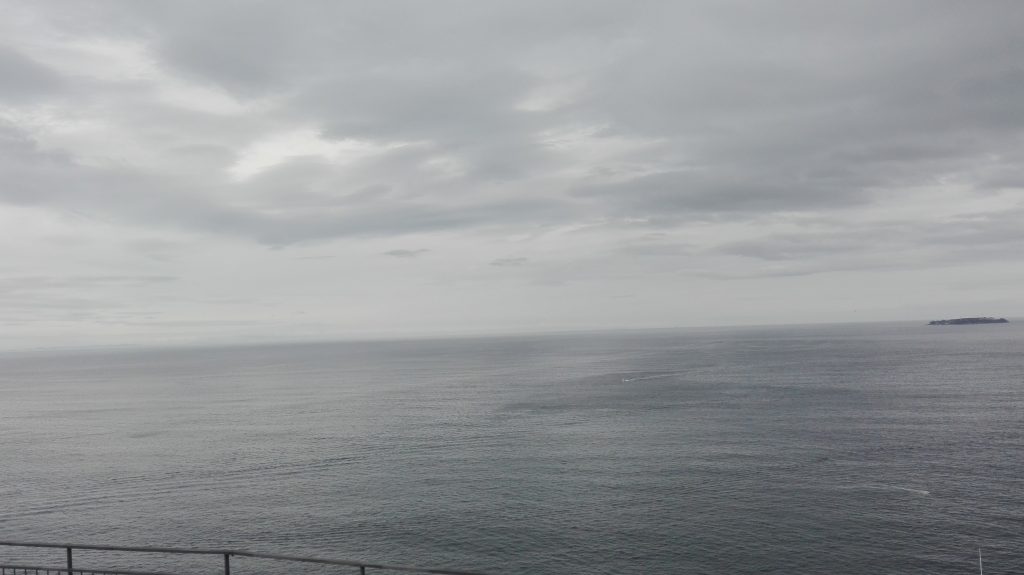
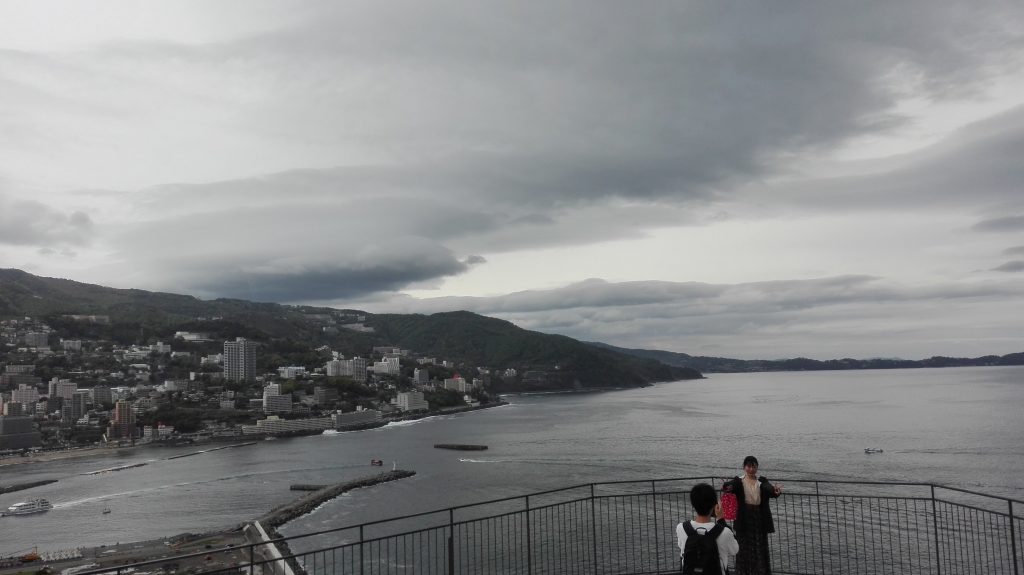

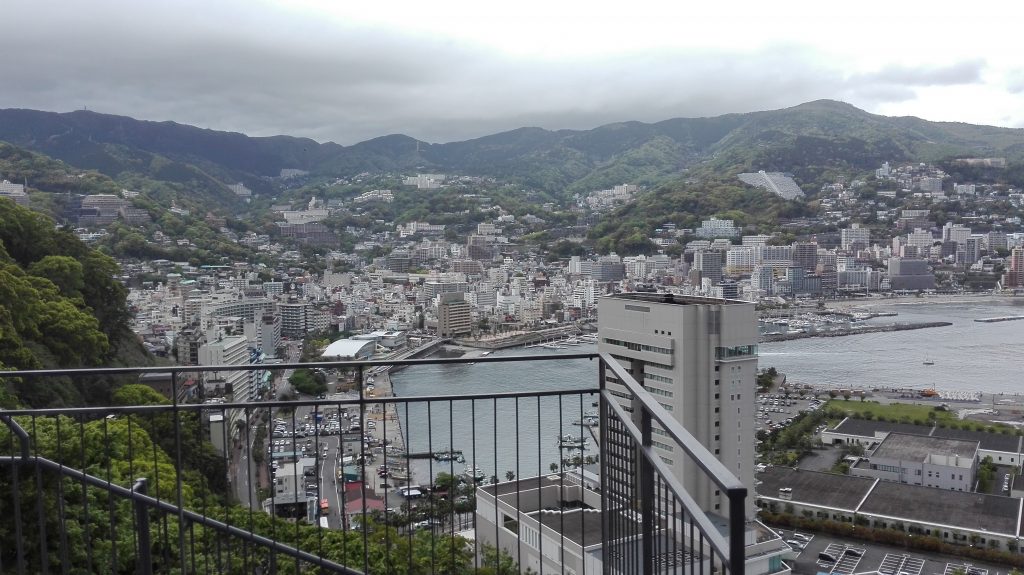
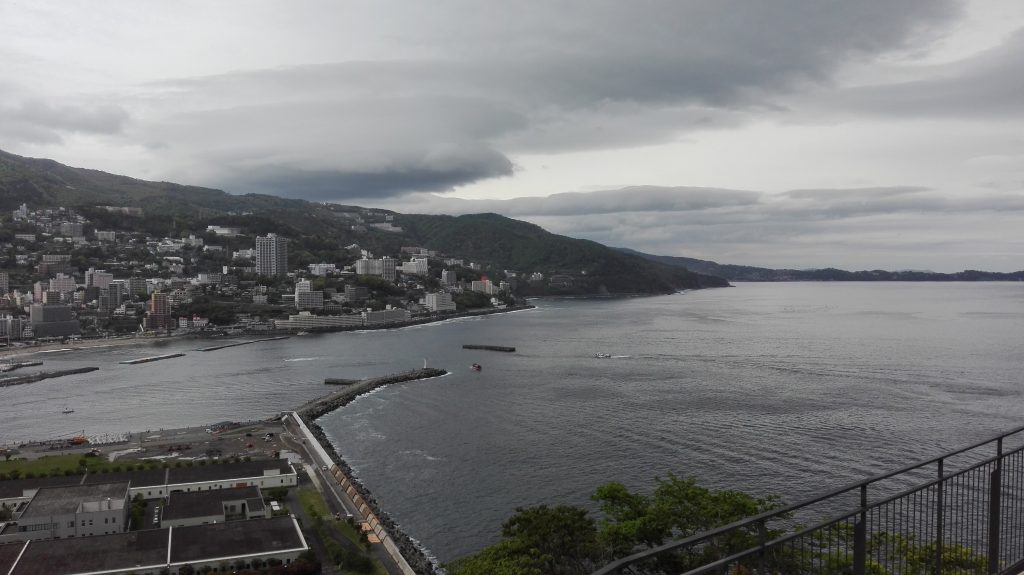
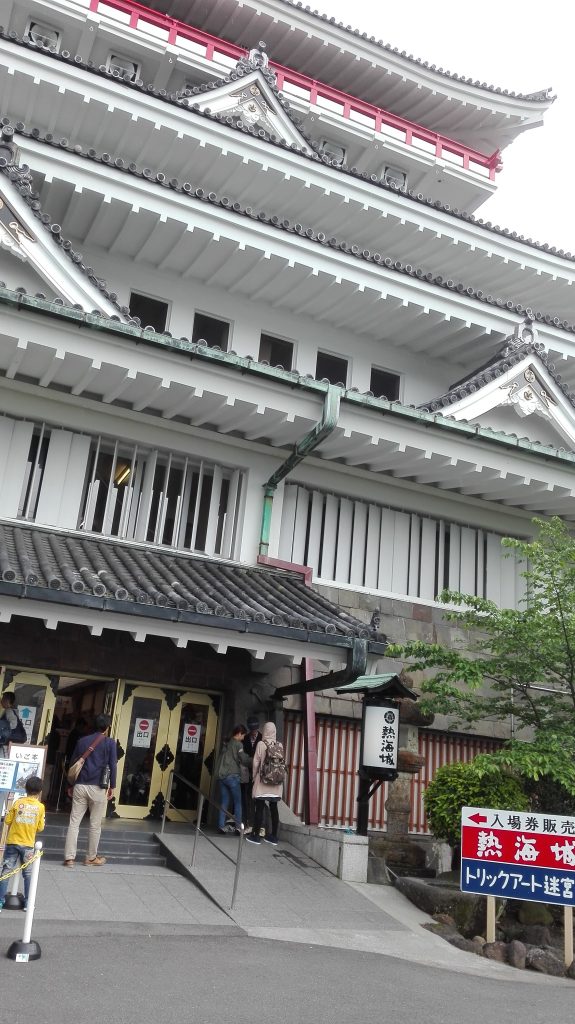



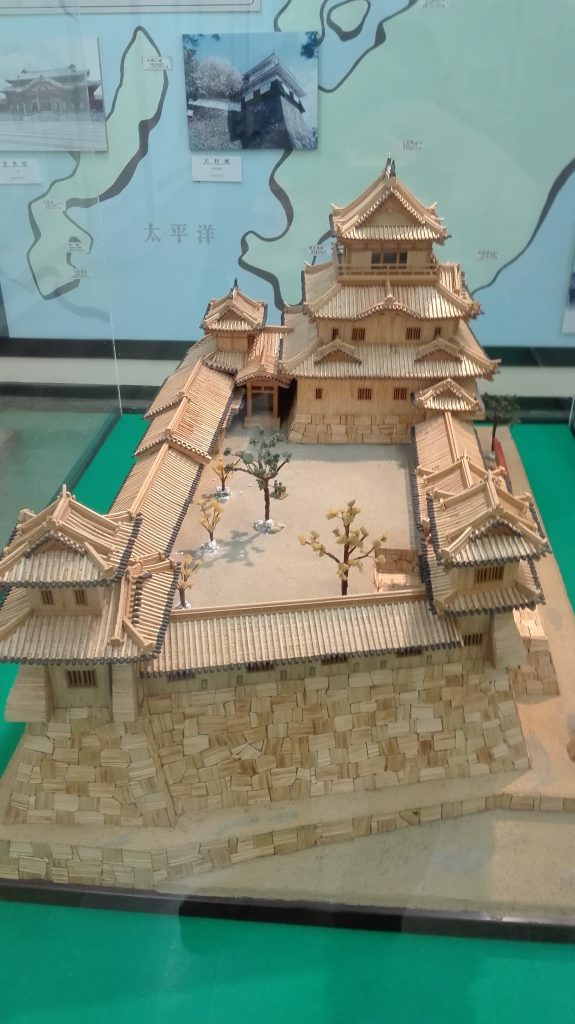




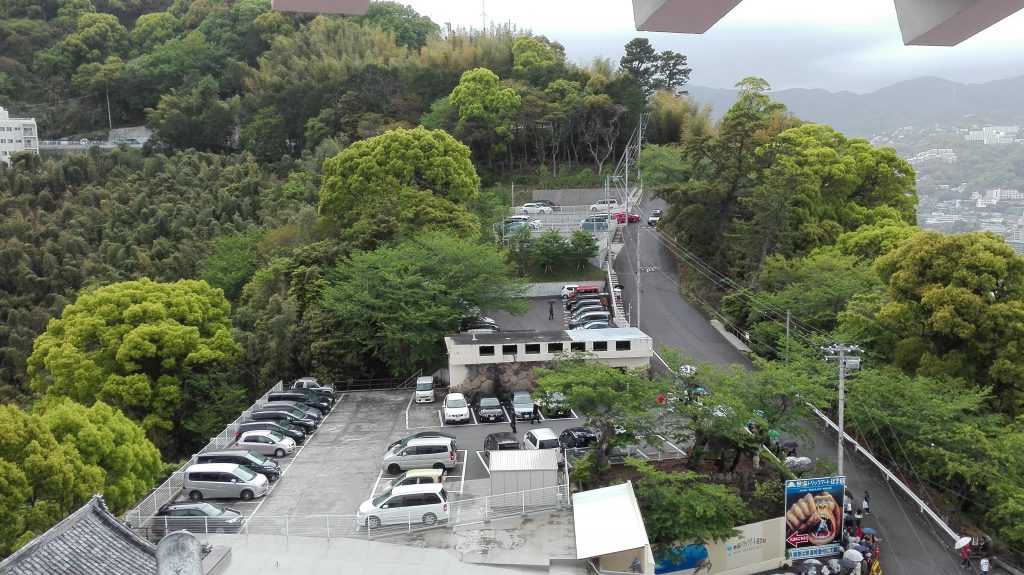

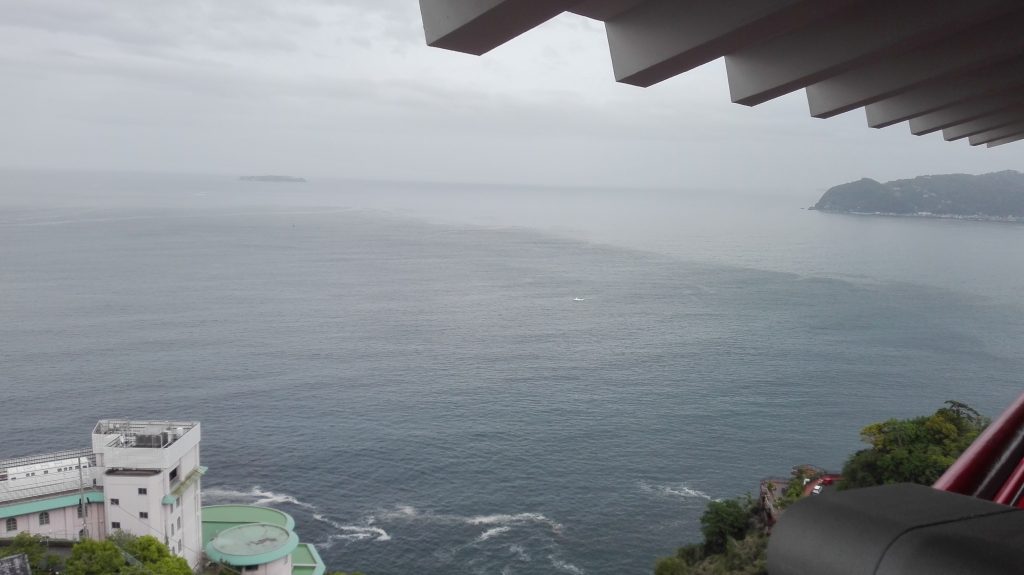
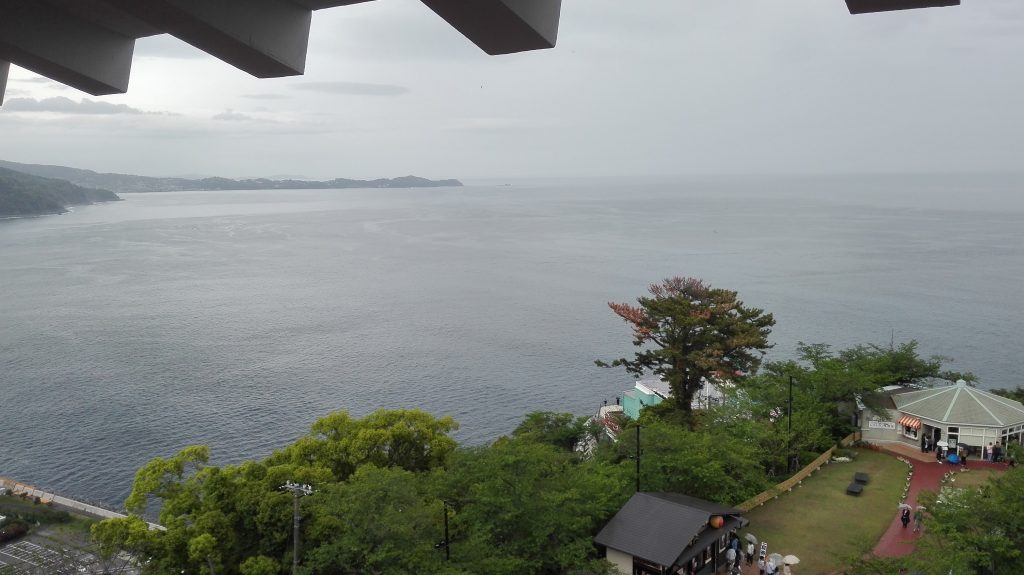
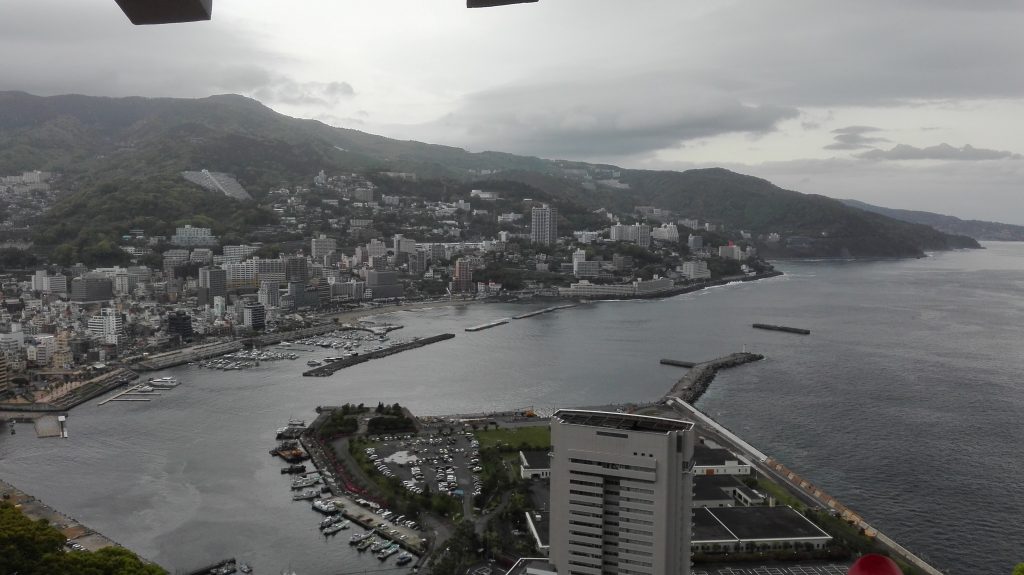
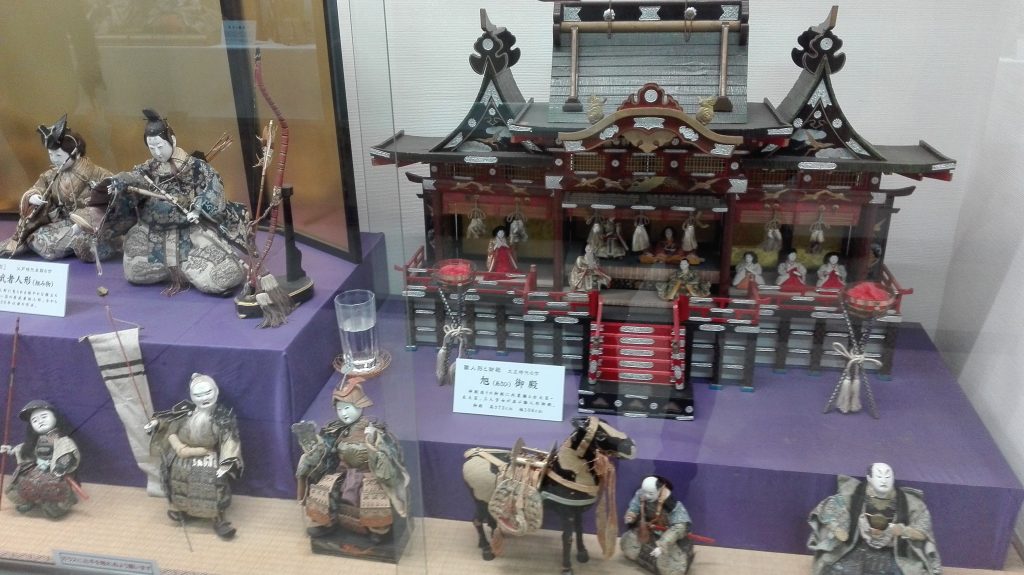
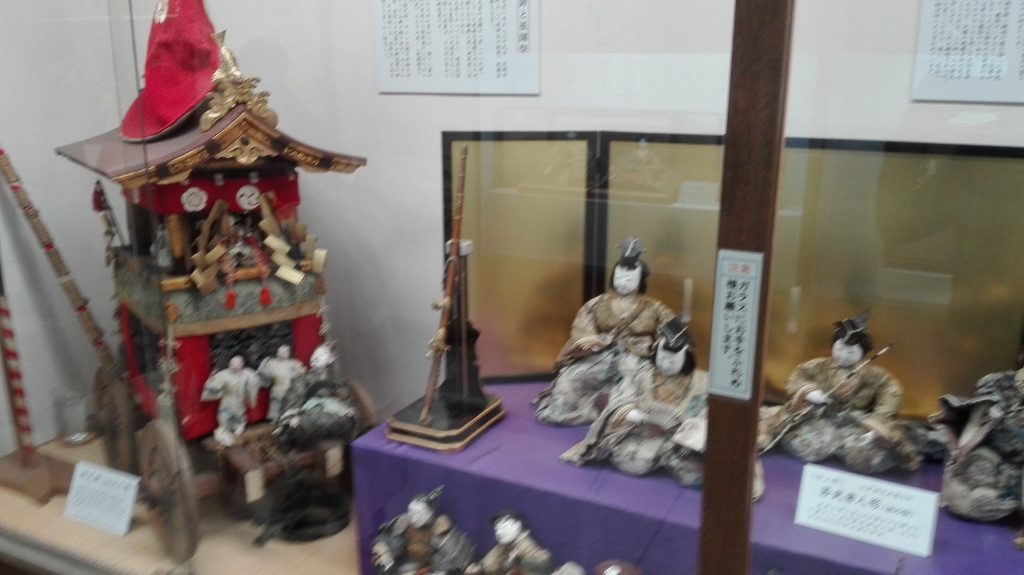



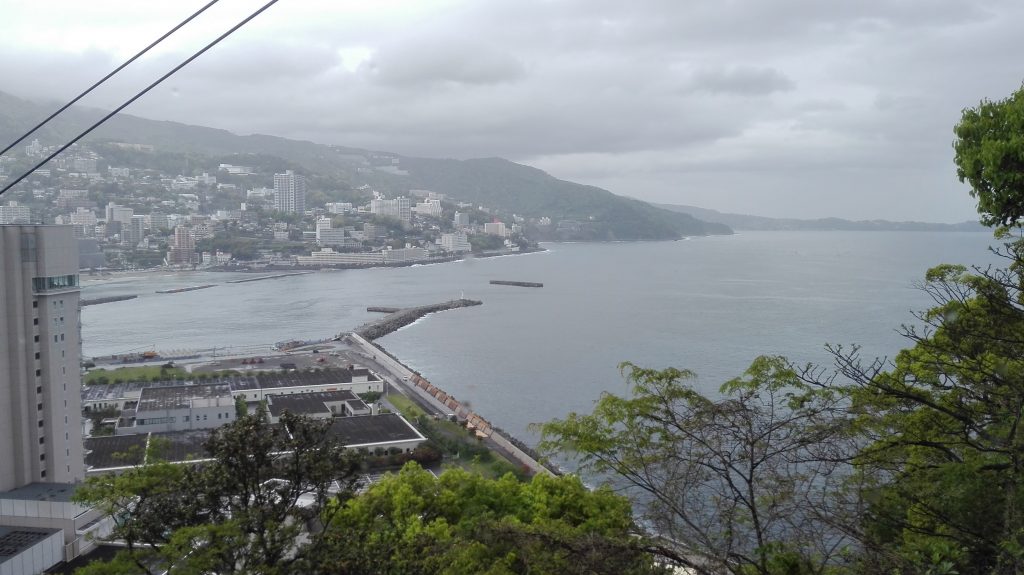
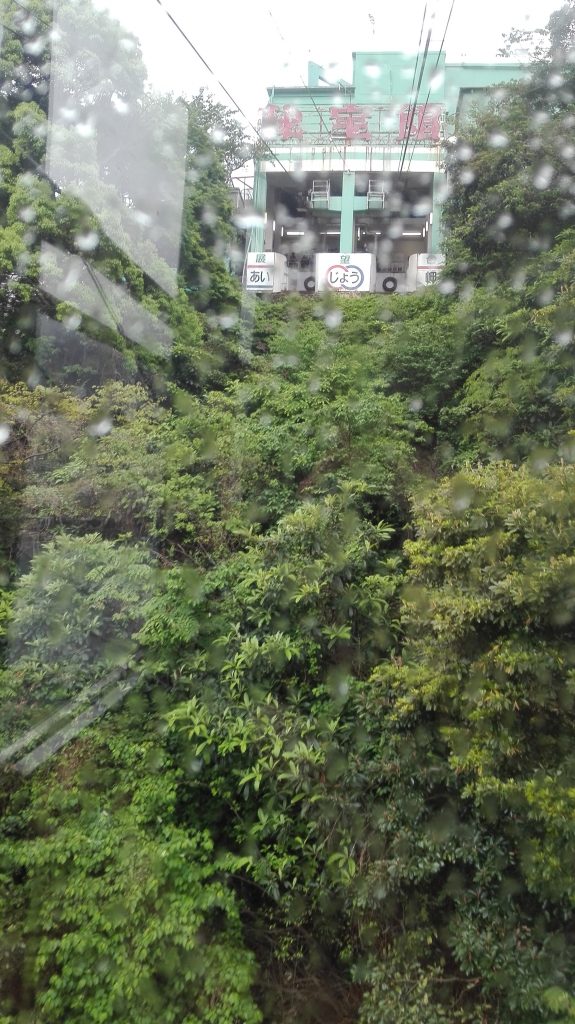
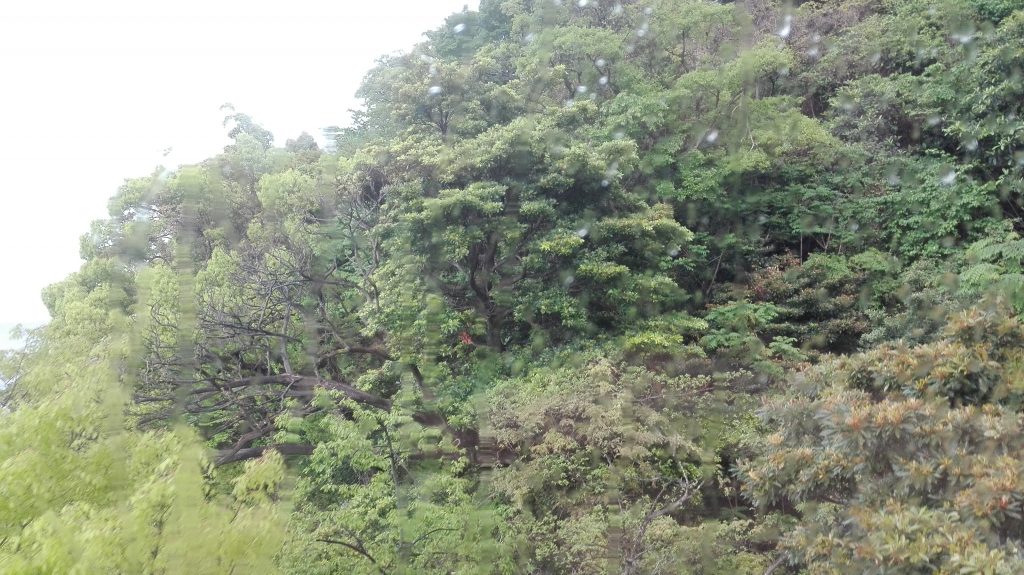
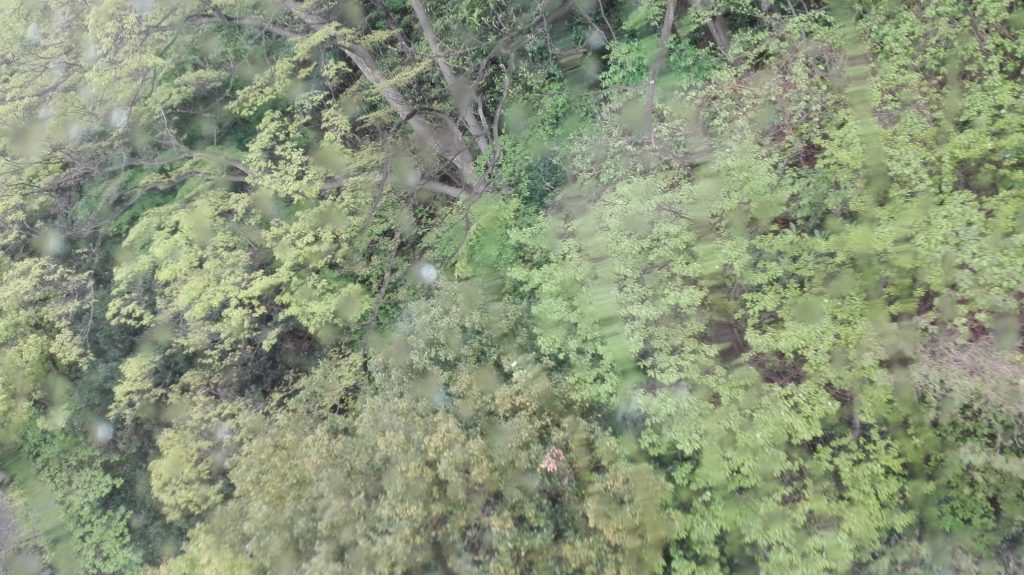
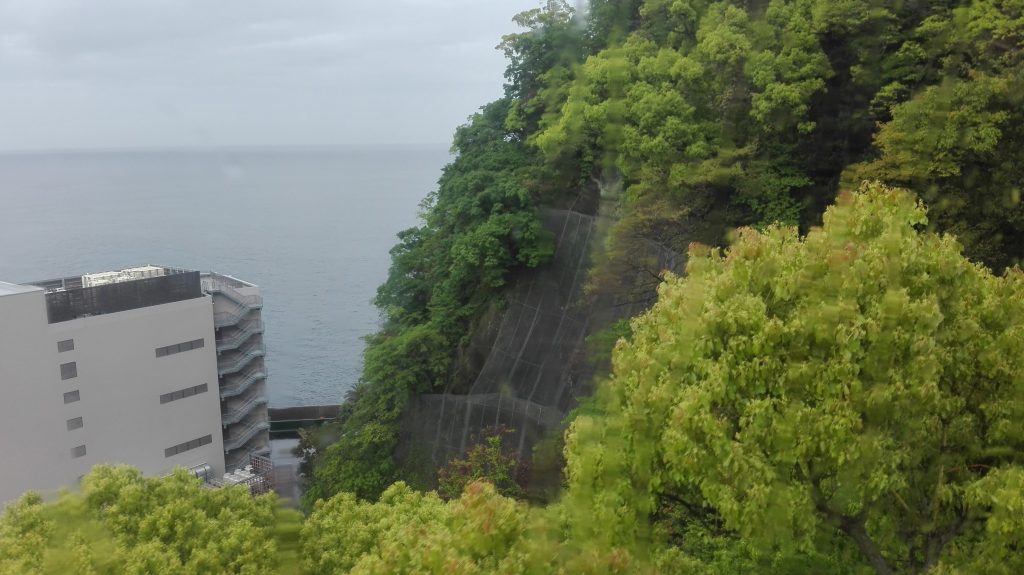
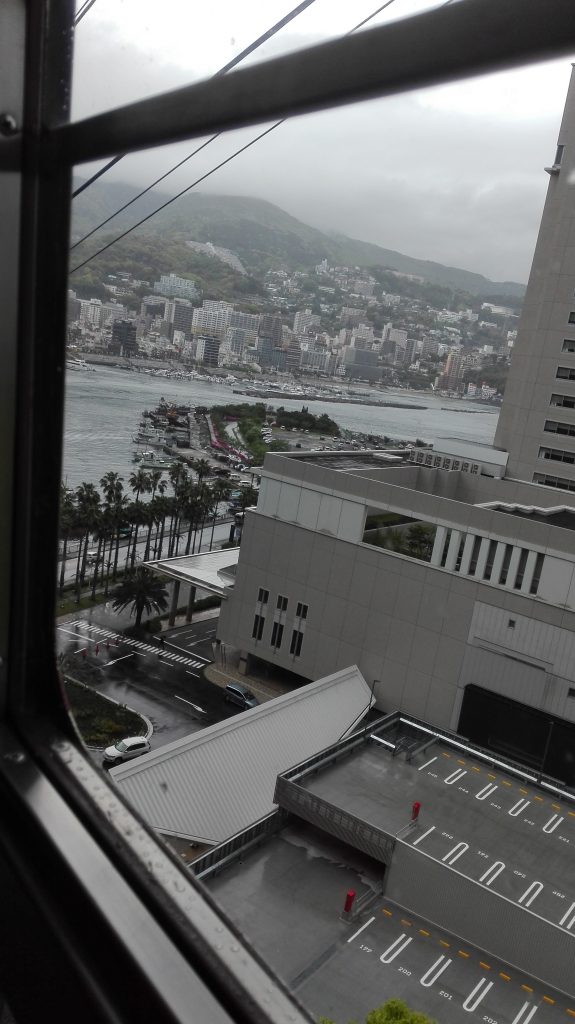
No Comments